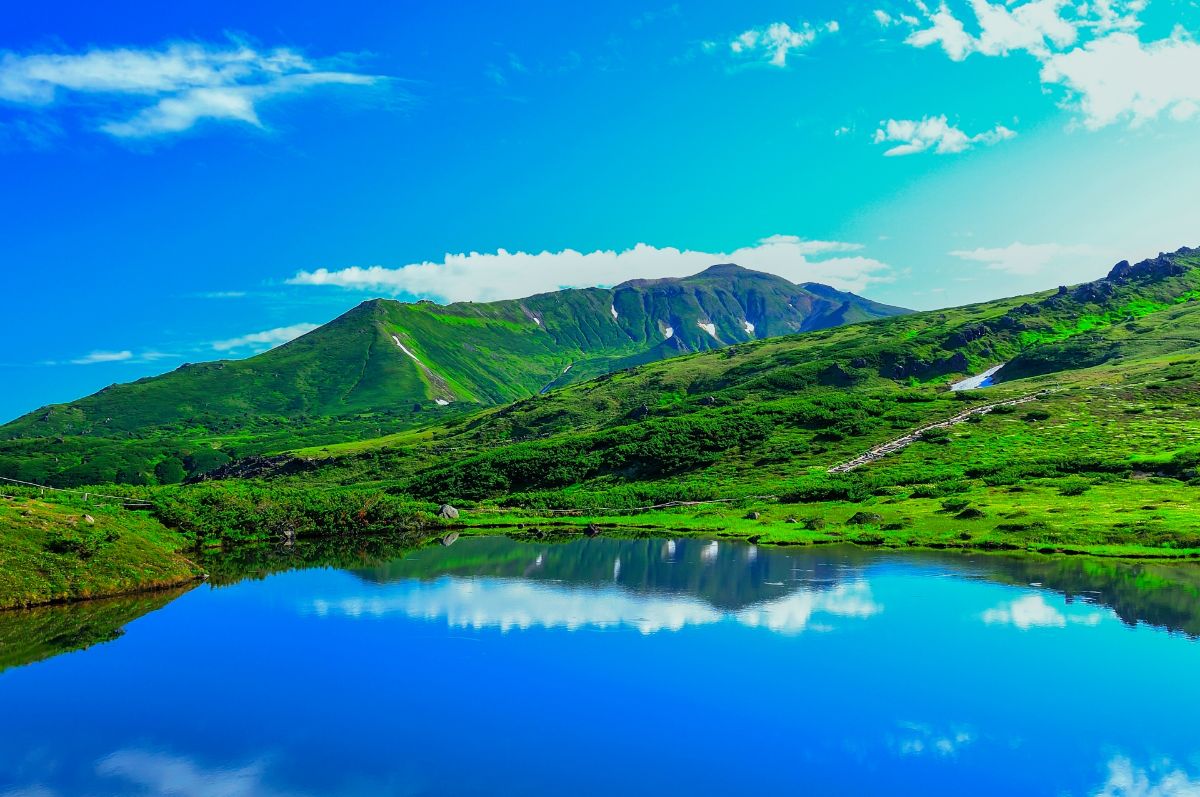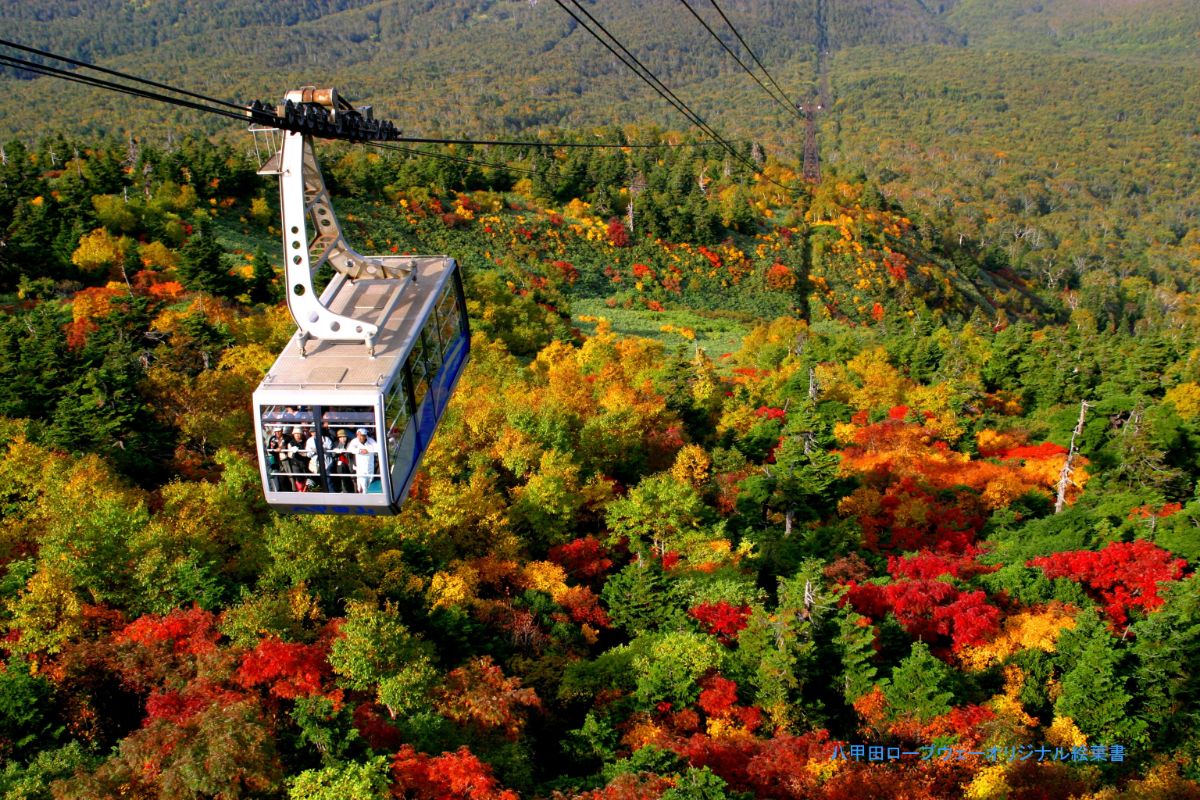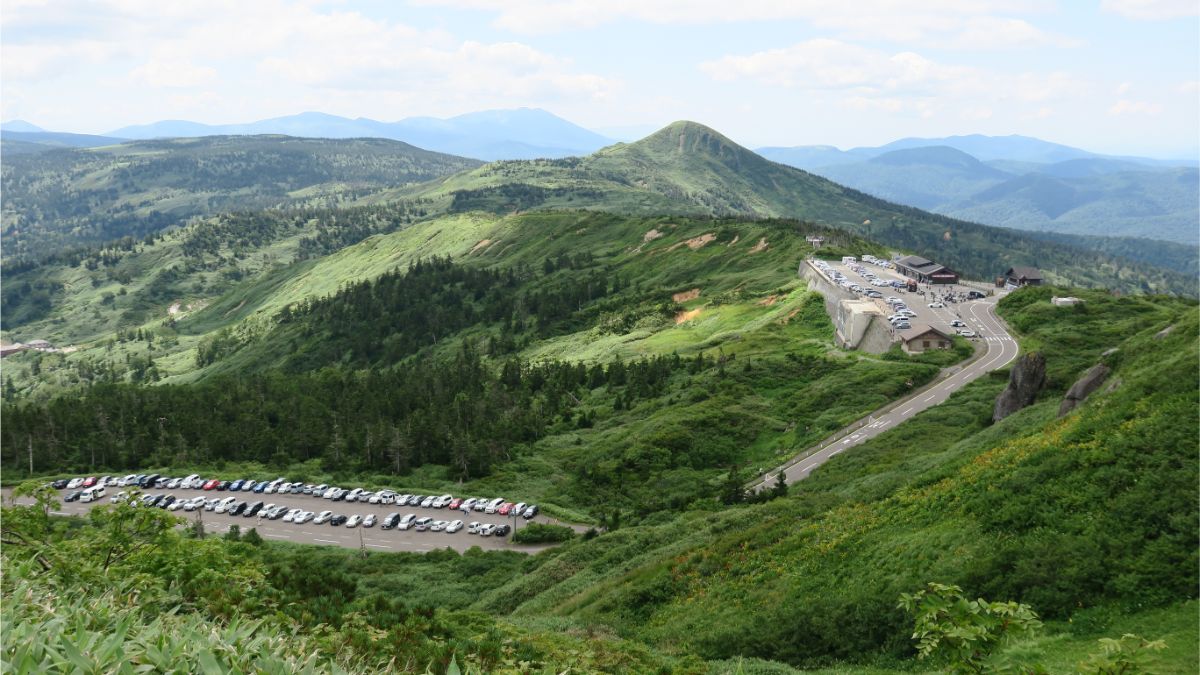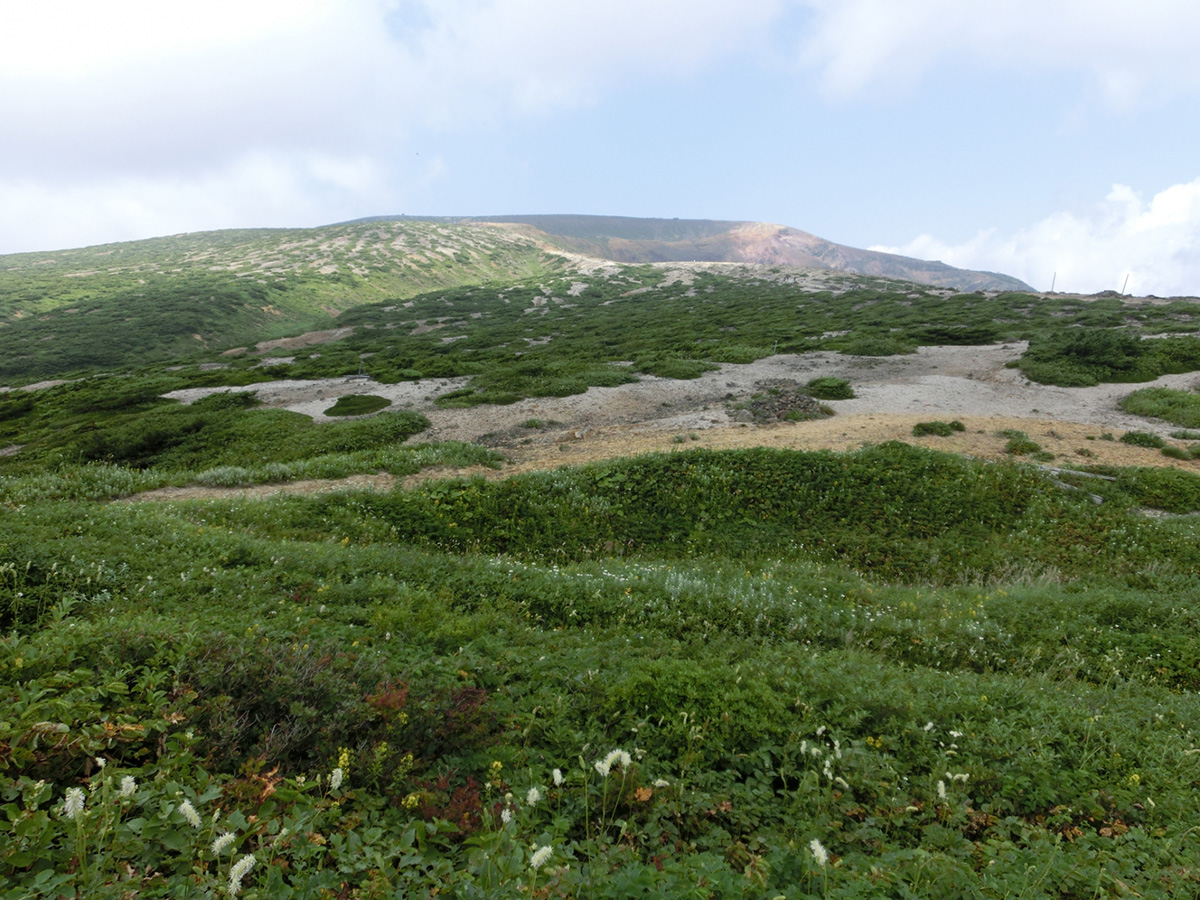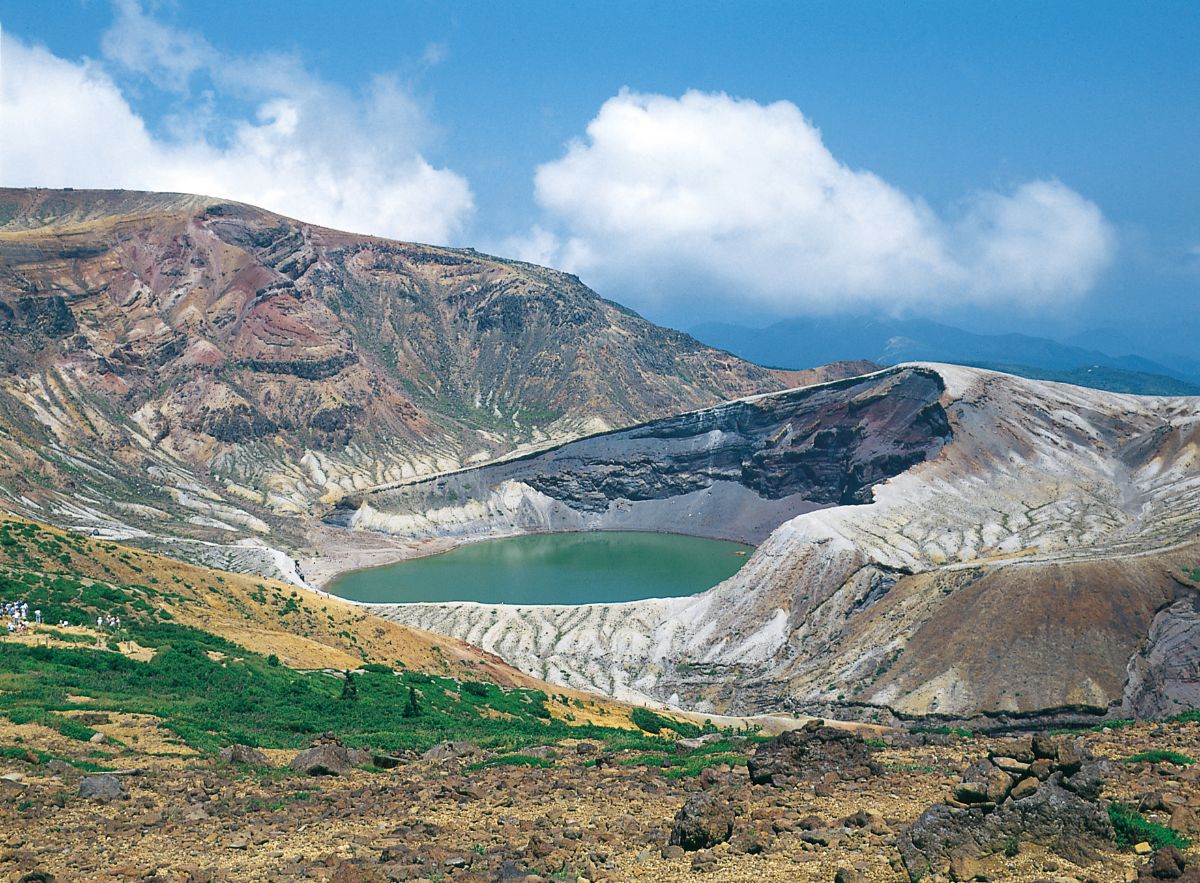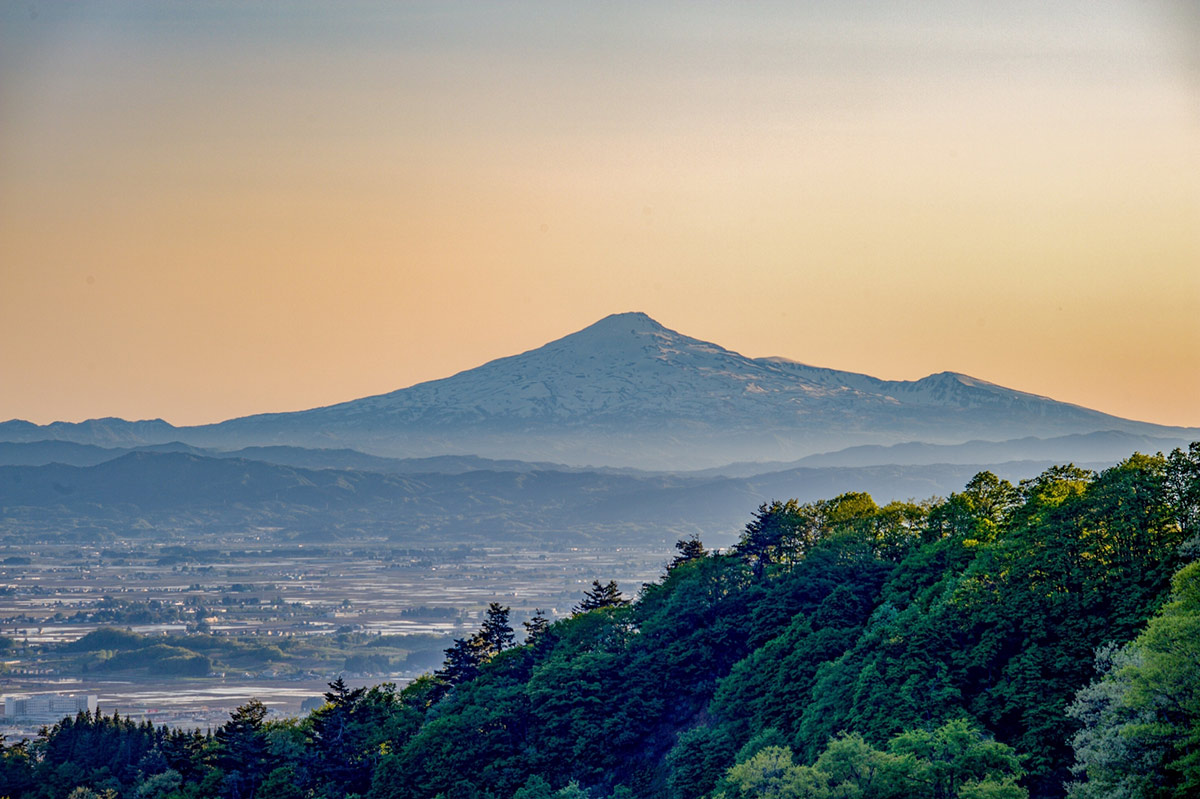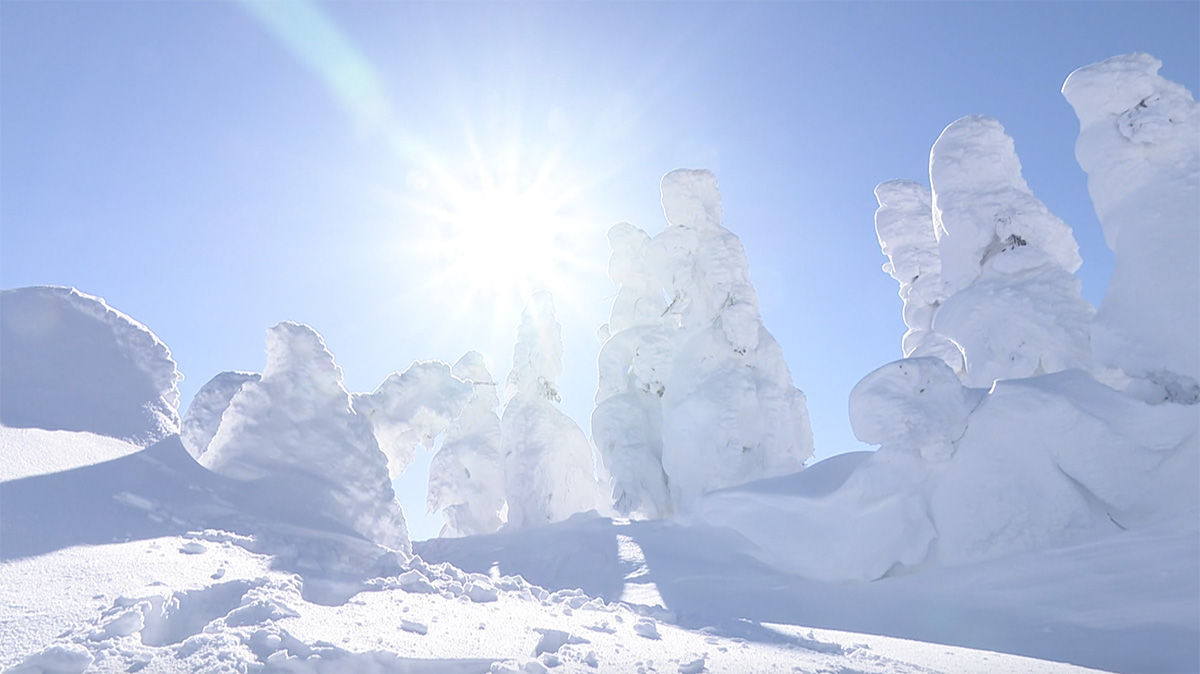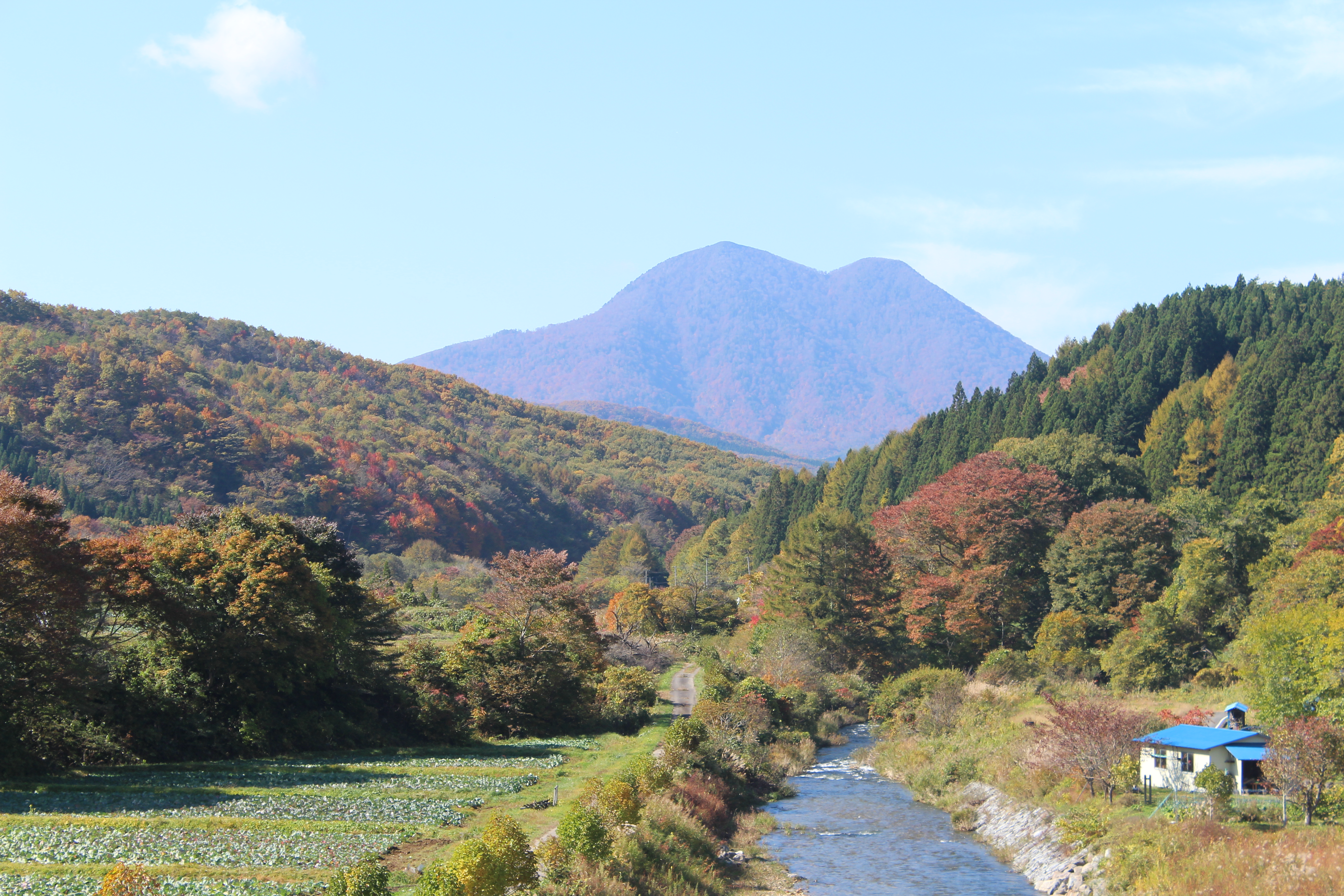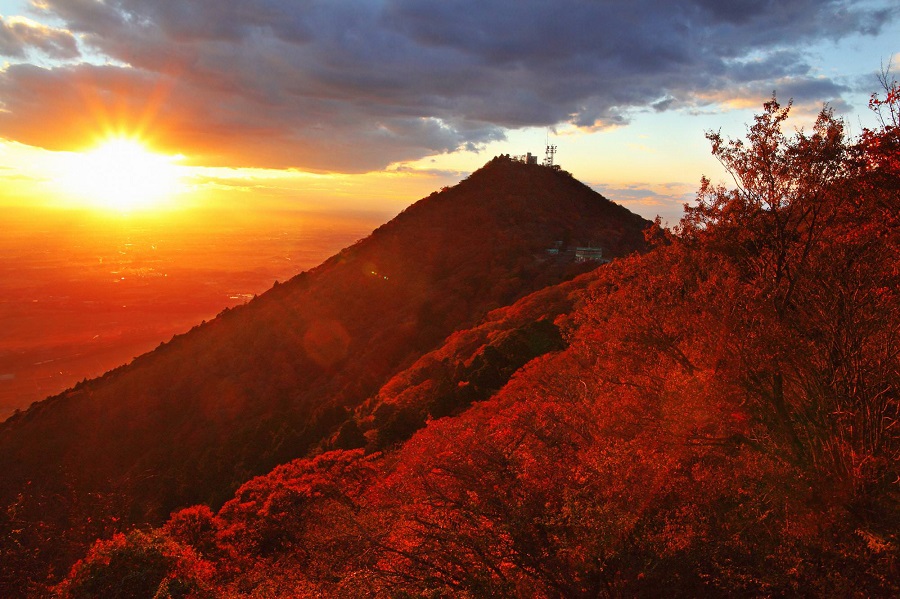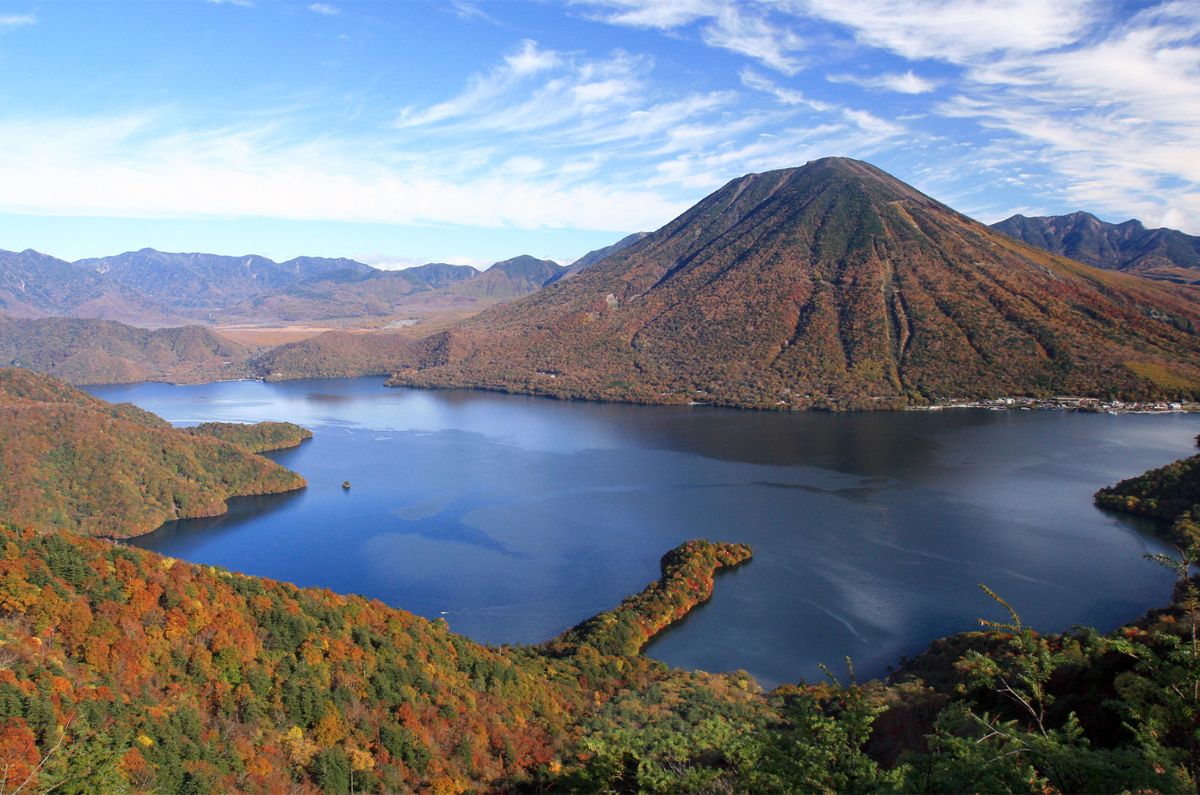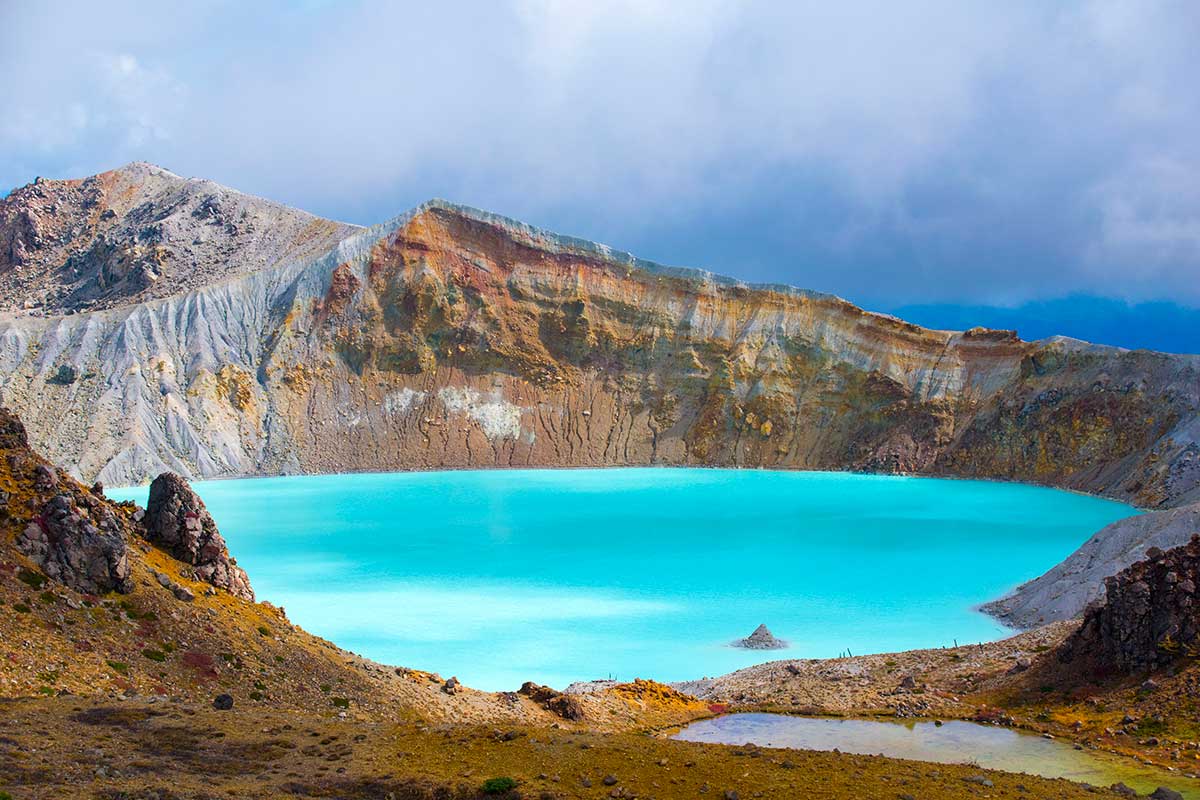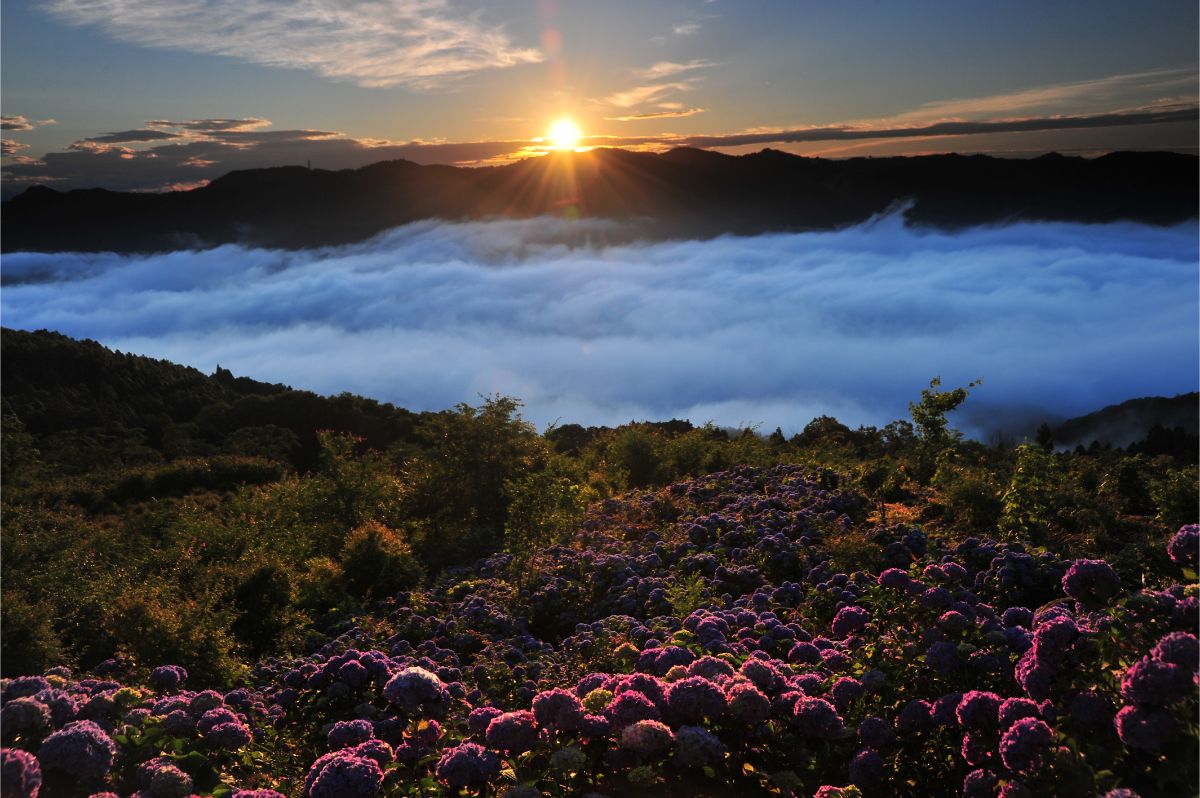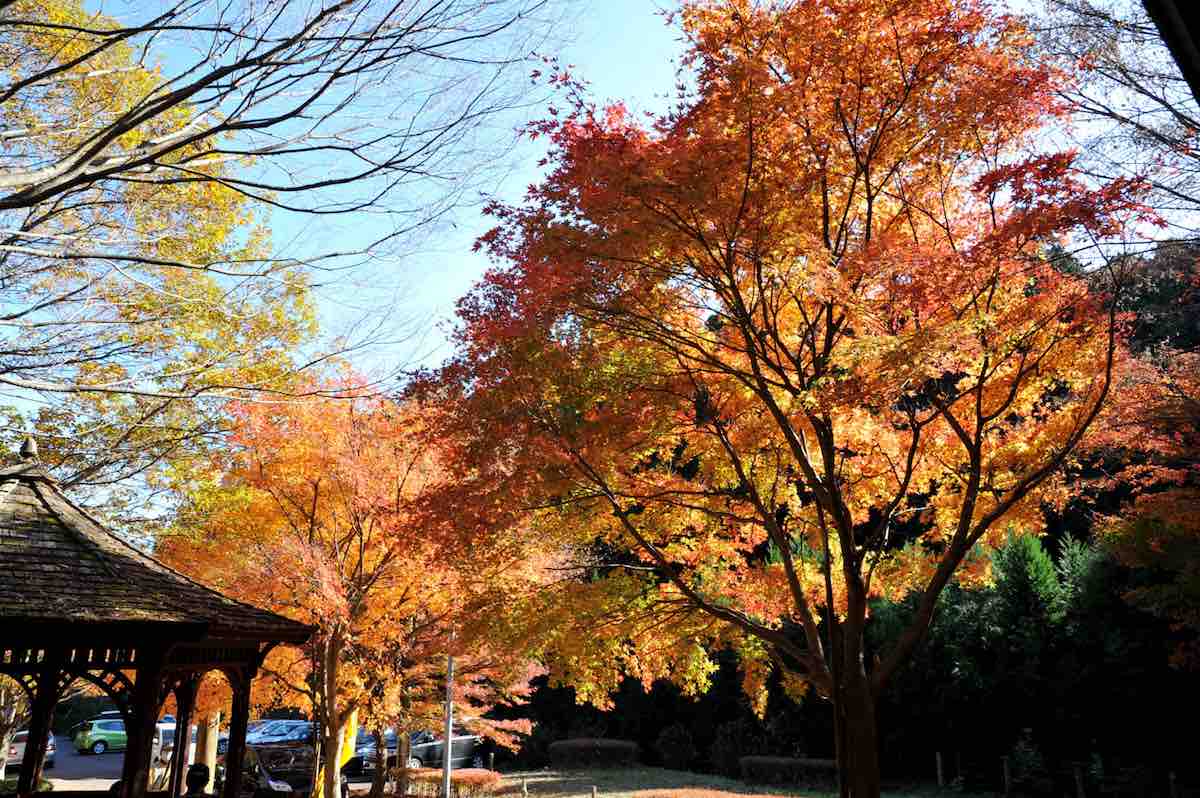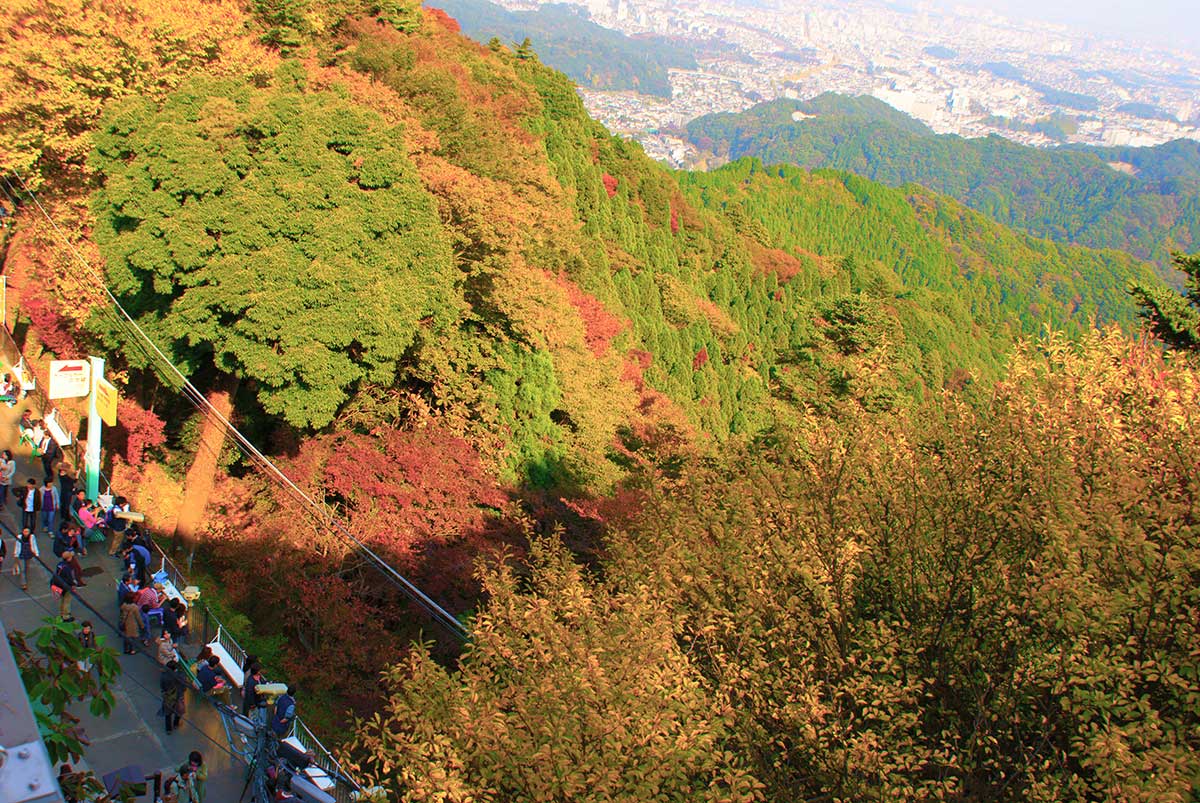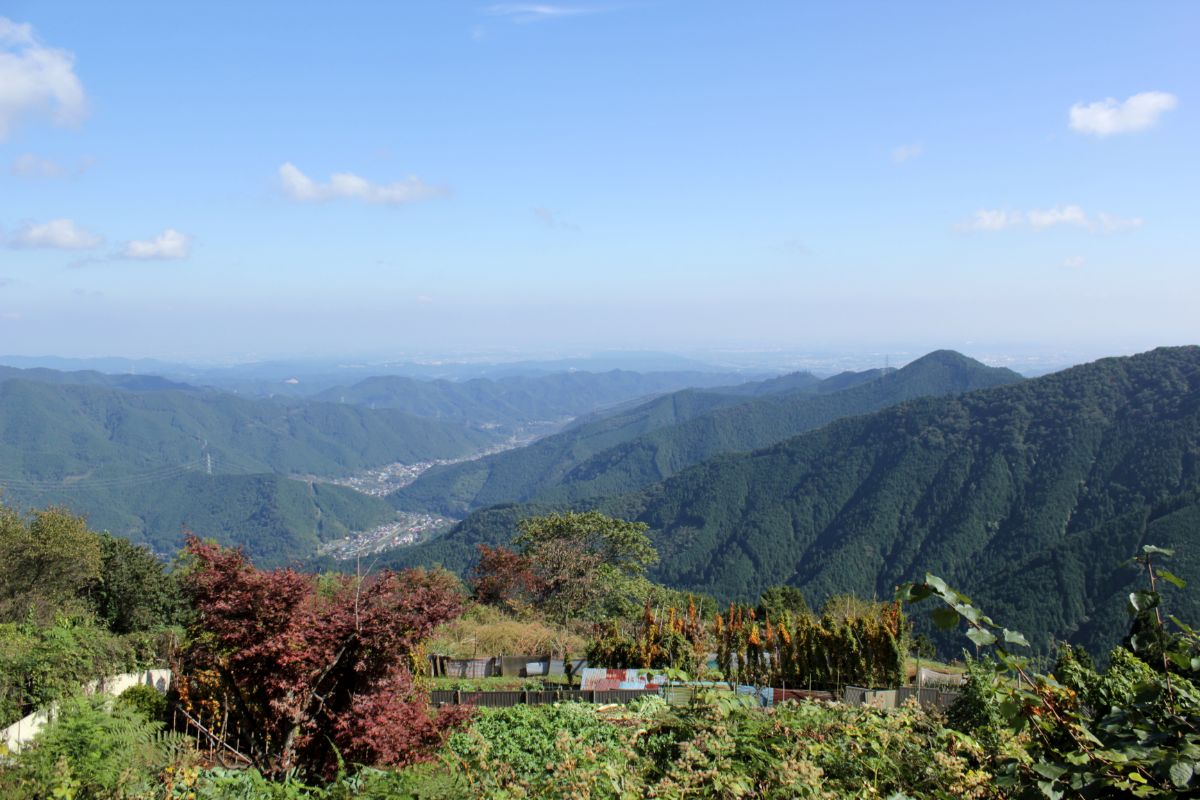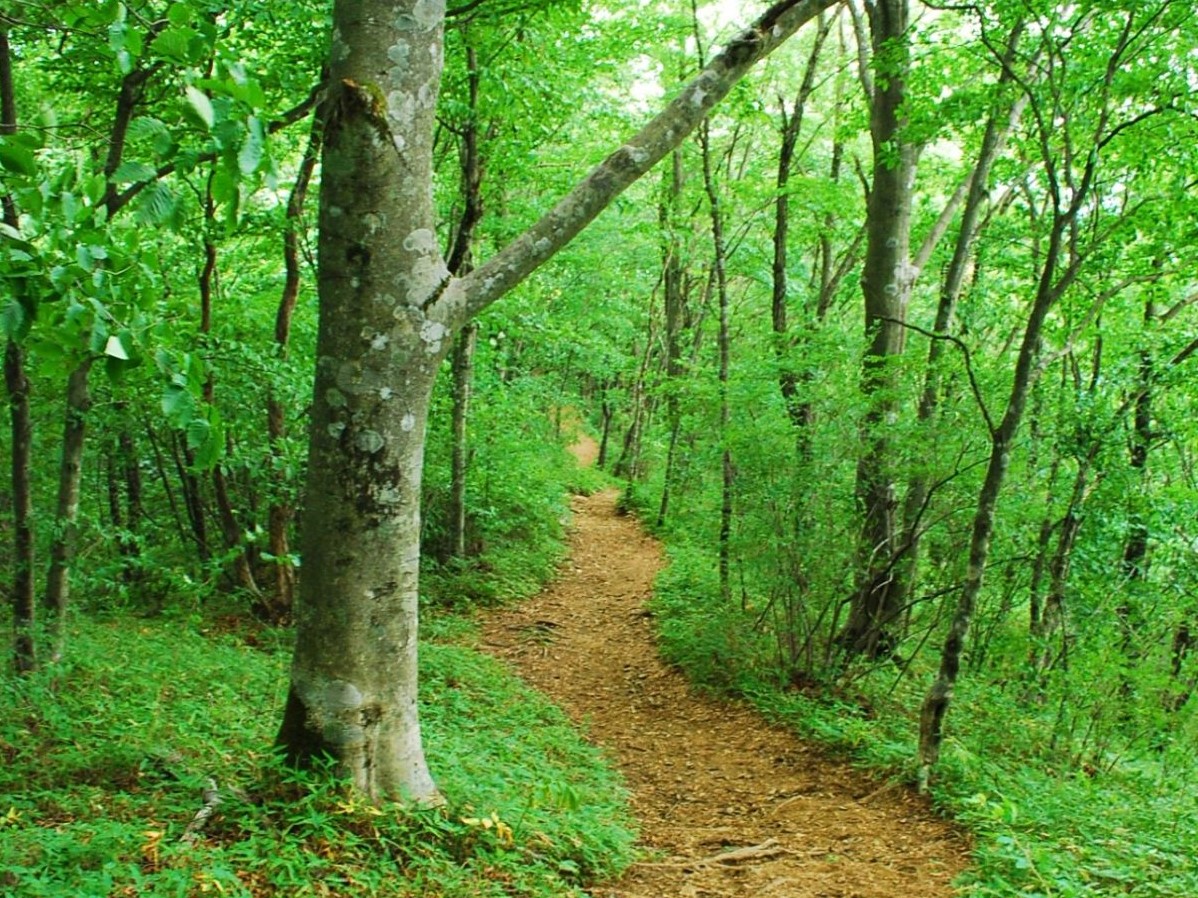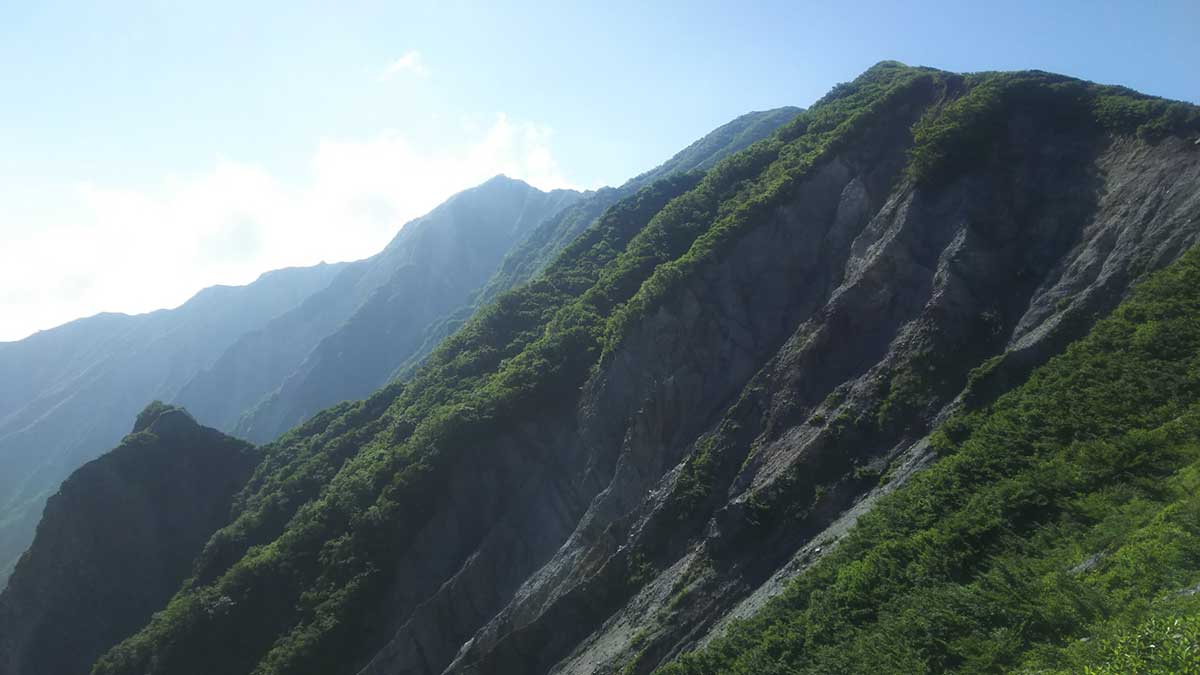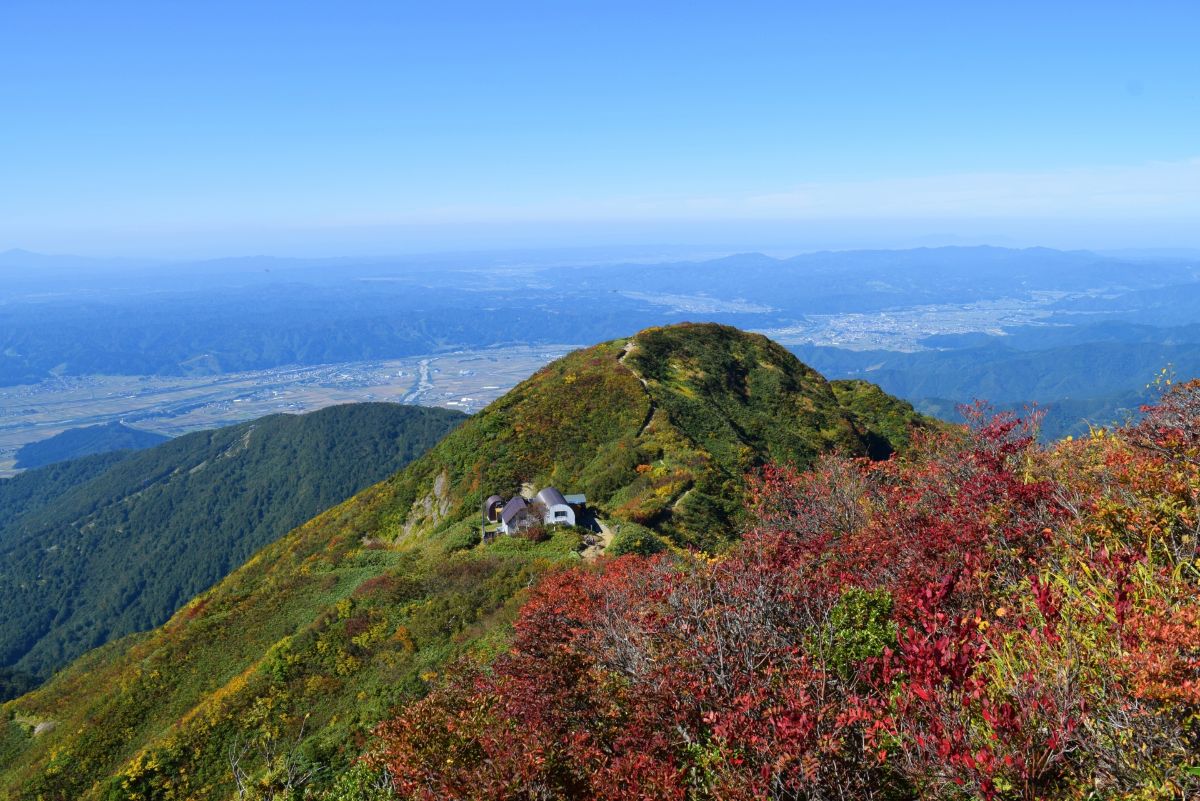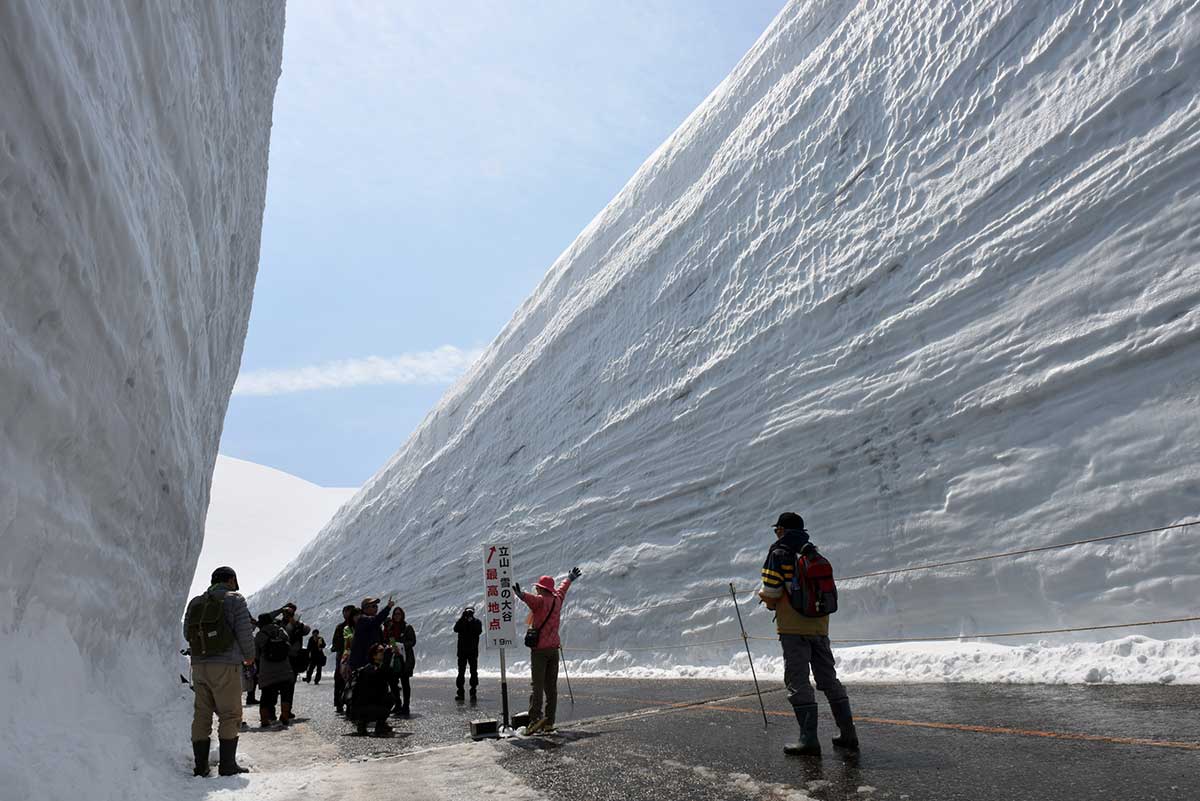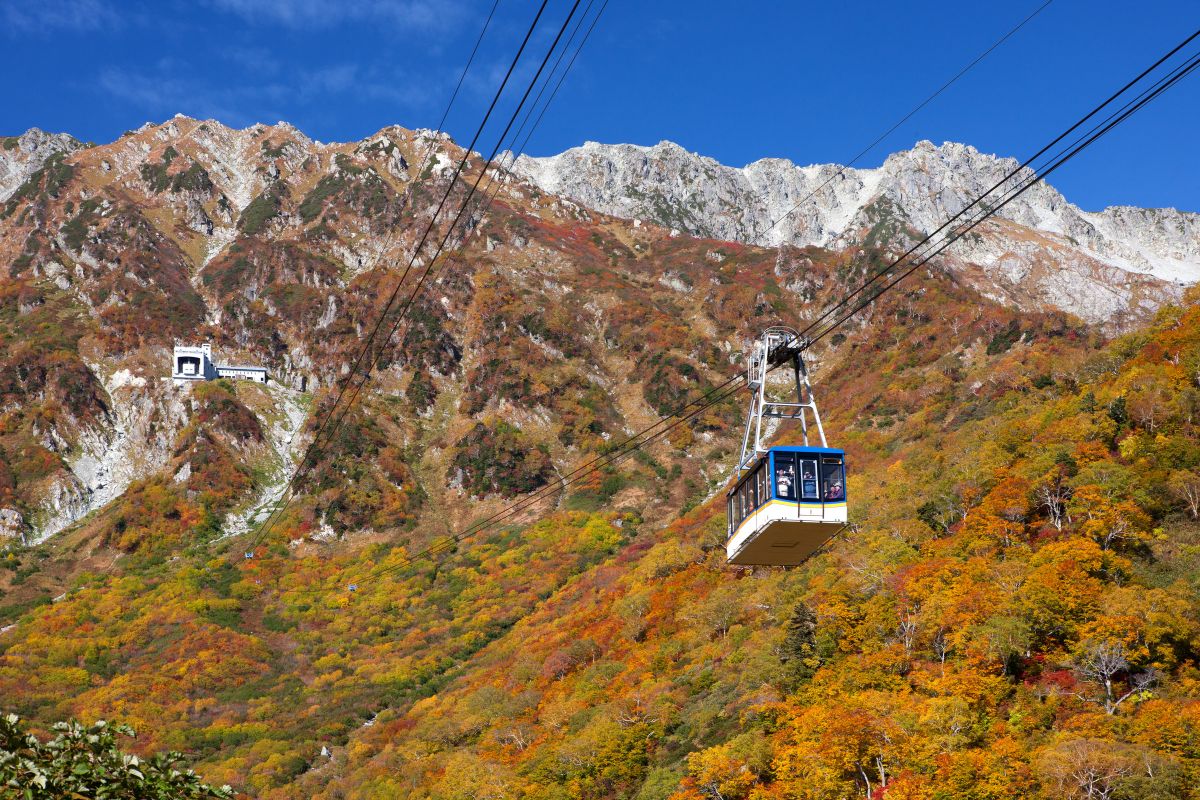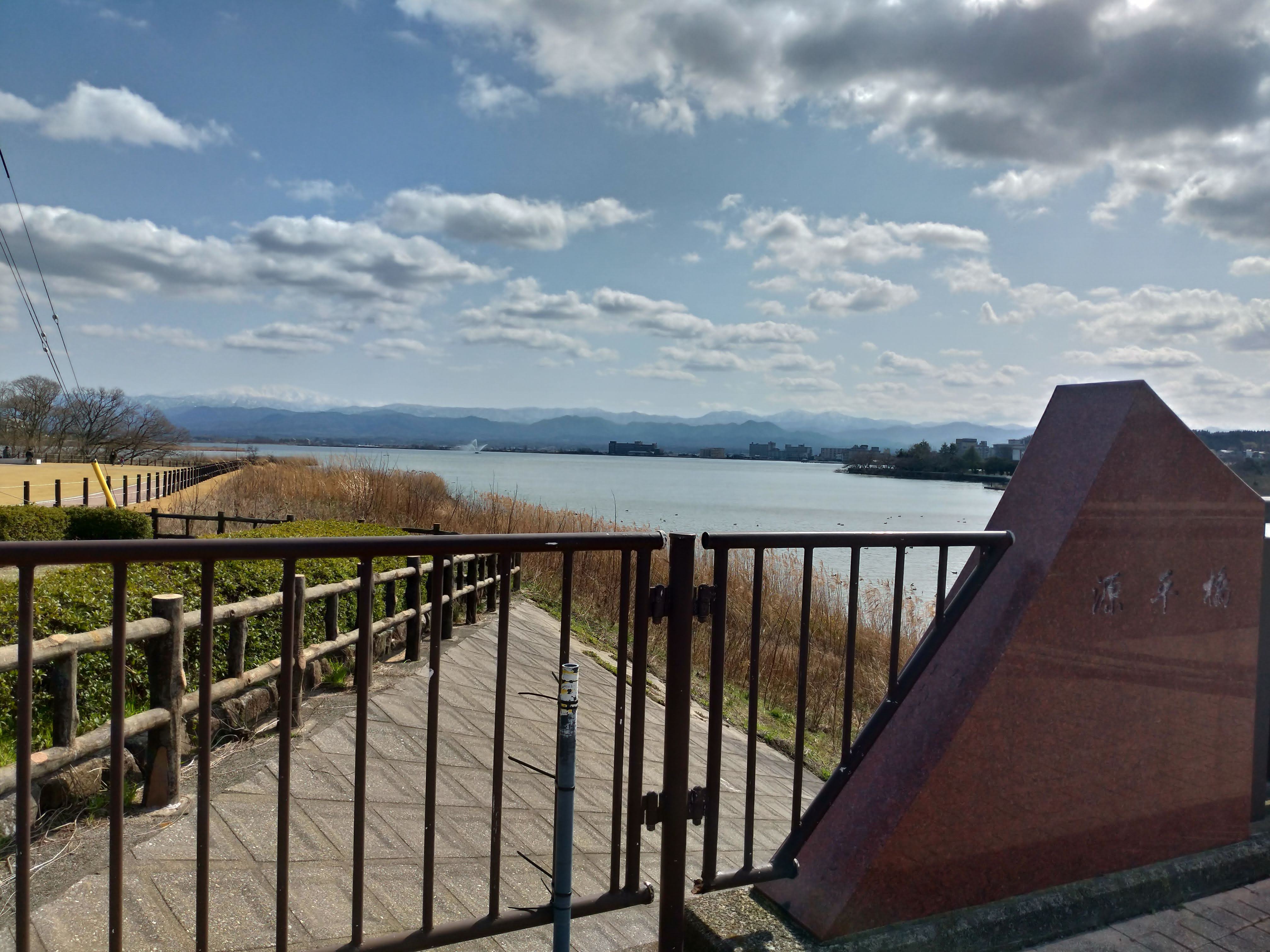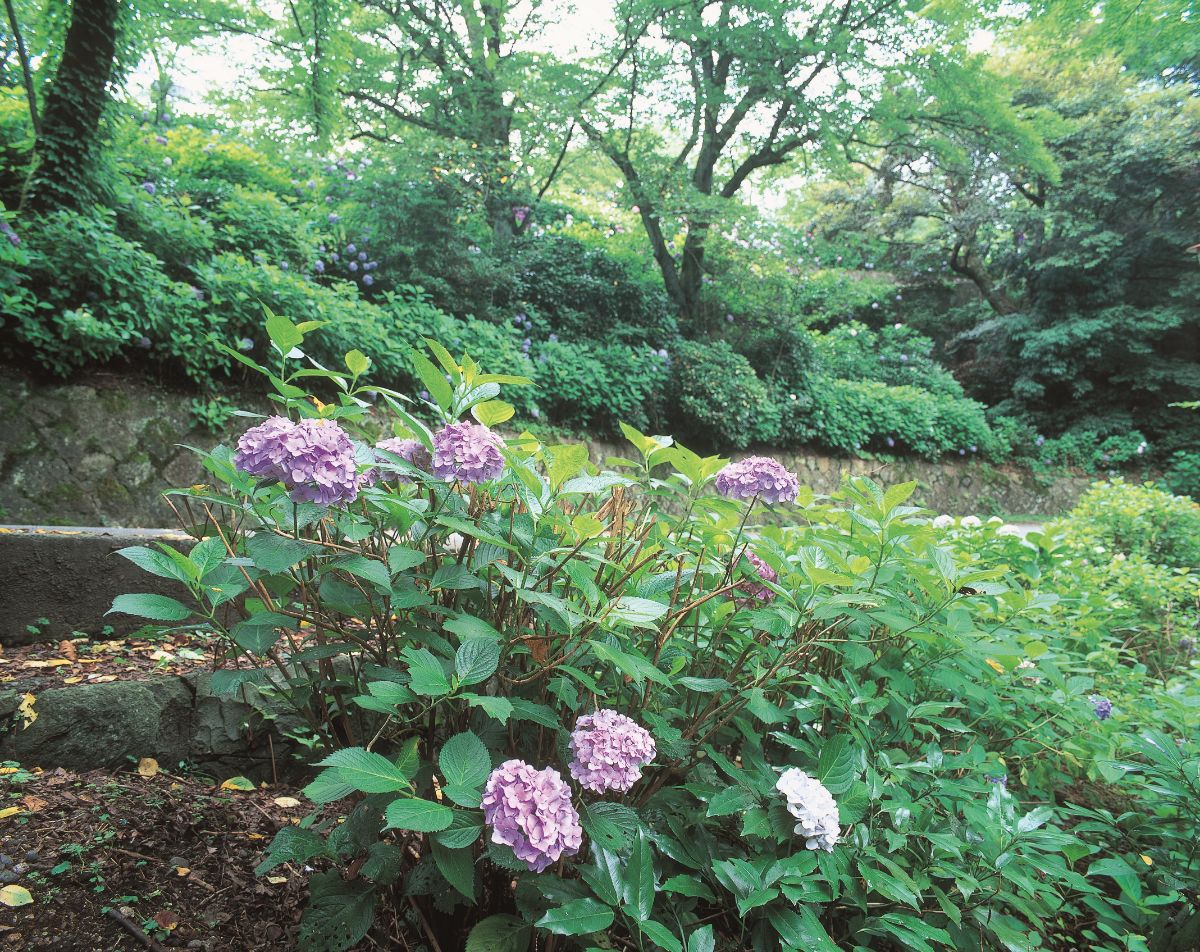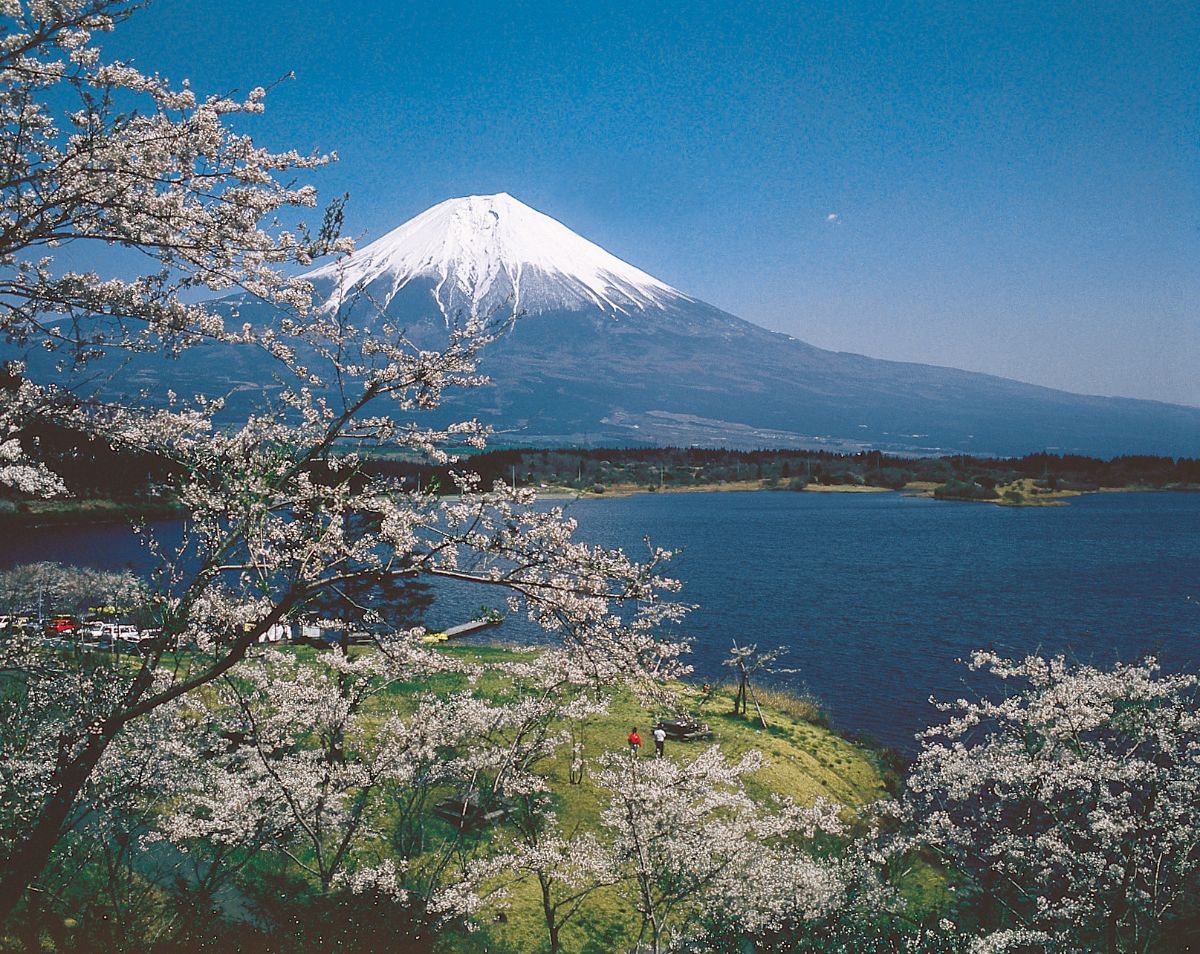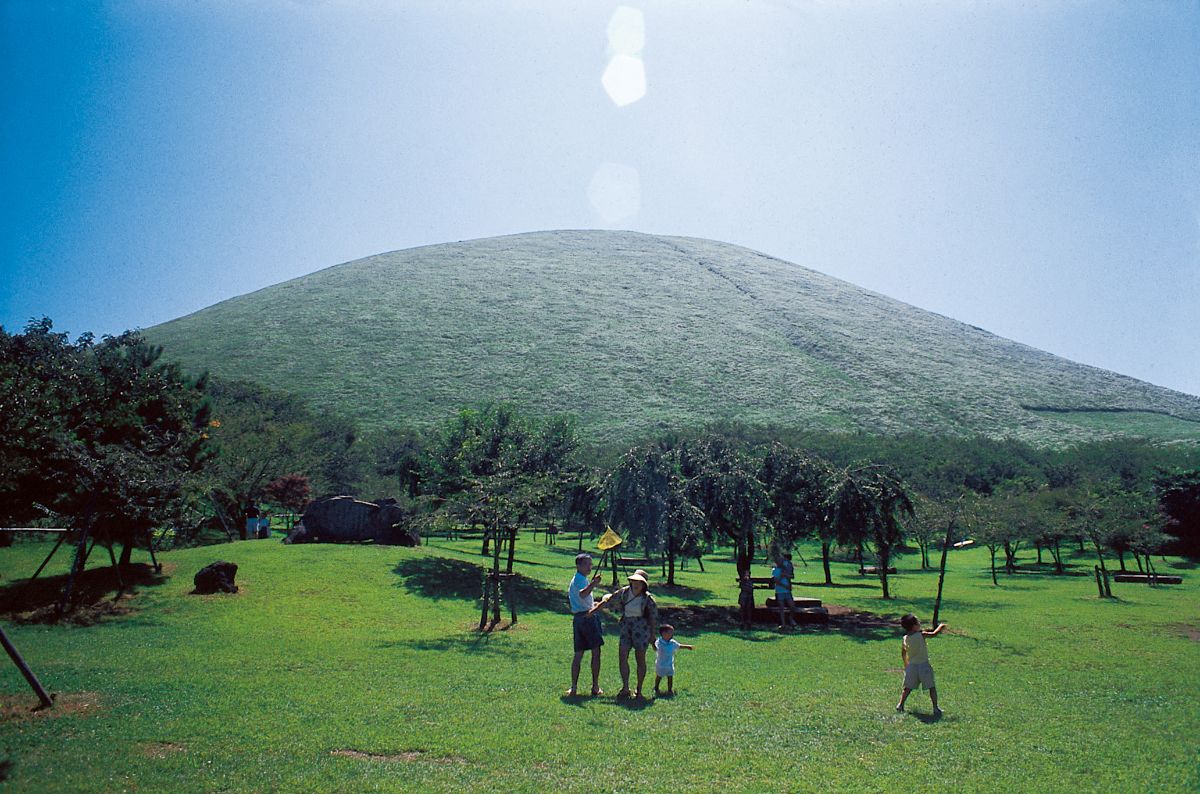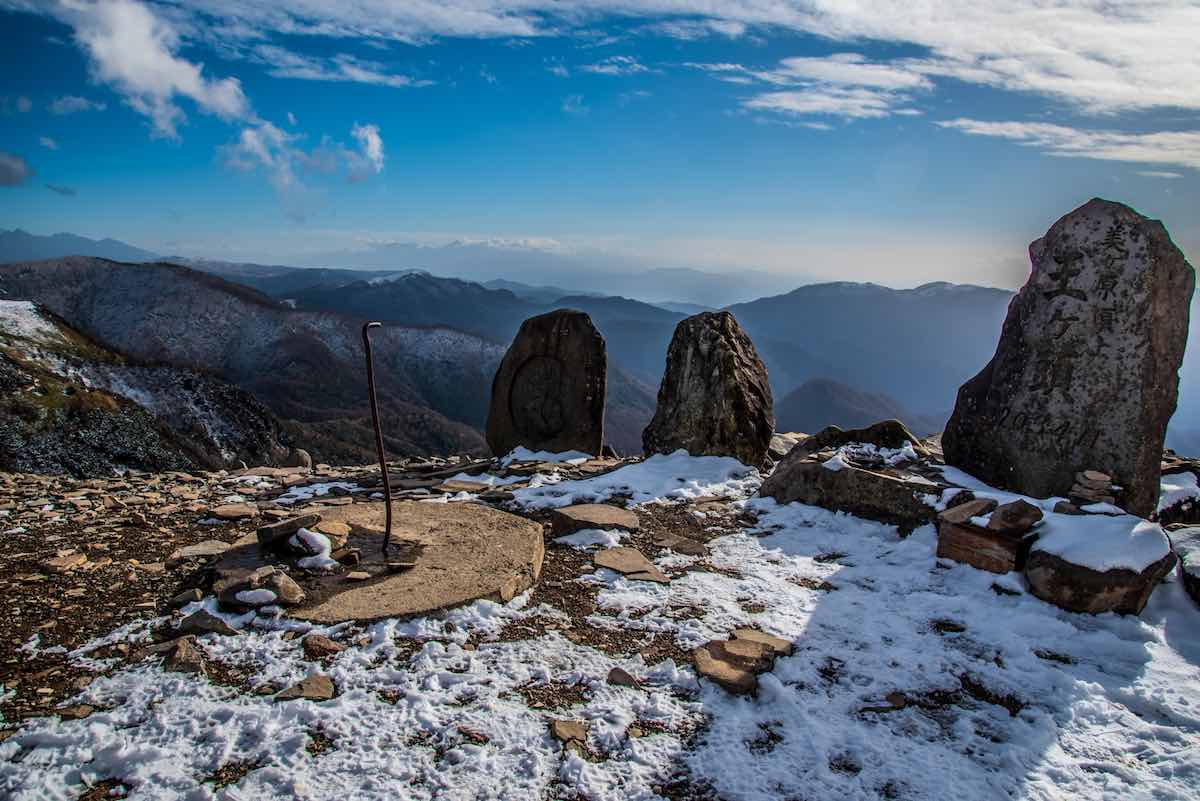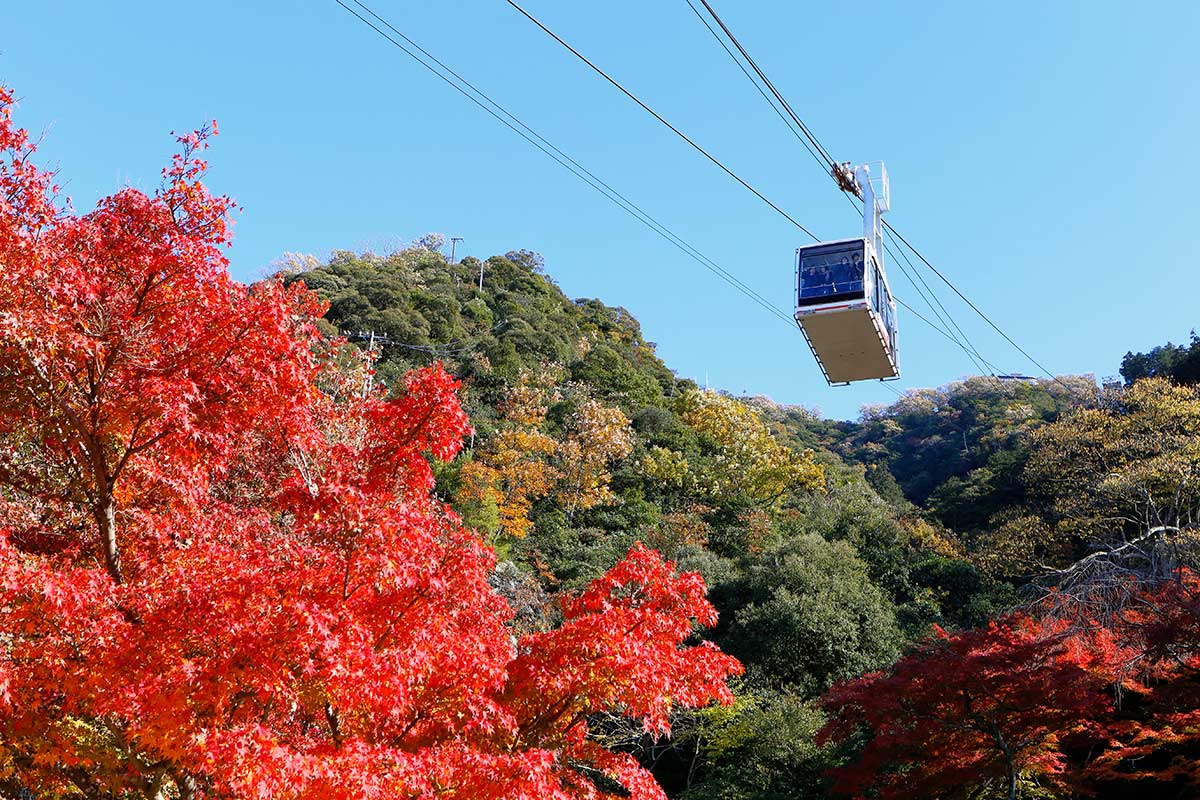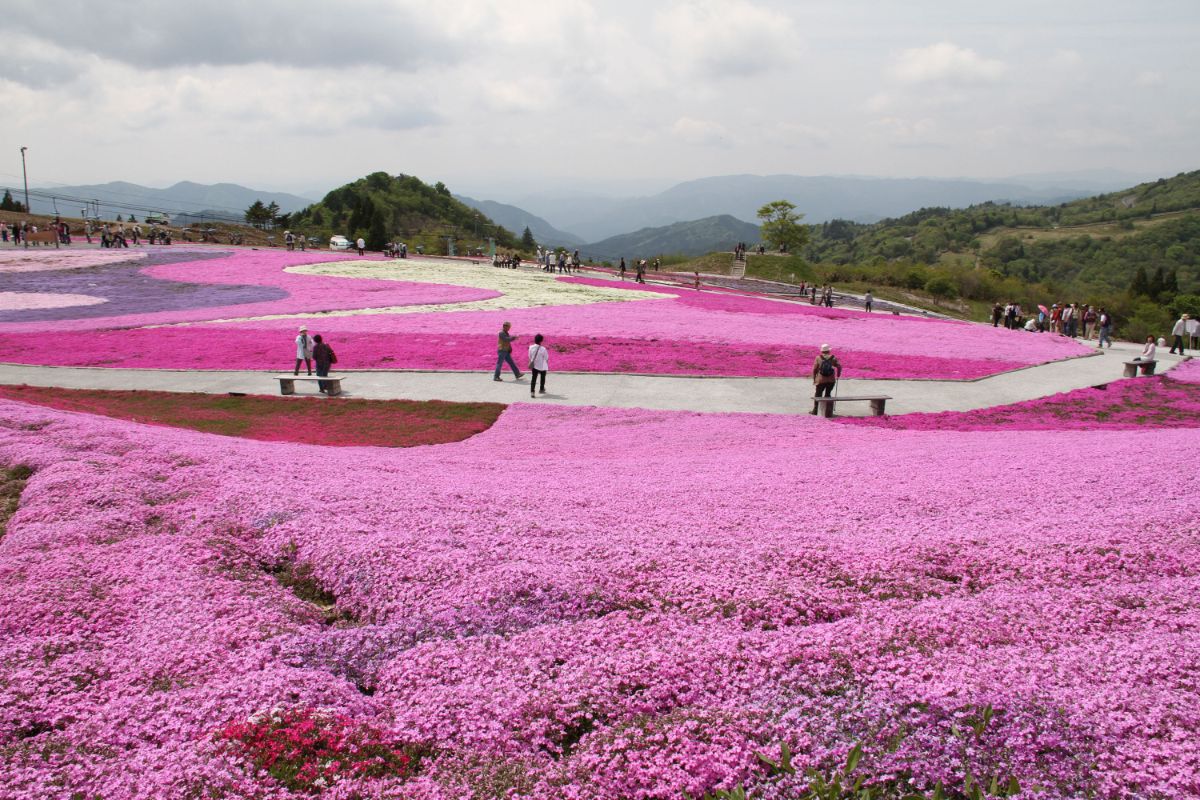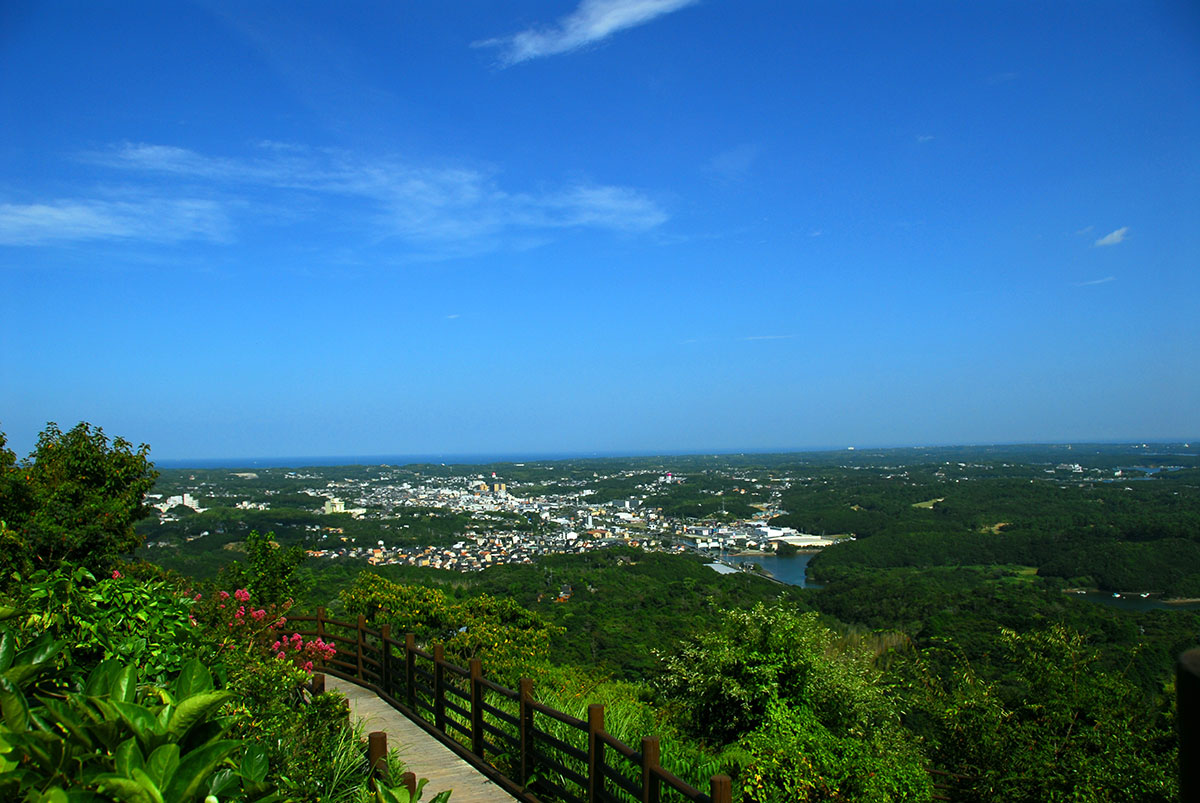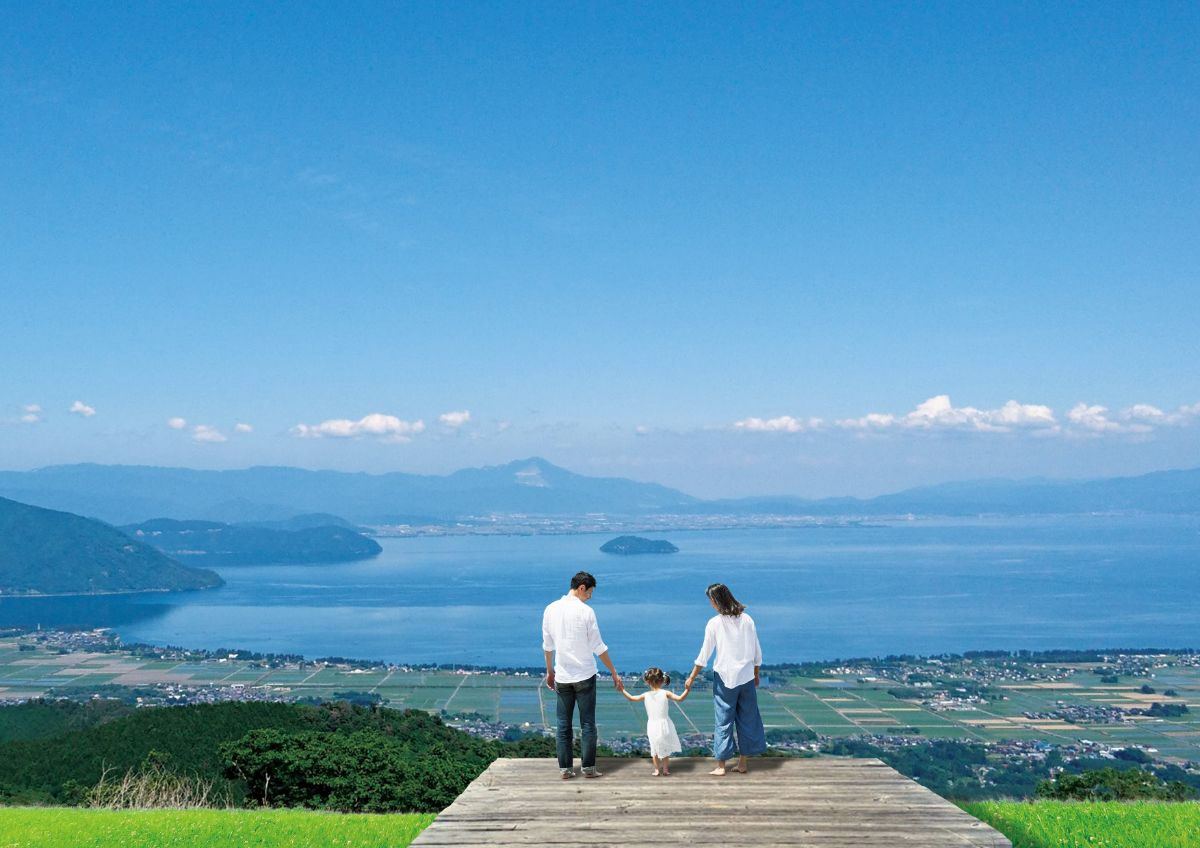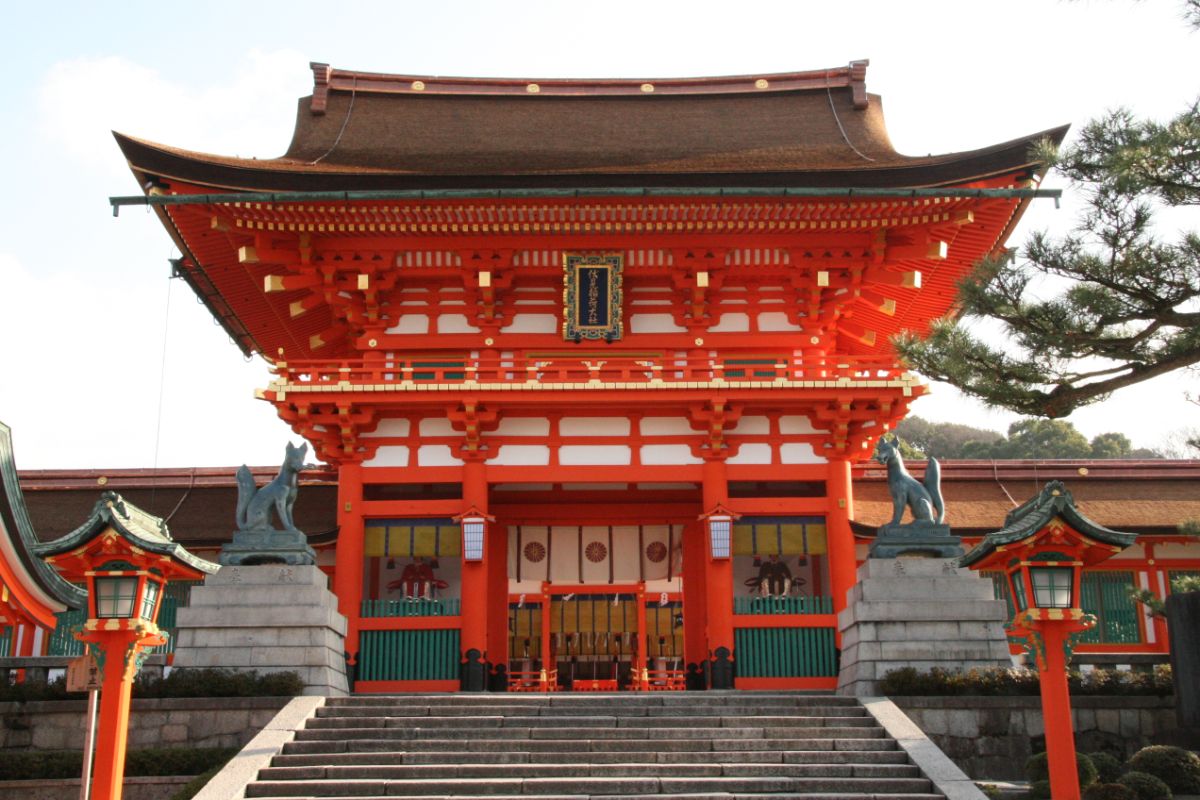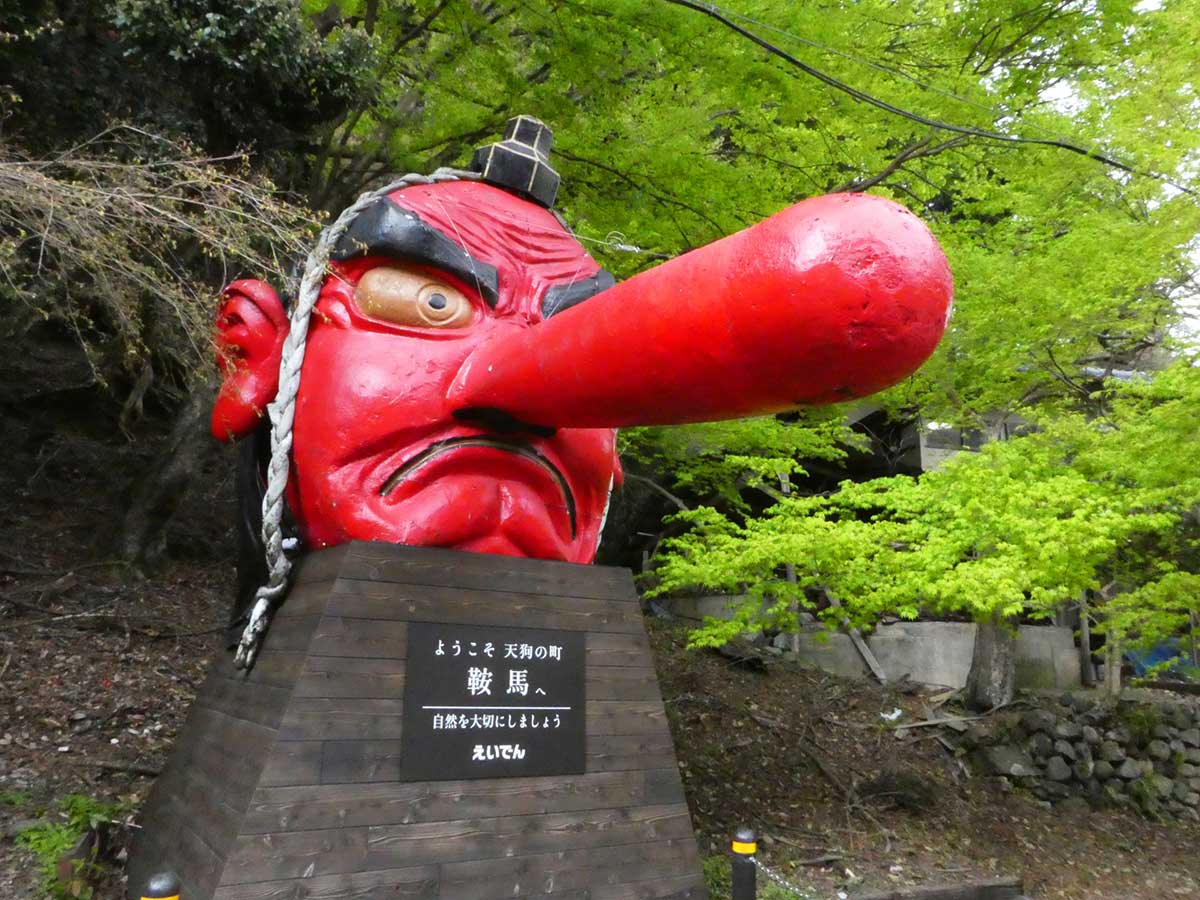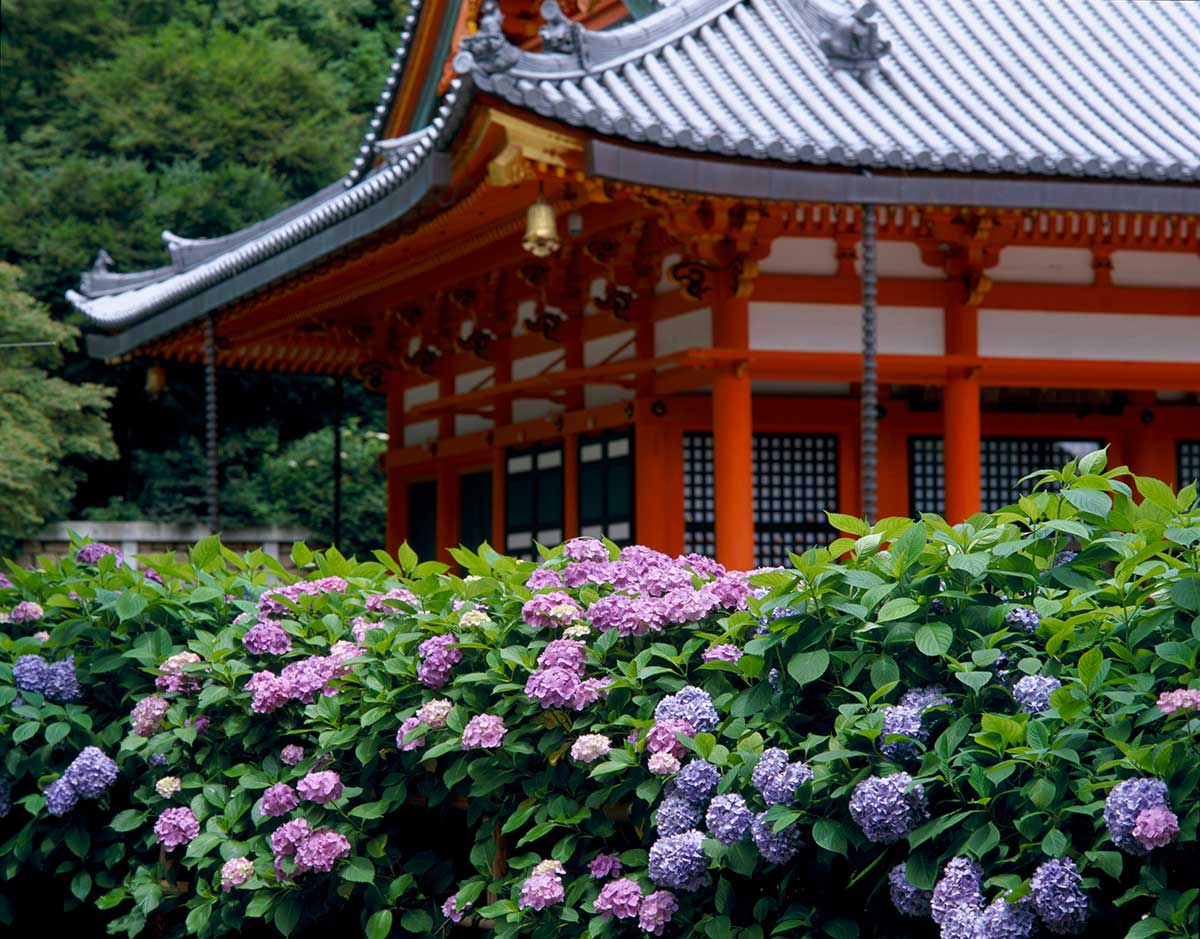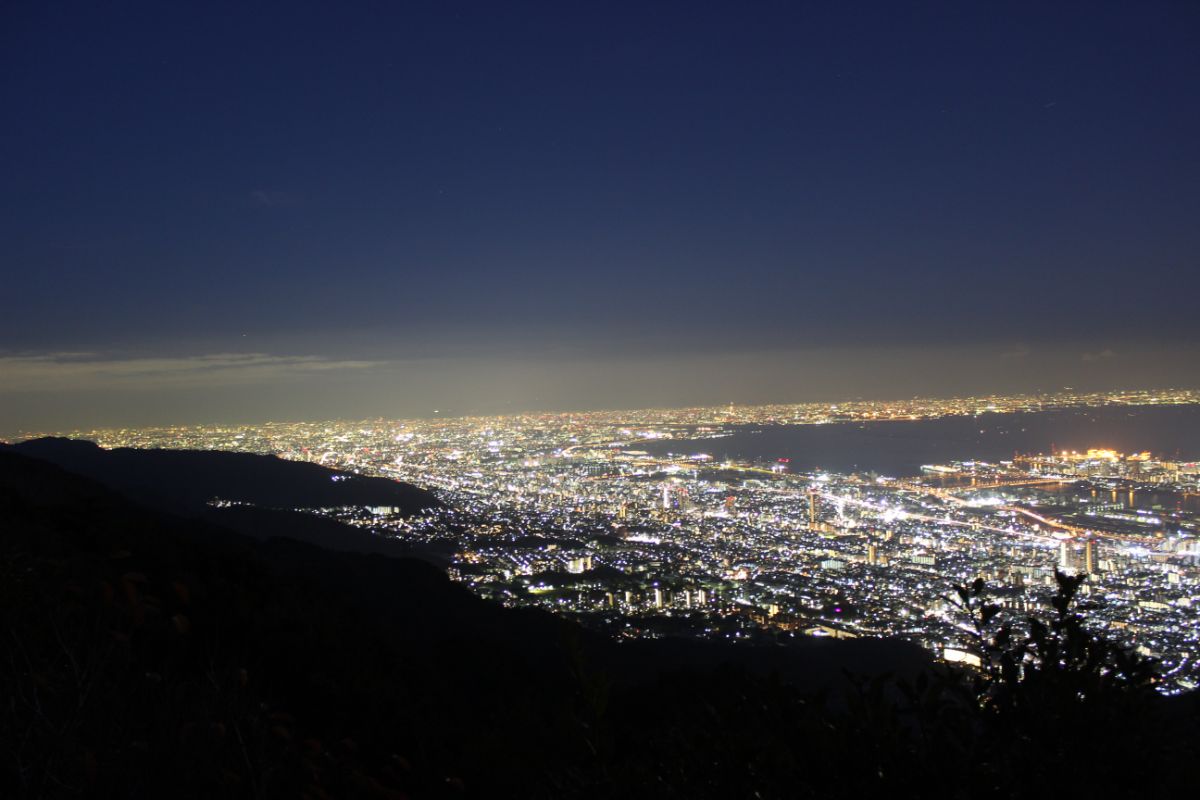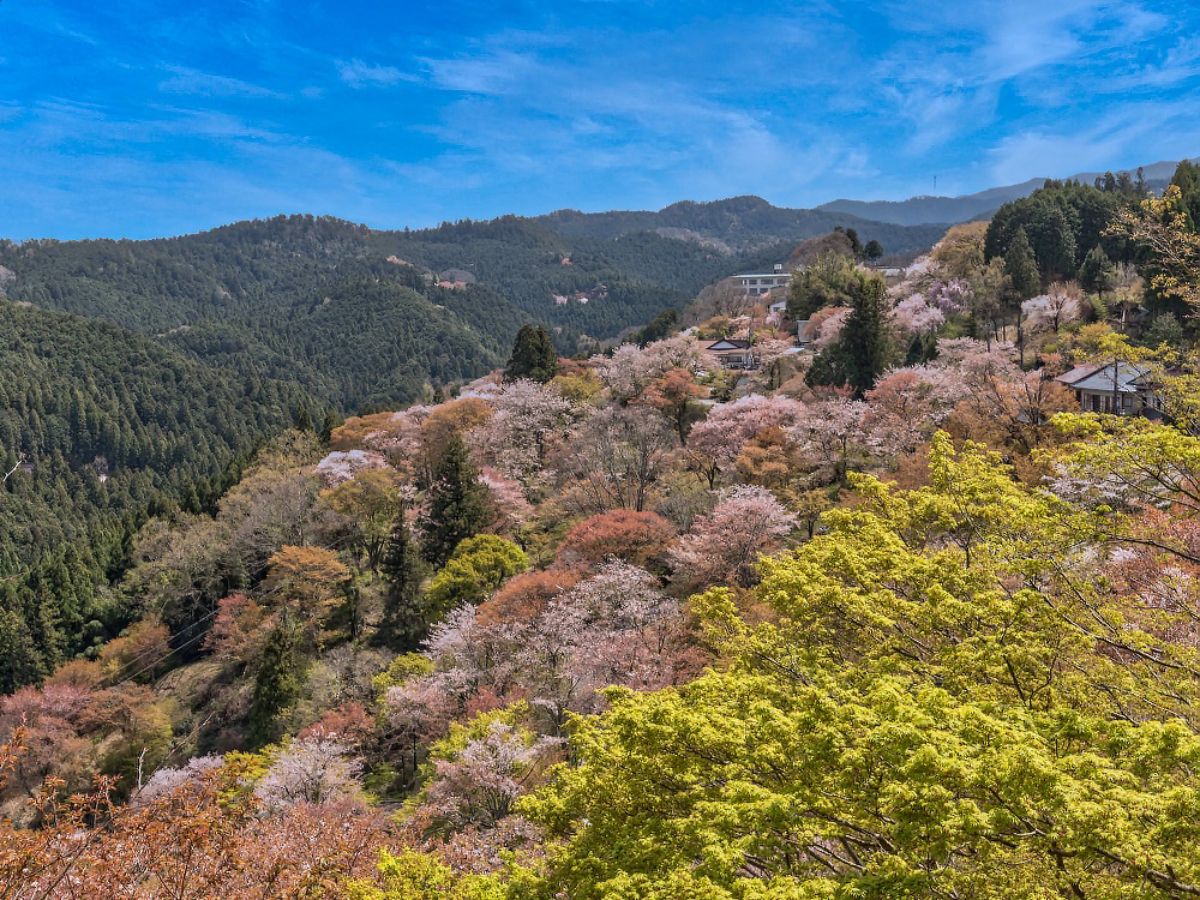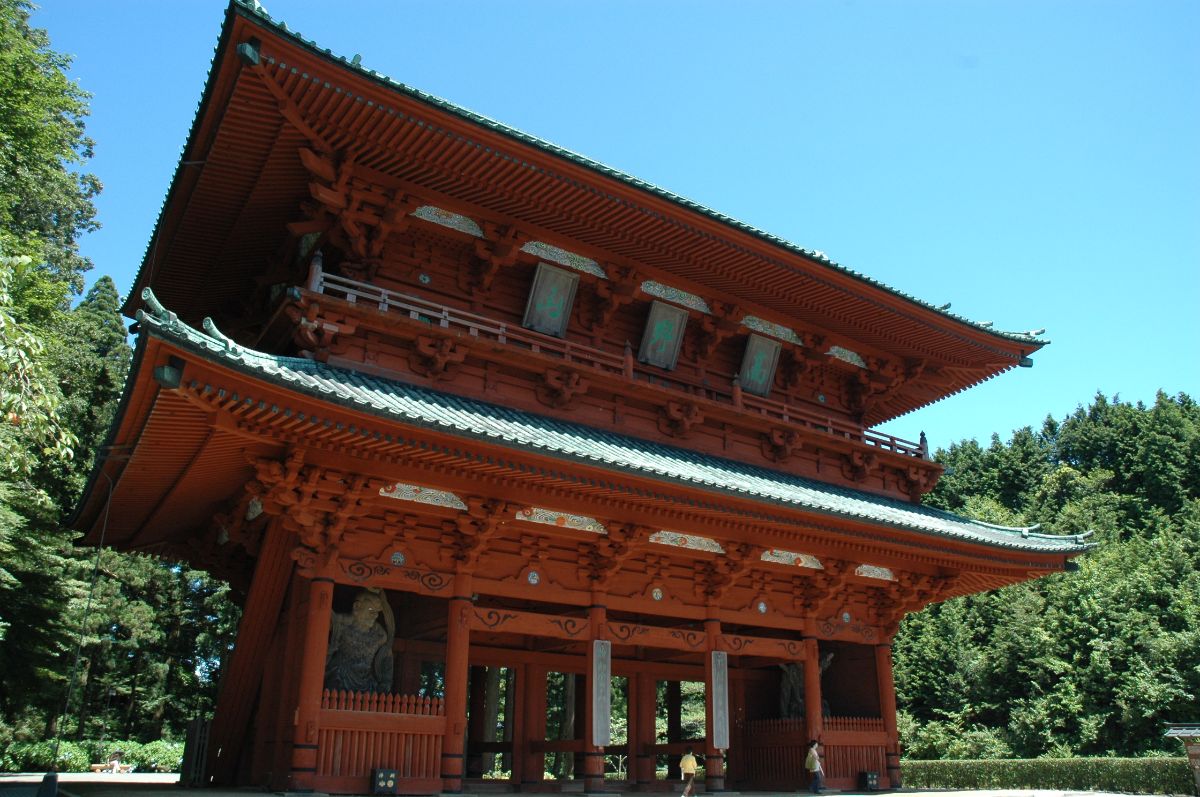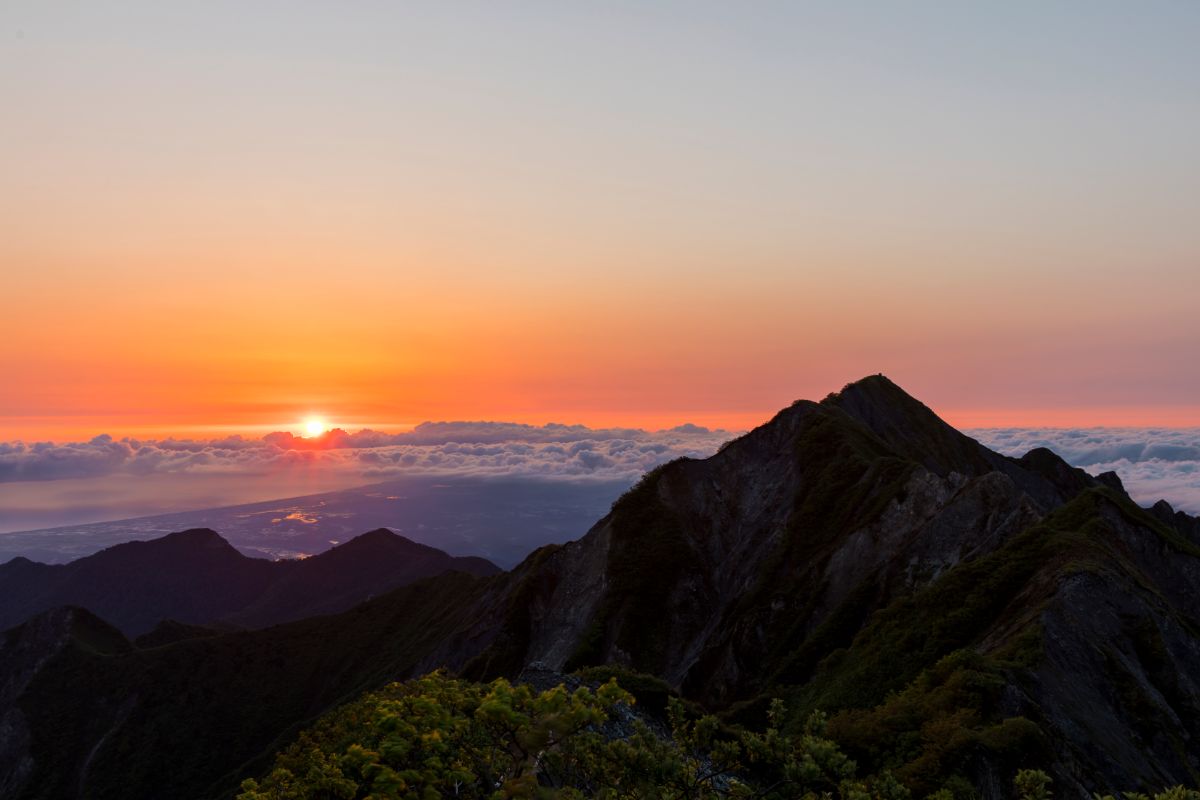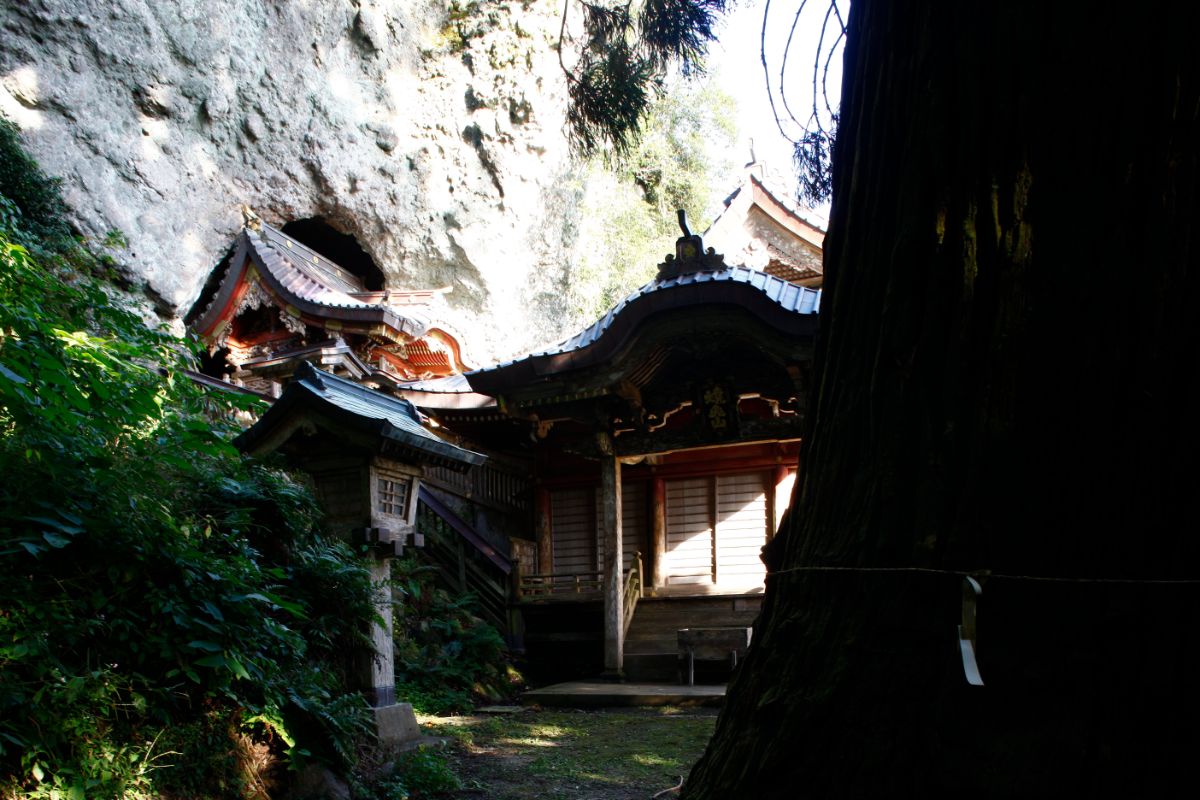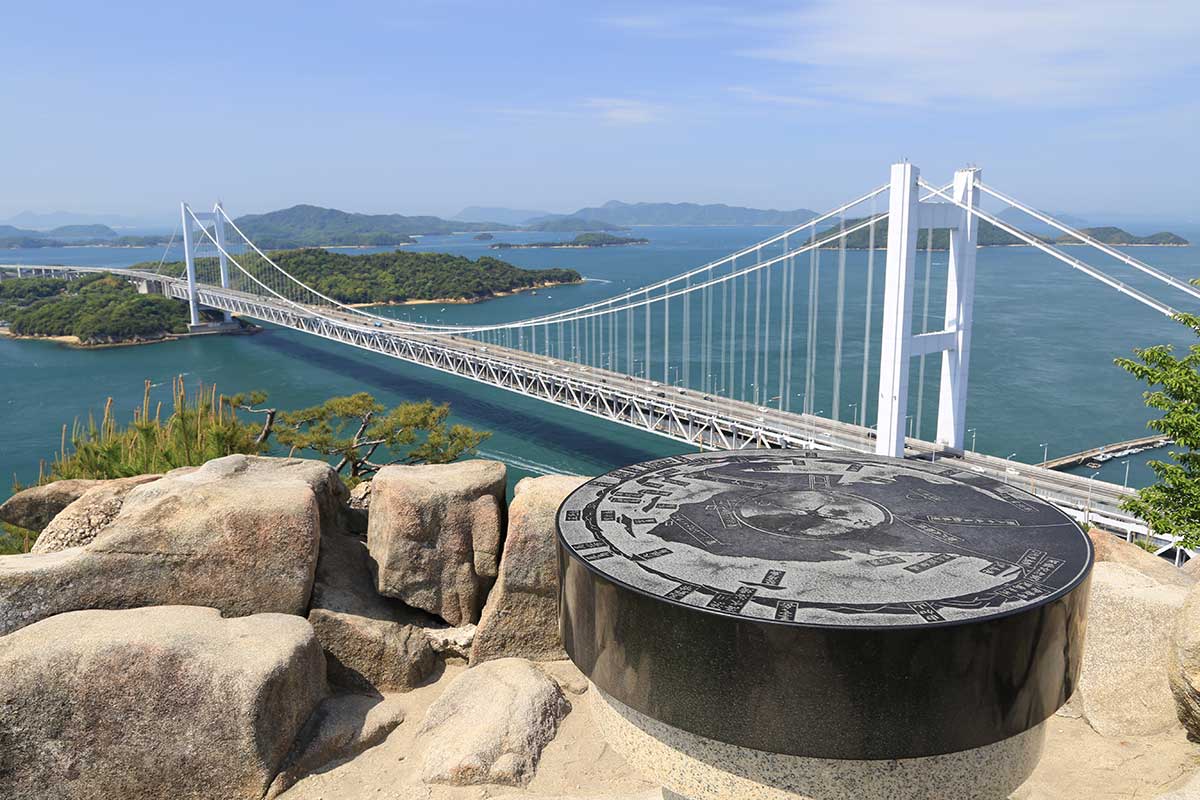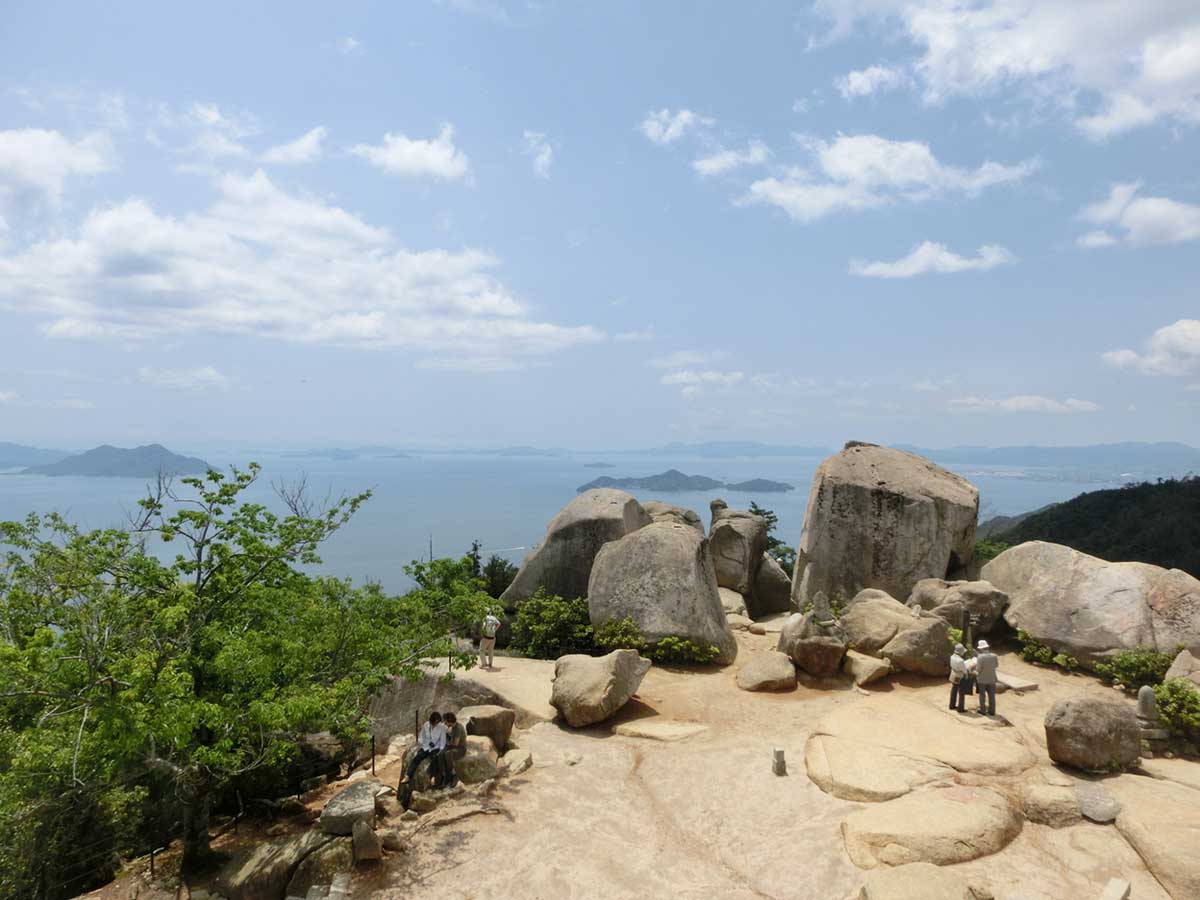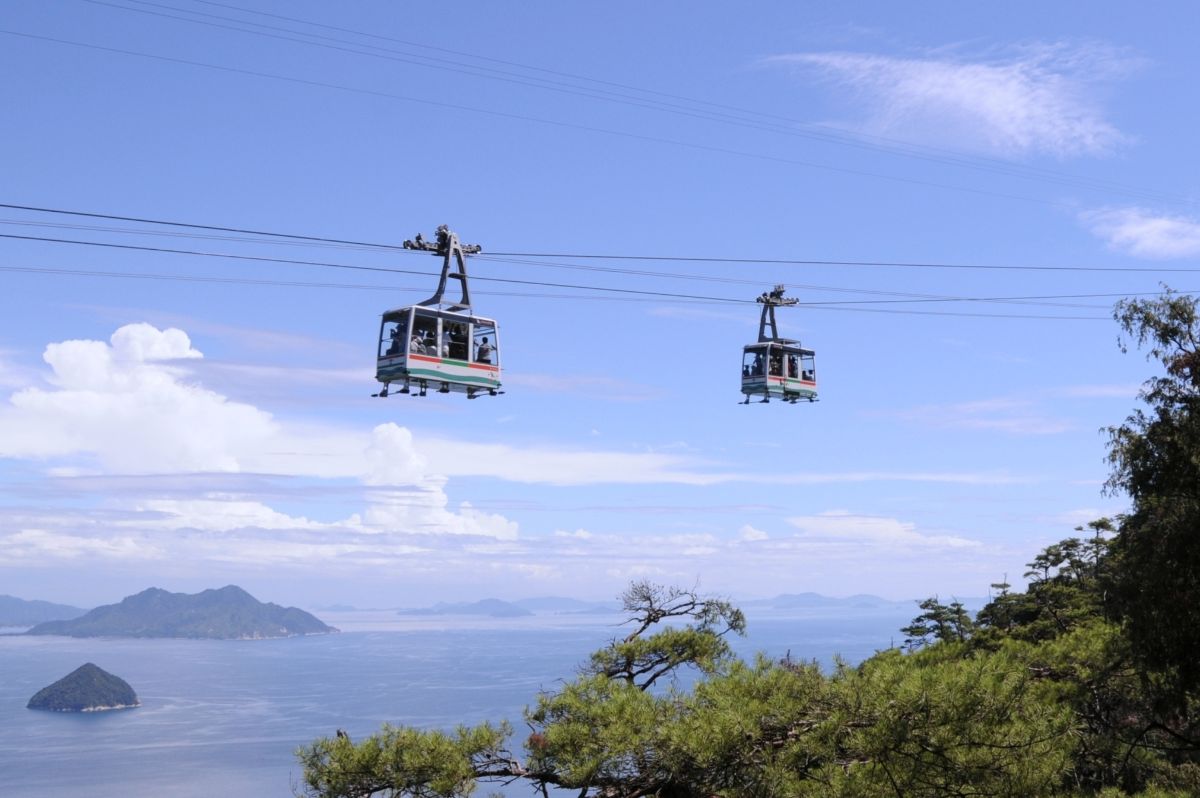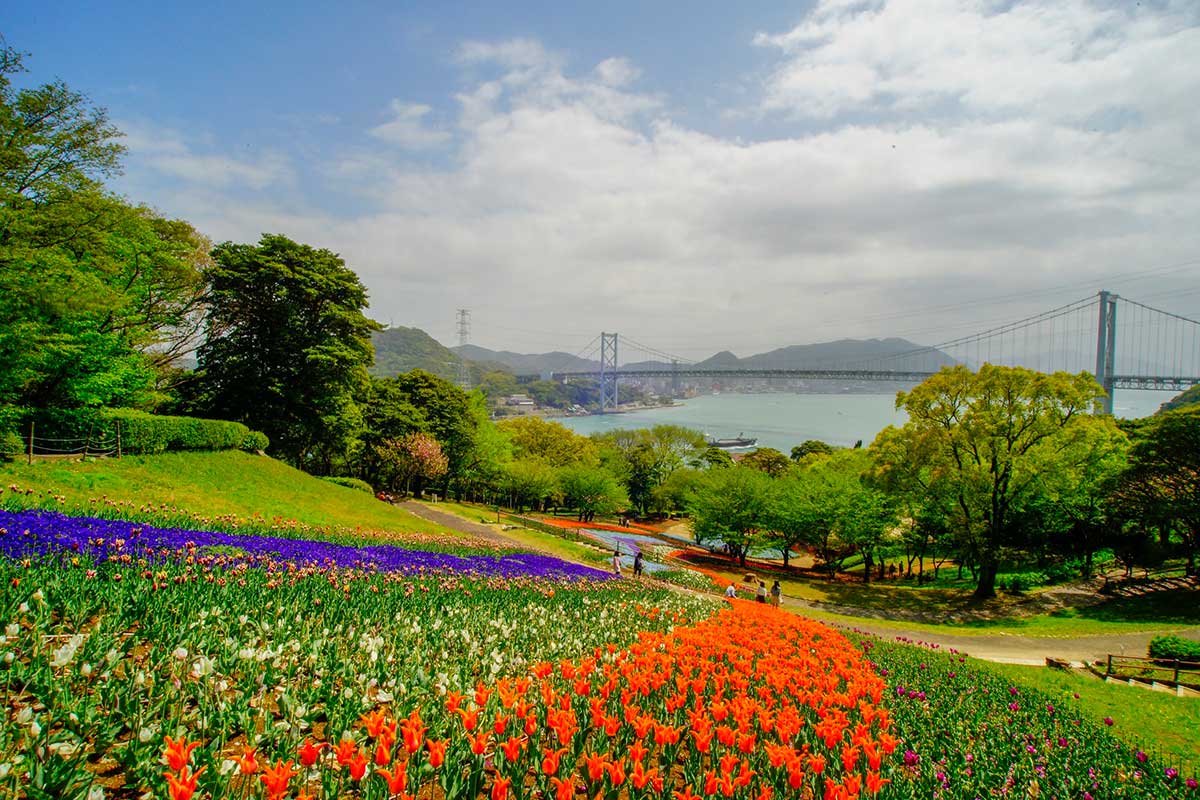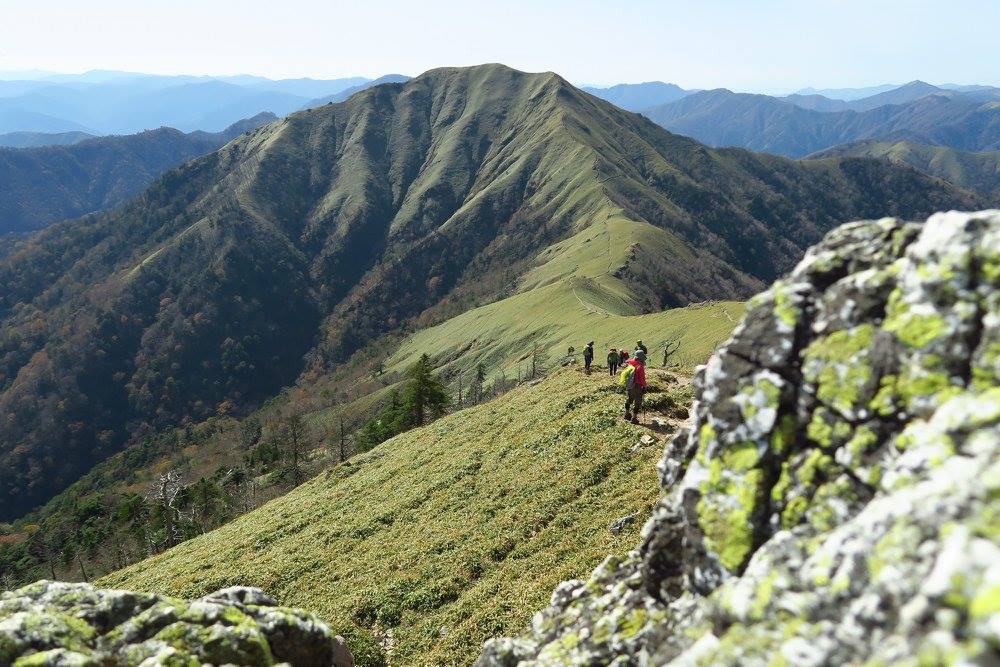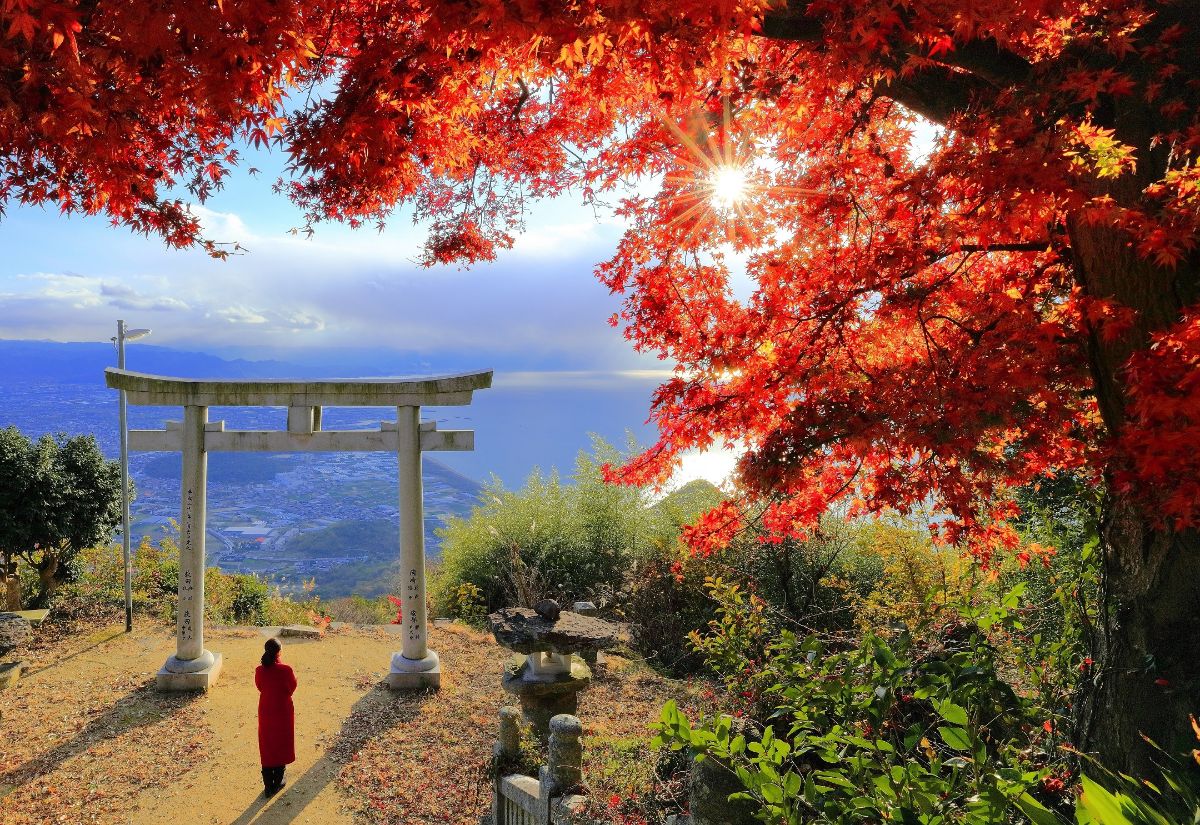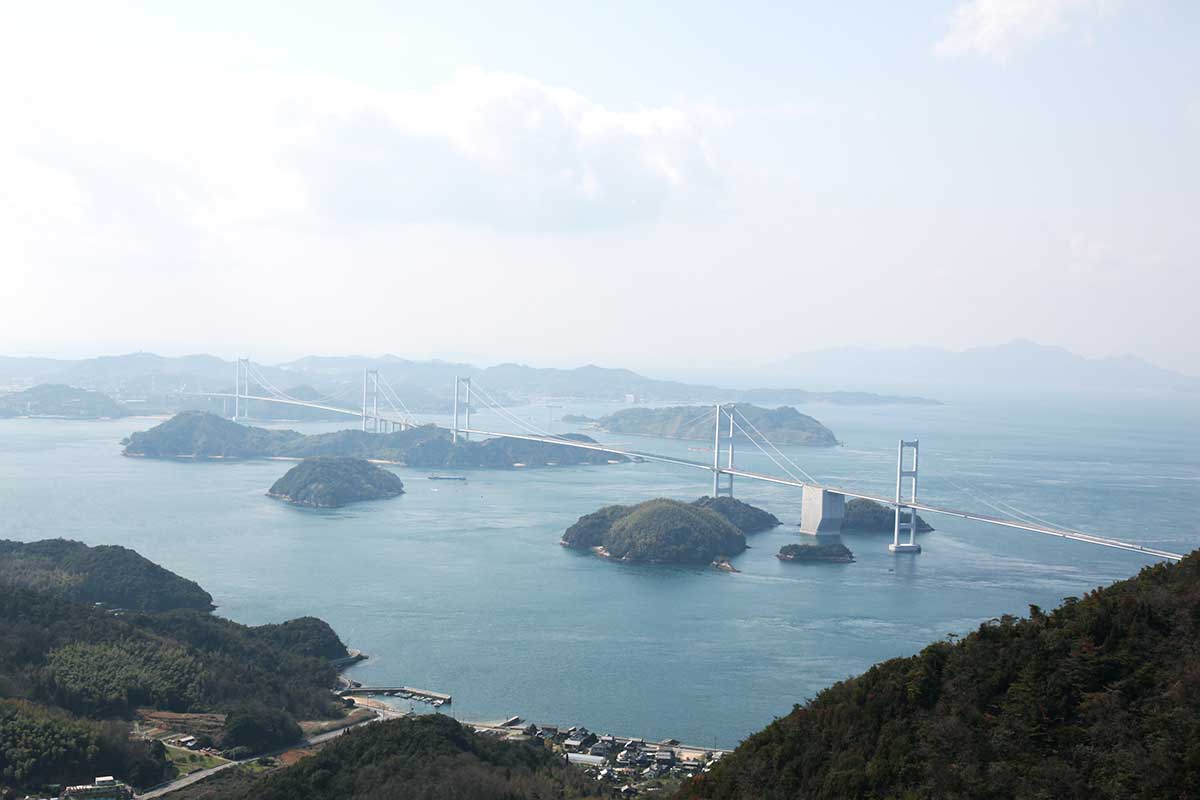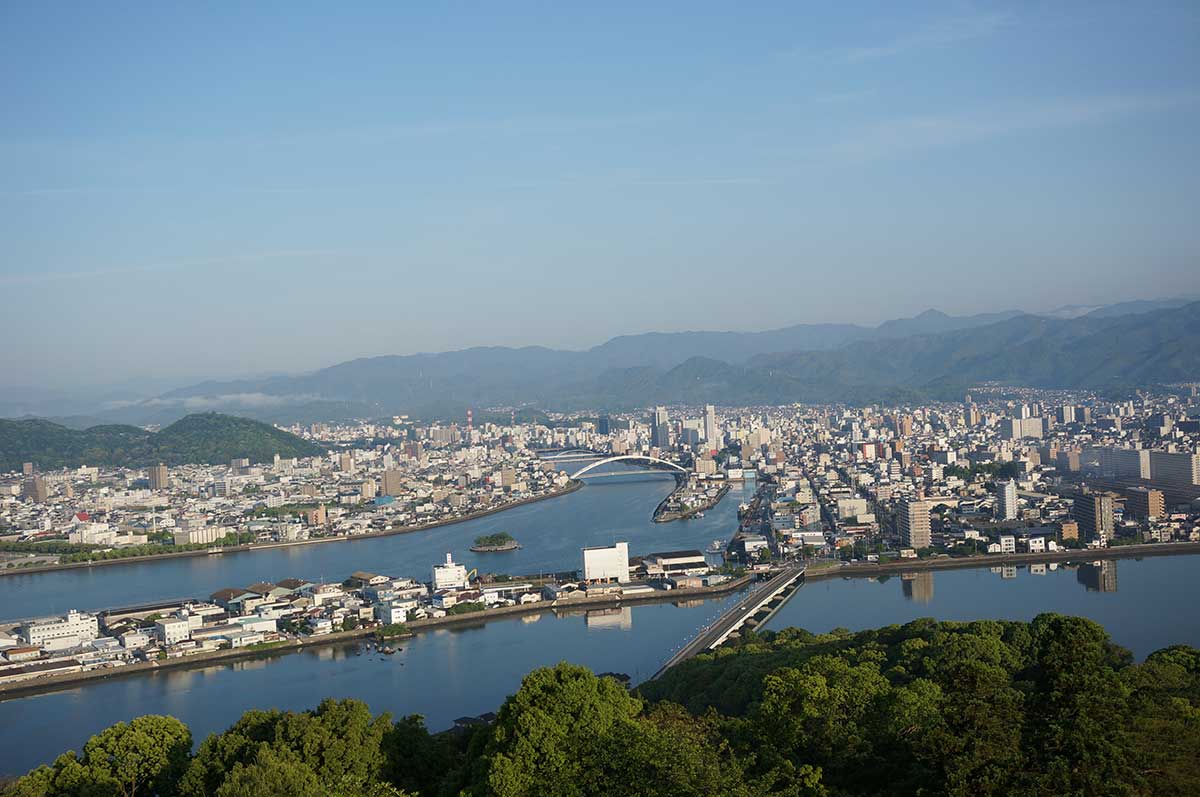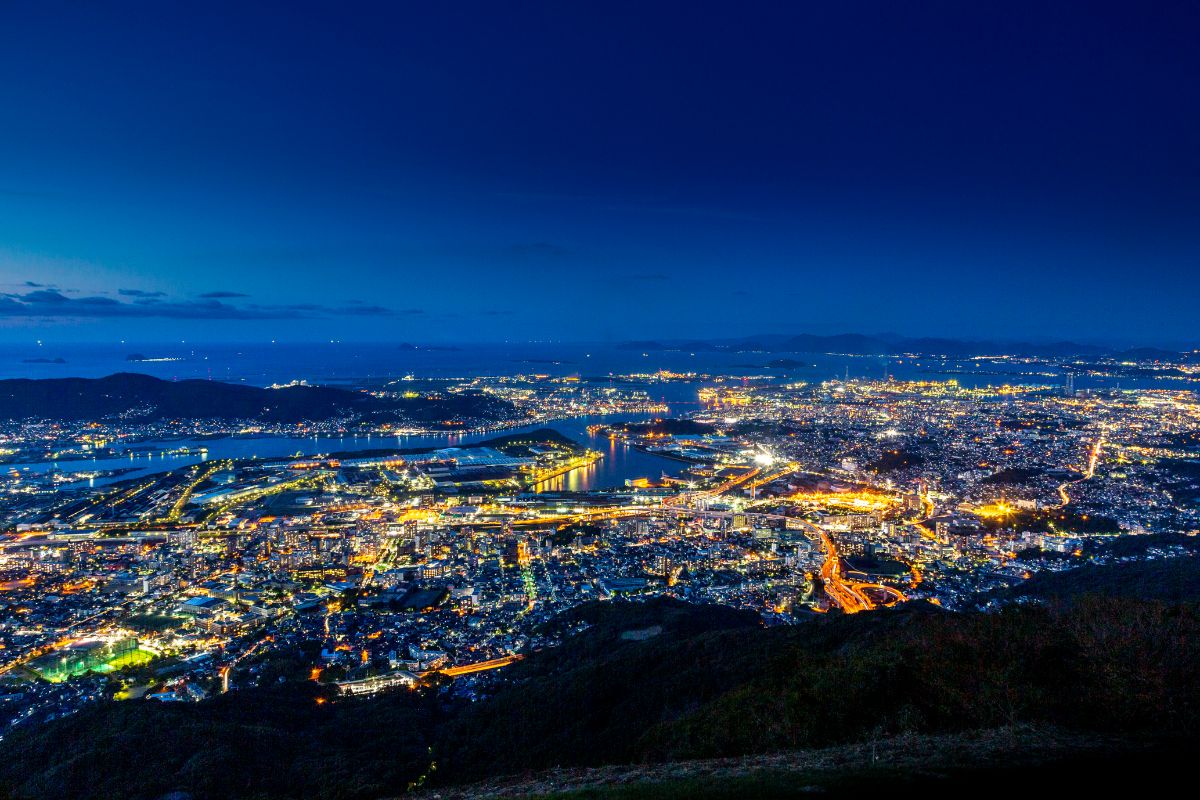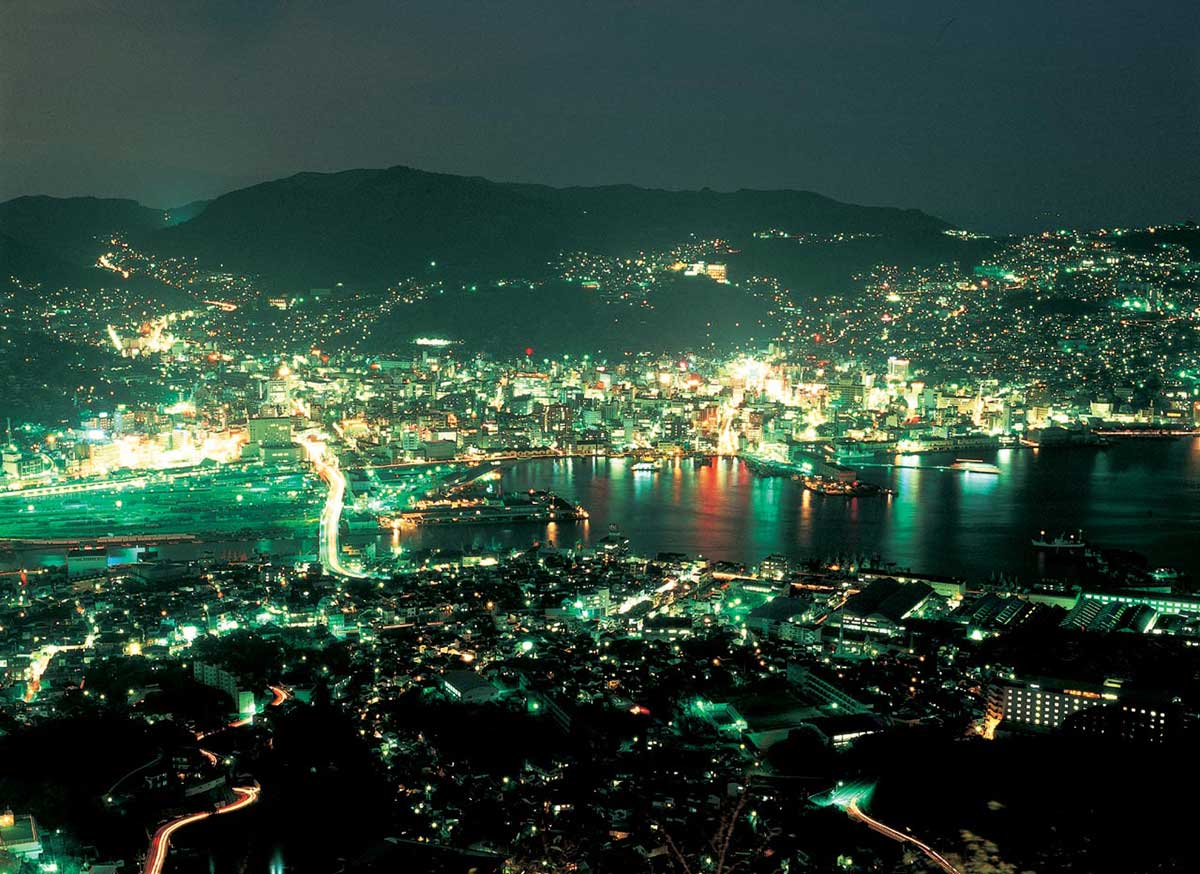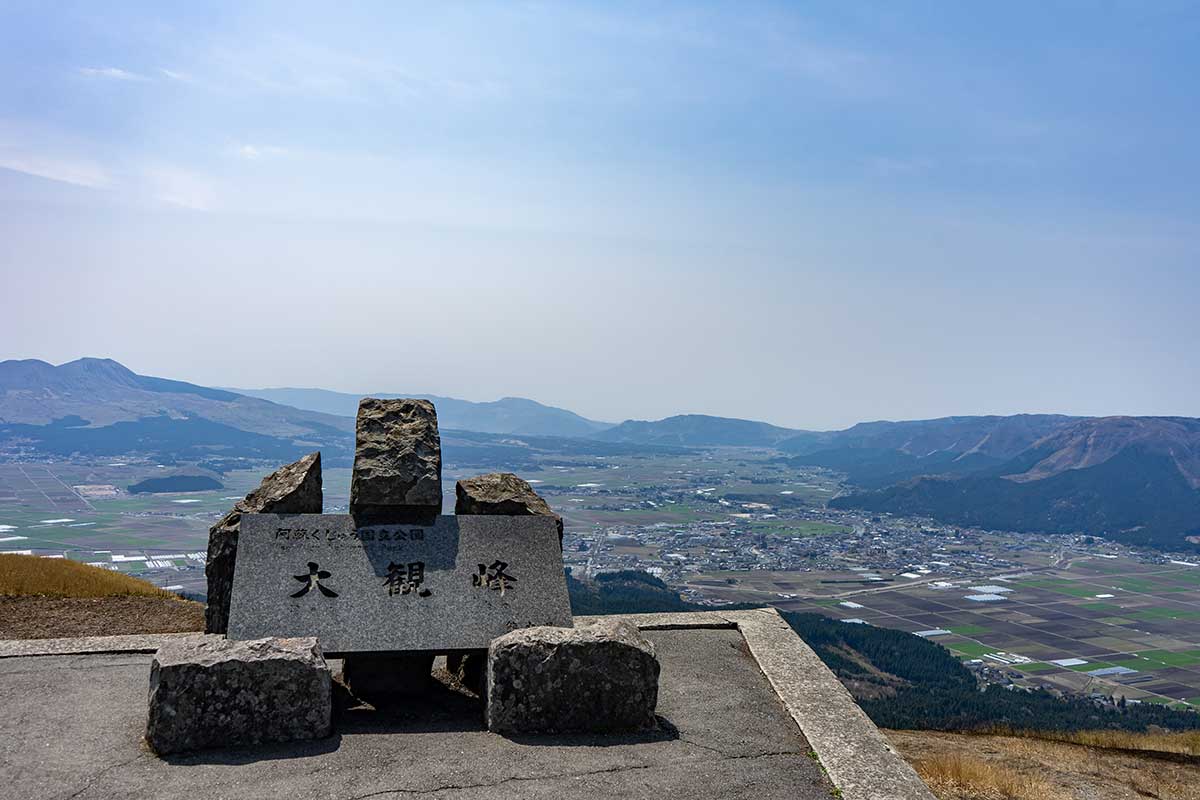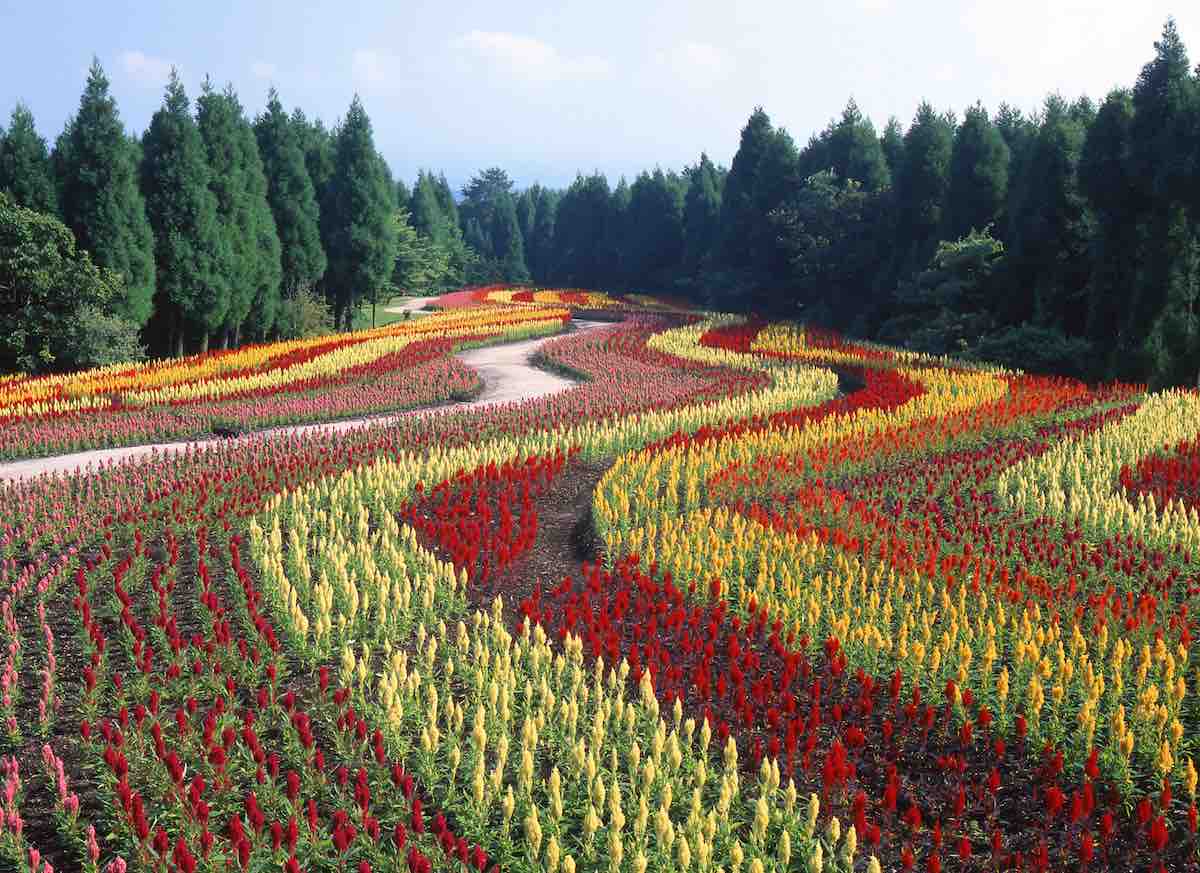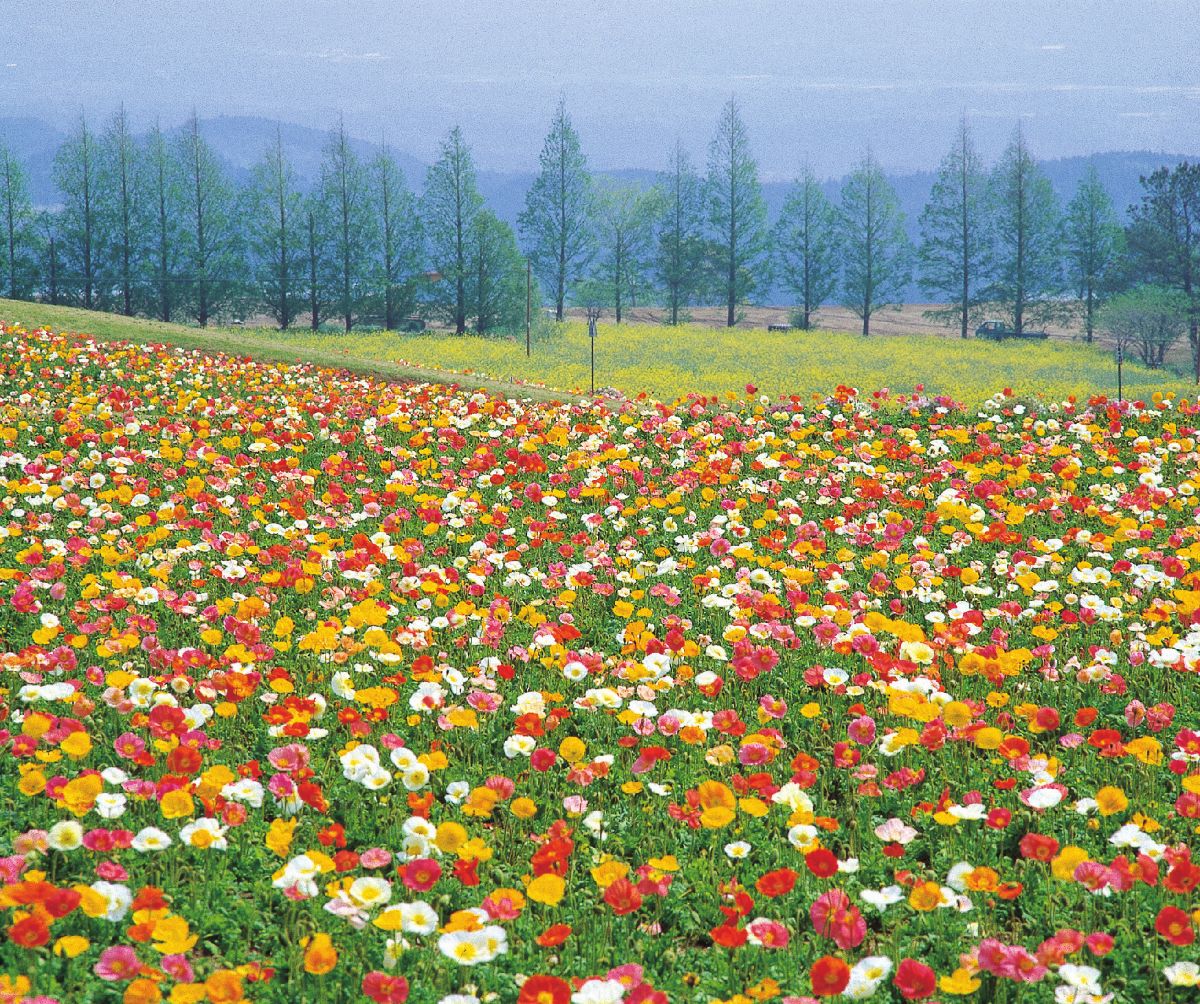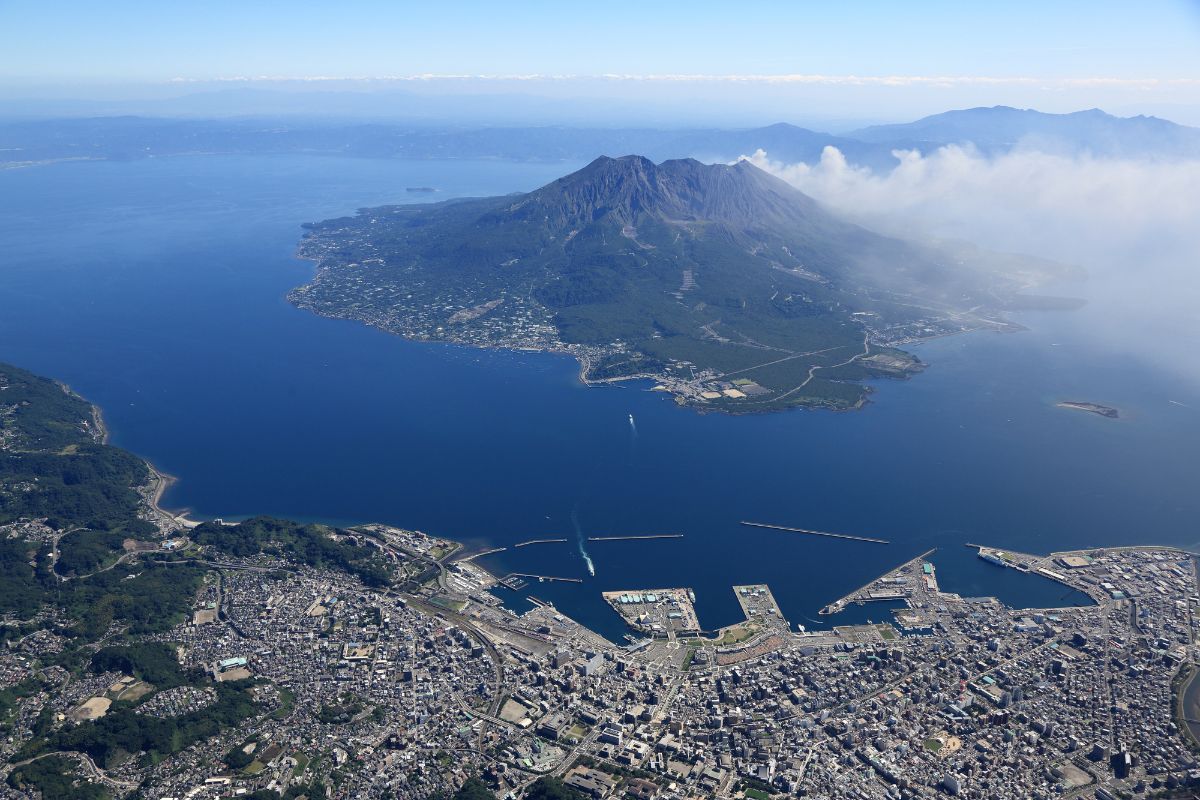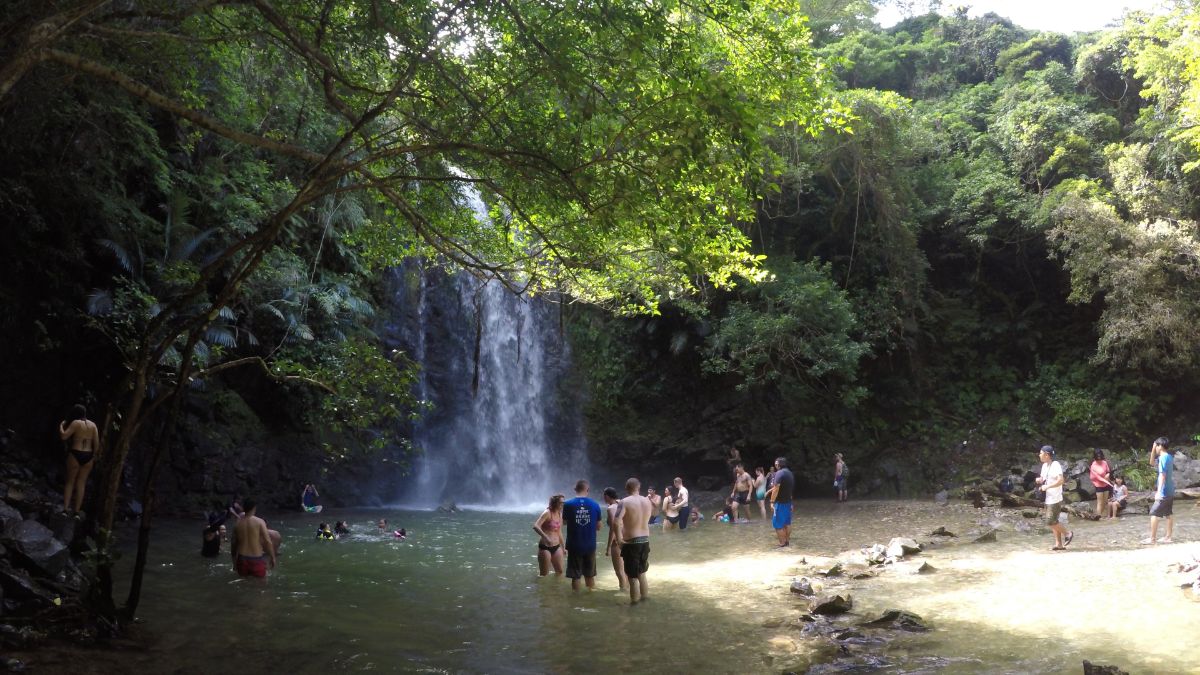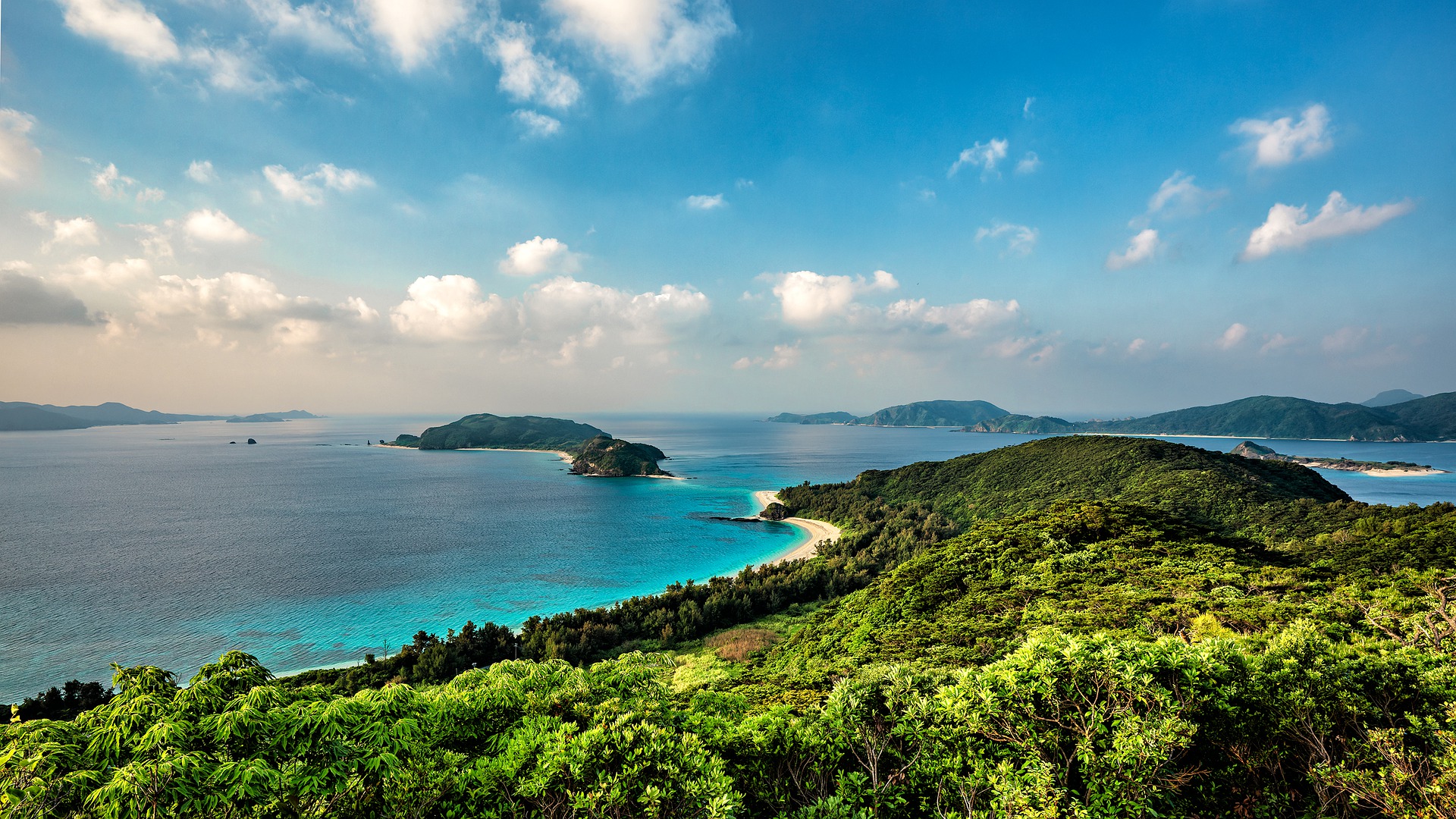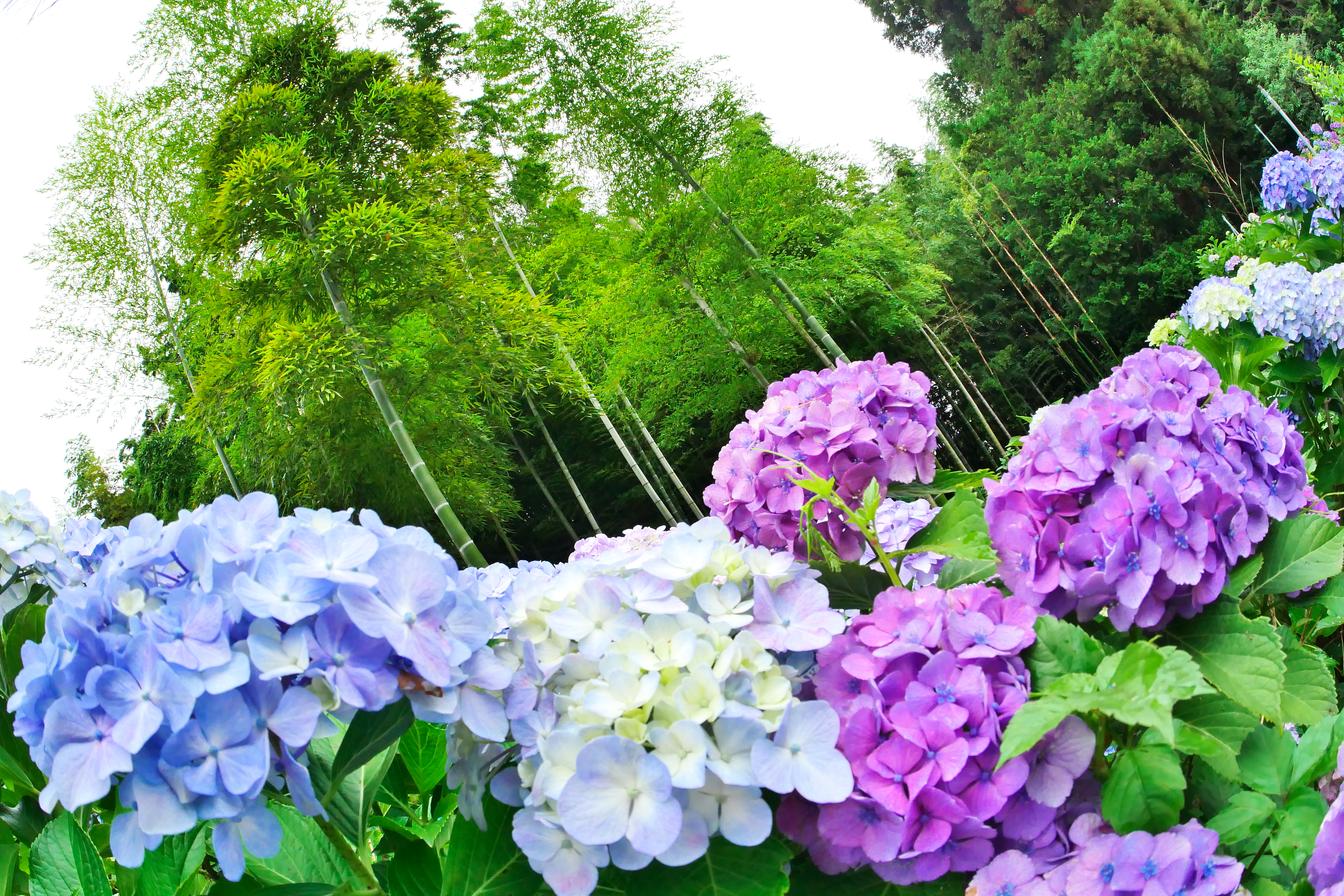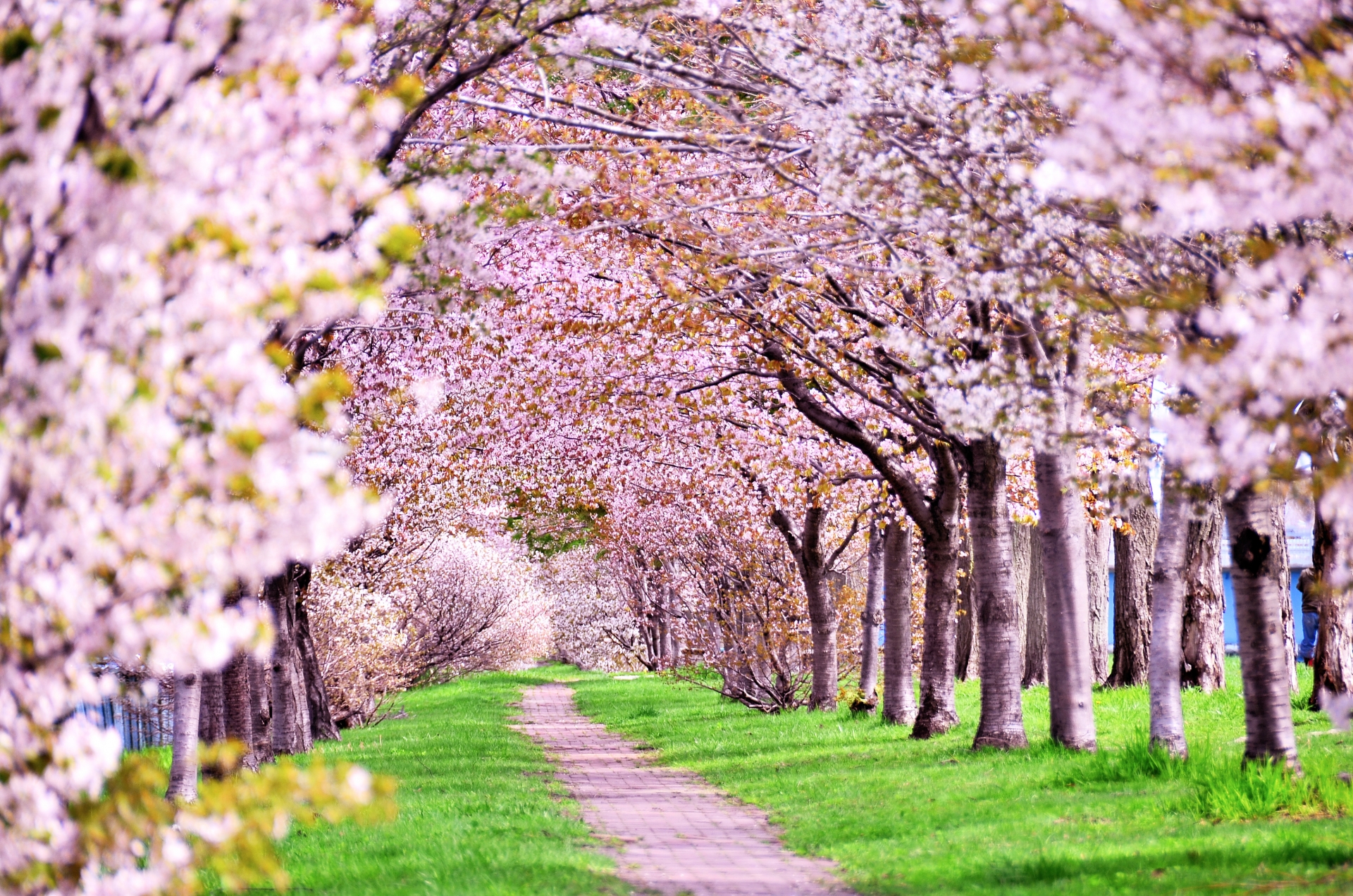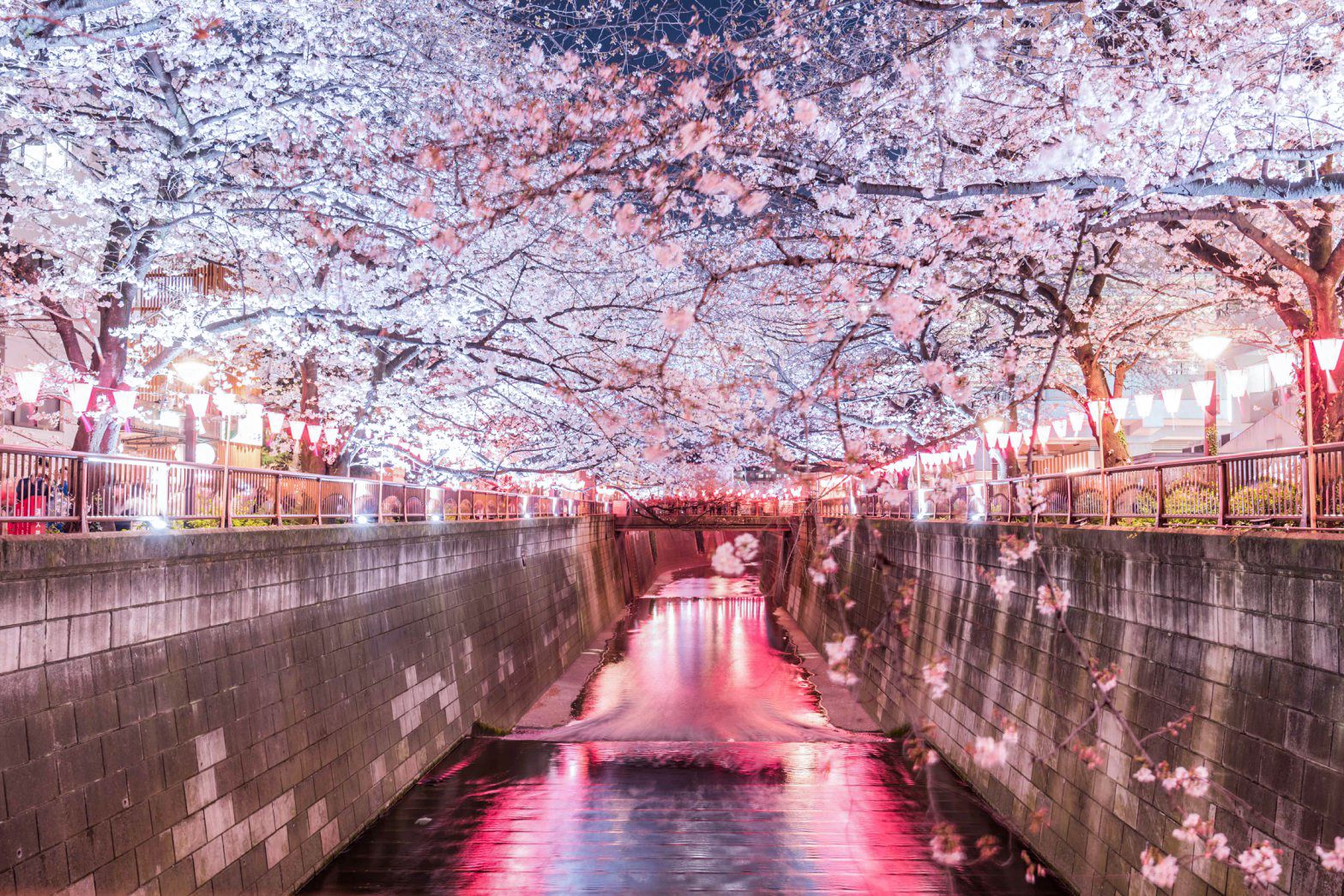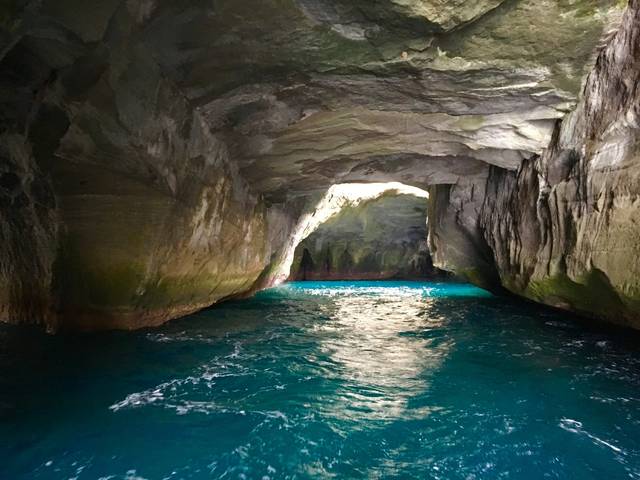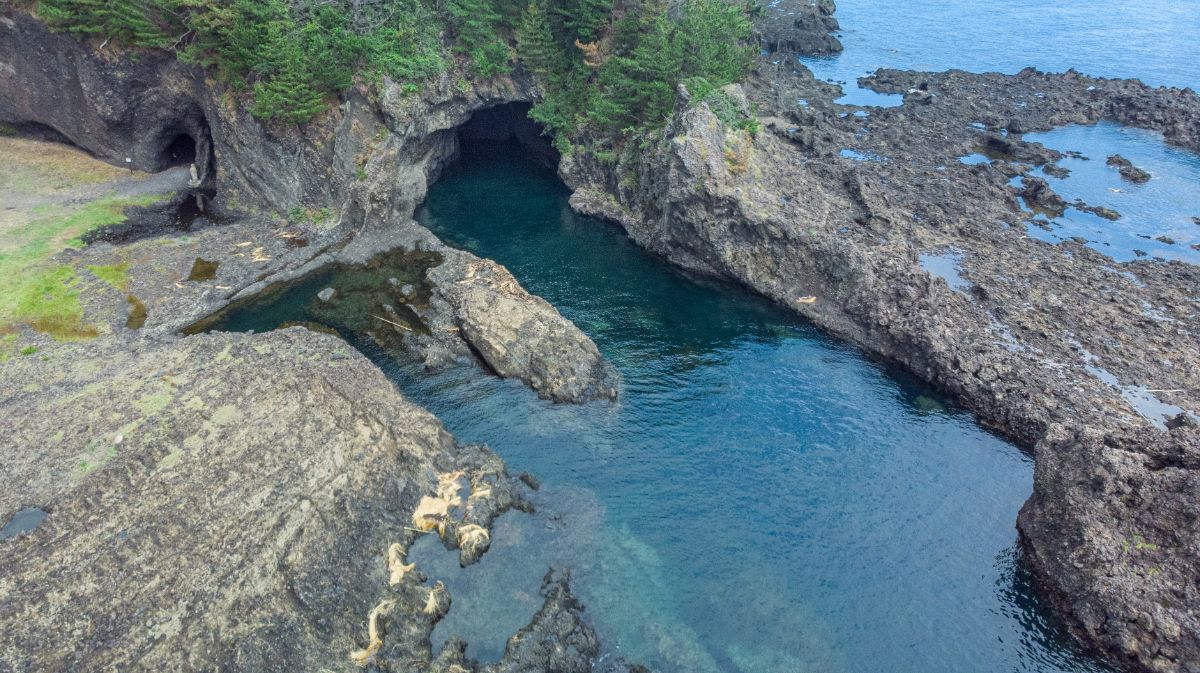Japan in High Altitudes! Mountains to Visit in Each of the 47 Prefectures
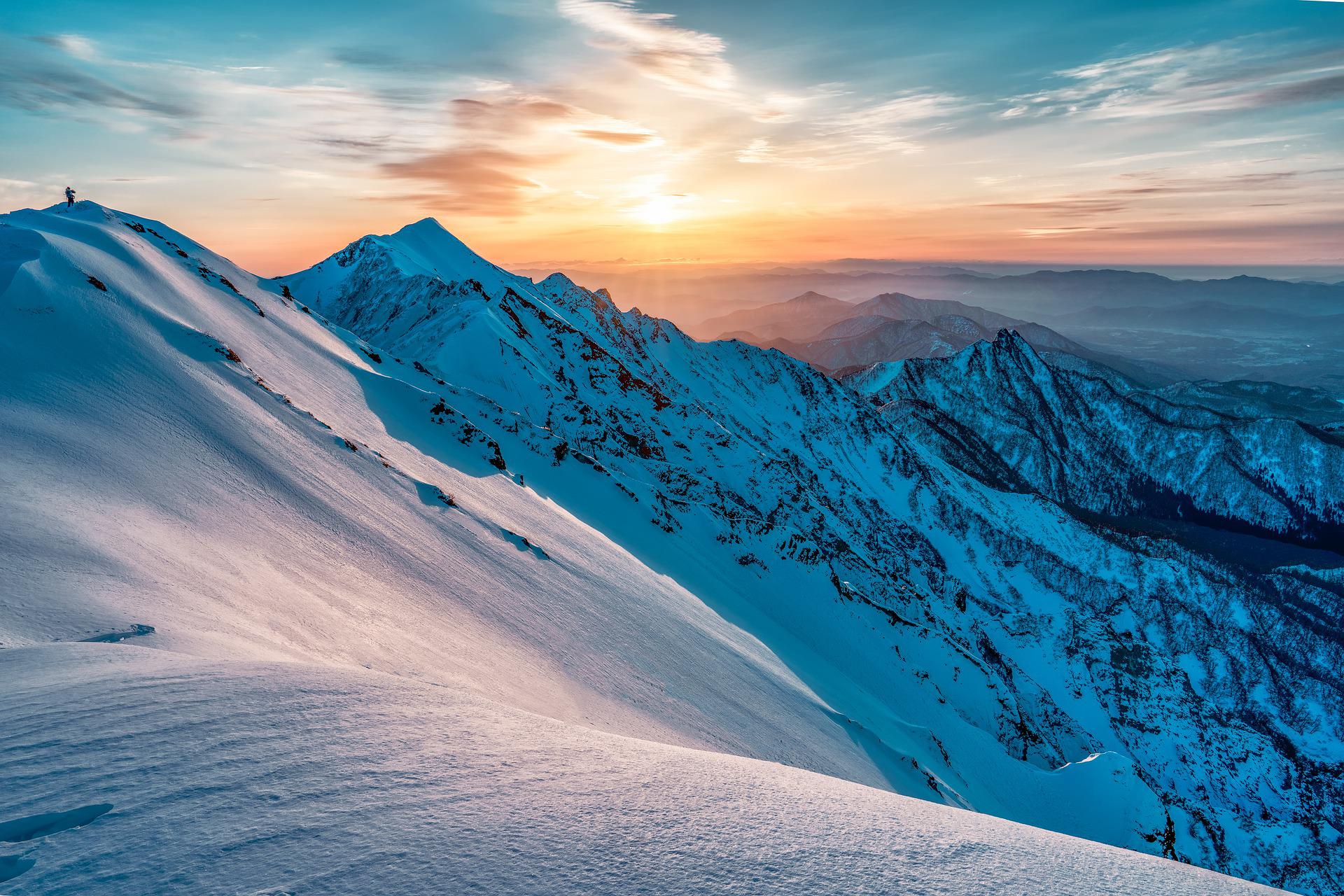
Mountains, valleys, plateaus, and beautiful scenery!
Japan is located directly on a fault line, so while that means lots of earthquakes, it also means that virtually the entire country is made up of mountains (and volcanoes, of course). There are hundreds and hundreds of mountains in Japan, so it can be tough to decide where to visit first. To help you start planning your hiking/camping/scenery-viewing trip, we’ve compiled a list of the best places in each of Japan’s 47 prefectures to explore nature in high altitudes.
Hokkaido Region
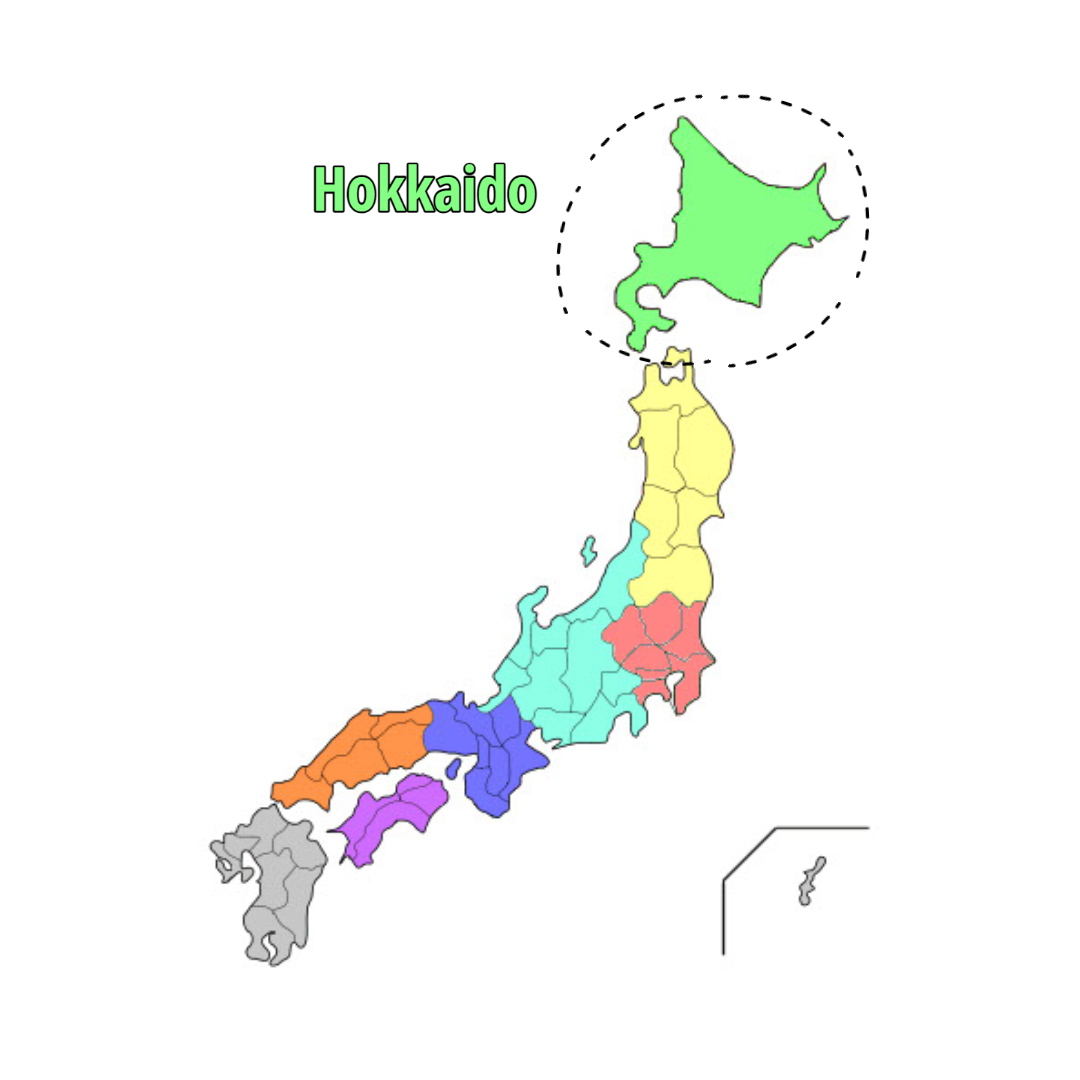
Hokkaido Prefecture
Mt. Asahidake
One of the 100 Famous Japanese Mountains, Mt. Asahidake is the highest peak in Hokkaido. Visitors can enjoy a beautiful, panoramic view from the Asahidake Ropeway, as well as skiing, trekking, cycling, kayaking, and many more activities.
Hokkaido's highest peak, Mt. Asahidake, has an elevation of 2,291 meters and has been elected as ...
Tohoku Region
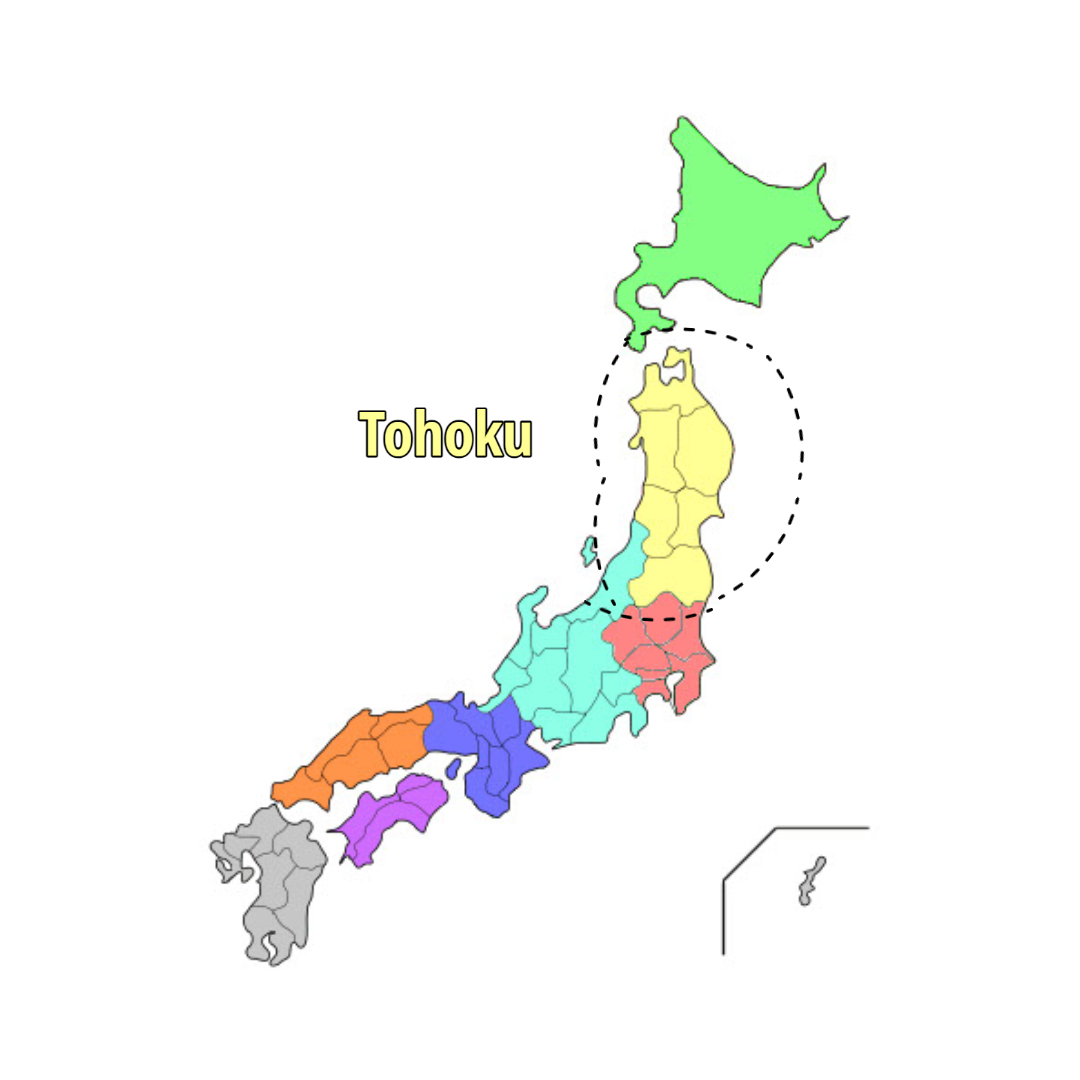
Aomori Prefecture
Hakkoda Mountains
The Hakkoda Mountains are a series of volcanic peaks stretching between Aomori City and Lake Towada. They are famous for their hiking trains, ski resorts, and hot springs, and this is also one of the few places in the world where visitors can experience a natural phenomenon called “snow monsters.”
The Hakkoda Mountains, located in Aomori prefecture, are comprised of a string of volcanic peaks ...
The Hakkoda Ropeway in Aomori Prefecture boasts beautiful scenery all year round. From high up in...
Iwate Prefecture
Hachimantai Mikaeri Pass
At 1,541 meters, Hachimantai Mikaeri Pass is the highest point of the Hachimantai Aspite Line, which is located in the Towada-Hachimantai National Park. There is an observation deck at the summit from which visitors can enjoy a beautiful view of Mt. Iwatesan and its surroundings.
The Hachimantai Mikaeri Pass is a scenic viewing spot on the Hachimantai Aspite Line, a mountain ...
Miyagi Prefecture
Mt. Zao
While commonly referred to as Mt. Zao, this area is actually a cluster of stratovolcanoes that stretches along the border of Miyagi and Yamagata. It is listed as one of the 100 Famous Japanese Mountains, and there are a number of famous onsen hot springs nearby. Zao Okama Crater, a volcanic crater lake, is also a popular destination, and many people visit to see a natural phenomenon in winter called “snow monsters.”
Mt. Zao is a famous cluster of stratovolcanoes that extends across Yamagata and Miyagi prefecture...
Located in Miyagi prefecture, Zao Okama Crater is aptly named for its appearance of a traditional...
Yamagata Prefecture
Mt. Chokai
Mt. Chokai is a free-standing mountain and also the tallest peak in the Tohoku region. While reaching the summit requires a difficult climb, there are easier hiking trails on which more casual trekkers can still enjoy the beautiful autumn foliage covering the mountain and surrounding Lake Chokai.
Mt. Chokai is not only an active volcano, it is also a somewhat rare free-standing mountain and t...
Akita Prefecture
Mt. Moriyoshi
A popular place for skiing in winter, Mt. Moriyoshi is also equipped with a gondola that visitors can use all year round. While many people use the gondola to access hiking trails in the warmer months, perhaps the biggest draw of the mountain is the collection of “snow monsters” that can be seen at a spot just a few minutes’ walk from the mountaintop gondola station.
Mt. Moriyoshi in Kitaakita City is one of only three places in Japan where a natural phenomenon c...
Fukushima Prefecture
Mt. Futamata
Located in the northern part of the Nasu Mountain Range, Mt. Futamata sports two separate peaks. The summit is known for being covered in a beautiful carpet of rhododendrons, and it also sports a view of the surrounding highlands, lakes, and other natural scenery.
Located on the border of Ten'ei-mura and Shimogo-machi of Fukushima Prefecture, Mt. Futamata is a...
Kanto Region
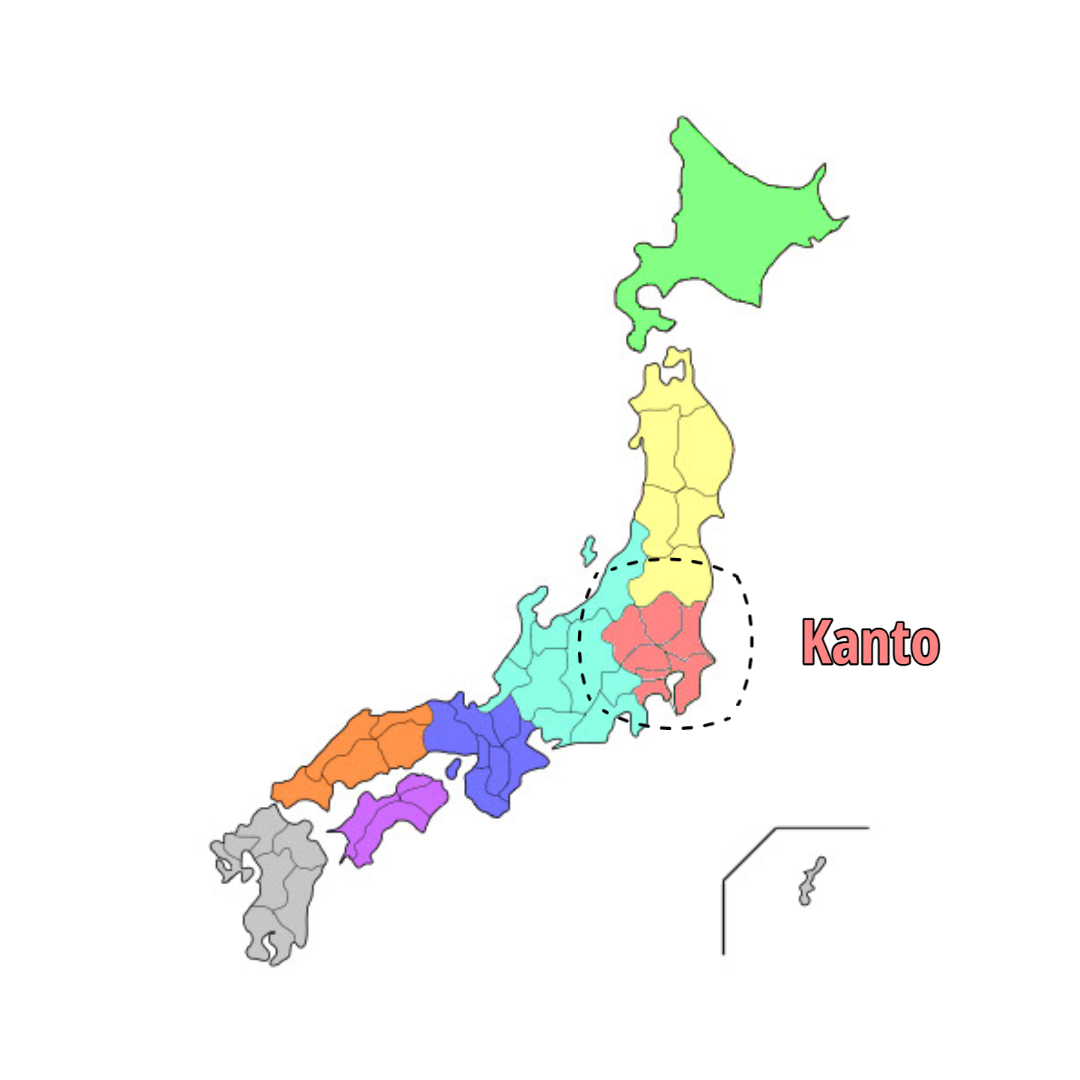
Ibaraki Prefecture
Mt. Tsukuba
A popular hiking spot, Mt. Tsukuba is also known as the Purple Peak due to the purple glow on the surface of the mountain from the morning and evening sun. There are a number of different hiking trails that vary in length and difficulty, and they each boast their own unique views and characteristics.
Mt. Tsukuba, standing at 877 meters (2,877 feet) tall, is a popular hiking spot in Ibaraki Prefec...
Tochigi Prefecture
Mt. Nantai
Located within Nikko Natural Park, Mt. Nantai is known for its lush greenery and iridescent lake. The trek to the summit takes around four hours, and many visitors opt to take the trail that passes Futarasan Jinja Shrine, which boasts a stepped route and scenic statues.
Mt. Nantai is located within the Nikko Natural Park in Tochigi Prefecture. Devoid of any driving ...
Gunma Prefecture
Mt. Kusatsu Shirane
Mt. Kusatsu Shirane is an active volcano in the Kusatsu region known for its three crater lakes, the largest one a brilliant shade of blue-green. While the mountain is one of the most famous of the region and a popular hiking spot, entry to the mountain can be restricted depending on the volcanic activity.
Mt. Kusatsu Shirane is an active volcano in the Kusatsu region known for its three crater lakes, ...
Saitama Prefecture
Mt. Minoyama
Mt. Minoyama is a free-standing mountain in Saitama Prefecture and a popular hiking spot and day-trip destination from Tokyo. National Park Minoyama Koen Park sprawls across the mountain and summit, famous for its cherry blossoms, hydrangeas, and azaleas.
Minoyama Koen Park is a National Park that sprawls across Mt. Minoyama of Saitama Prefecture. It ...
Chiba Prefecture
Mt. Daifuku
Sporting an observation deck at the summit, Mt. Daifuku offers a spectacular view of the surrounding mountains of Chiba Prefecture. The mountain is home to a number of precious plant life, and there is also a shrine located at the summit.
At 285 meters, Mt. Daifuku is the tallest mountain in Ichihara City, Chiba Prefecture. A variety ...
Tokyo Metropolis
Tokyo is a giant urban metropolis completely filled with skyscrapers and concrete, right? Wrong! Tokyo actually encompasses much more than just the urban city center, and there are several mountains and lots of nature and hiking paths just a short train ride away.
Mt. Takao
Mt. Takao is located just a short train ride from central Tokyo, and it is an excellent day-trip ...
Mt. Mitakesan
Mt. Mitakesan in Okutama, Tokyo, has been worshiped as sacred since long ago, and it is also know...
Mt. Mito
Mt. Mito stands at 1,531 meters high and is located in the outskirts of western Tokyo. Mt. Mito i...
Kanagawa Prefecture
Mt. Oyama
Believed to be the home of ancient deities, Mt. Oyama is considered sacred and has been designated by the Agency for Cultural Affairs as a Japan Heritage Site. The mountain is located within the Tanzawa-Oyama Quasi-National Park, and it houses both the Oyama-Afuri Jinja Shrine and Oyama-dera Temple.
Mt. Oyama, with an altitude of 1,252 meters, is located in the center of Kanagawa Prefecture. Wit...
Chubu Region
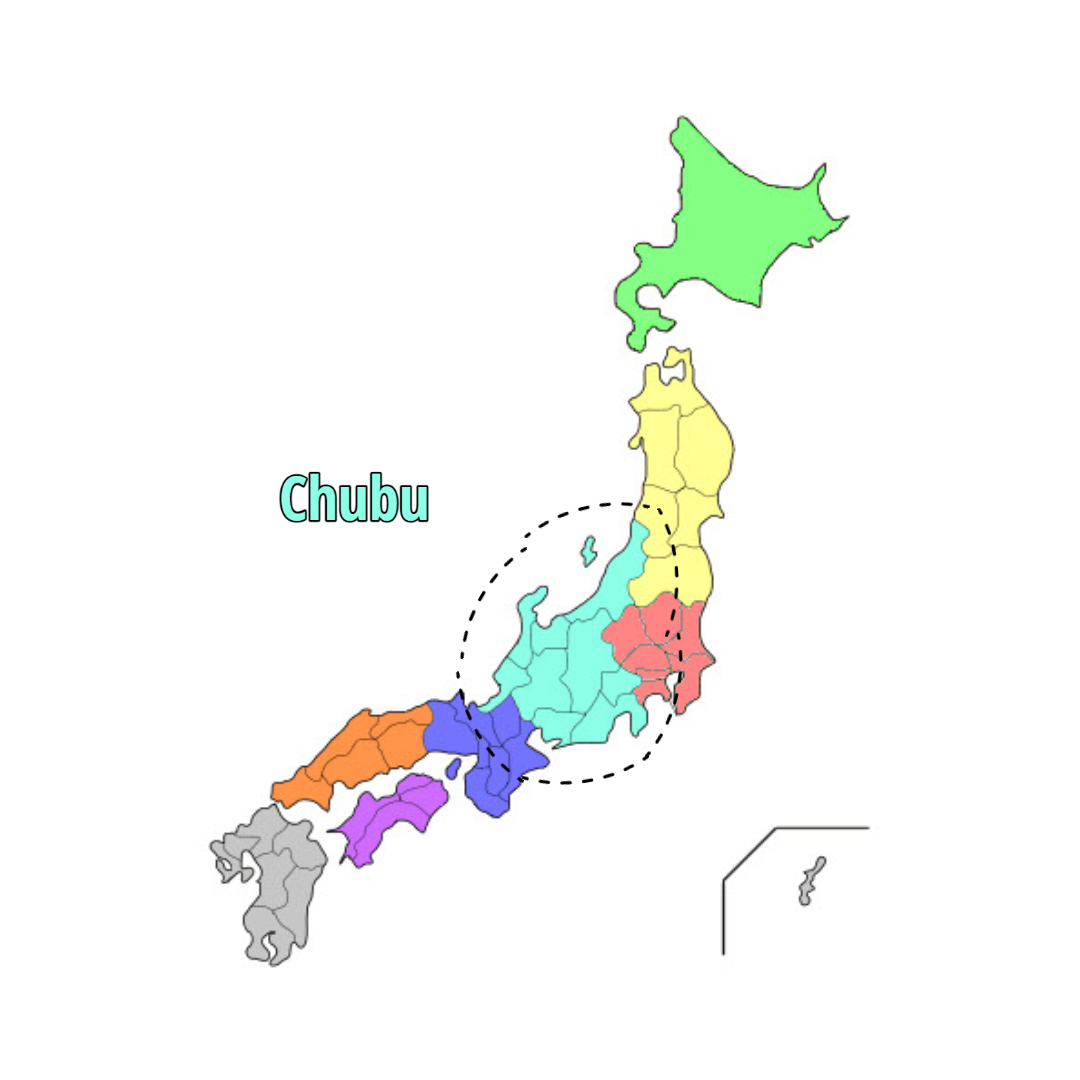
Niigata Prefecture
Mt. Hakkai
Mt. Hakkai is popular with locals and tourists alike all year round, with hiking and trekking in summer and skiing in winter. The autumn foliage always draws a big crowd, and those who don’t care to hike can opt to take the ropeway up the mountain instead.
Mt. Hakkai is located in the Minami Uonuma region of Niigata Prefecture, and its highest point, N...
Toyama Prefecture
Mt. Tateyama
Mt. Tateyama, along with Mt. Fuji and Mt. Hakusan, is known as one of Japan’s Three Holy Mountains, and it is the tallest mountain in the Tateyama Mountain Range. The Tateyama Kurobe Alpine Route that connects Tateyama and Kurobe is a particularly popular way to explore the area—in winter, the route’s “great snow walls” can reach up to 20 meters in height, and the Tateyama Ropeway that lies along the route is a wonderful way to enjoy the sights all year round.
The Tateyama Kurobe Alpine Route in Toyama Prefecture stretches 90 kilometers from Tateyama to Ku...
The Tateyama Ropeway in Toyama Prefecture is one leg of the Tateyama Kurobe Alpine Route. A popul...
Ishikawa Prefecture
Mt. Hakusan
Mt. Hakusan lies on the border of Ishikawa and Gifu, and it has been designated as one of Japan’s Three Holy Mountains. The mountain is actually a dormant volcano, and therefore known for its hot springs. The Hakusan National Park spans across the mountain and to the borders of the neighboring prefectures, and some of the park has also been designated as a UNESCO Man and the Biosphere Reserve.
The Genpeibashi Bridge is a viewing point for Mt. Hakusan. From here, visitors can enjoy the beau...
Fukui Prefecture
Mt. Asuwa
Standing at only 116 meters in height, Mt. Asuwa is a small but lovely mountain. What it lacks in elevation it makes up for with plenty of flowers, including cherry blossoms and hydrangeas, as well as hiking trails and a beautiful view of Fukui City.
Standing at only 116 meters, Mt. Asuwa of Fukui Prefecture is small in stature, but still a lovel...
Yamanashi Prefecture
Mt. Fuji
A list of mountains in Japan would not be complete without the symbol of the country, Mt. Fuji. Mt. Fuji actually spans across the border of Yamanashi and Shizuoka prefectures, and it is the tallest mountain in the country. It is one of Japan’s Three Holy Mountains, and it has also been registered as a UNESCO World Cultural Heritage Site. Mt. Fuji remains an important symbol of culture, religion, and faith in Japan, and there are shrines located all around and on the mountain. It’s also considered somewhat of a rite of passage to make the climb to the summit, and many people try to time their arrival to see the sunrise from the top. The view is stunning and unlike no other, but don’t be fooled—it is a difficult trek, and hikers should make sure to prepare accordingly.
Mt. Fuji is not only the tallest mountain in Japan, but it is also considered sacred, and that in...
Shizuoka Prefecture
Mt. Omuro
Standing at 580 meters tall, Mt. Omuro is a cinder cone volcano in Ito, Shizuoka. It is part of the Fuji-Hakone-Izu National Park, and it is also designated as a National Natural Monument. Due to its steep slopes, hiking is not allowed on the mountain, but visitors are welcome to take a ski-style chair lift up to the volcanic crater at the top where there are shops, an archery range, and (of course) beautiful views of the surrounding landscape.
Mt. Omuro in Shizuoka Prefecture is a long-extinct cinder cone volcano that sports a conical shap...
Nagano Prefecture
Ougatou Summit
At an elevation of 2034 meters, Ougatou Summit is the highest point of the Utsukushigahara Kogen Highlands. From here, visitors will have an unobstructed, 360-degree view of the vast plateau as well as a whopping 41 of the 100 Famous Japanese Mountains. Visitors are welcome throughout the year, but in winter you might be able to catch sight of a few rare natural phenomena such as rime ice, diamond dust, and sun pillars.
Ougatou Summit is located just north of central Nagano Prefecture, close to the center of Honshu....
Gifu Prefecture
Mt. Kinka
Previously called Mt. Inaba, Mt. Kinka lies at the center of Gifu City. It is not the tallest mountain in the city, but it is the most famous, housing Gifu Castle at its summit. There are four trails leading to the top for those wanting to hike the mountain, but there is also a ropeway that reaches the peak in only five minutes. In addition to the castle, the mountain also sports an archives museum, an observation deck and restaurant, and the Mt. Kinka Squirrel Village.
The Mt. Kinka Ropeway in Gifu Prefecture connects Gifu Koen Park with Mt. Kinkazan. A ride of jus...
Aichi Prefecture
Mt. Chausuyama
Standing on the border between Aichi and Nagano prefectures, Mt. Chausuyama is the tallest peak in Aichi. The mountain lies within the Tenryu-Okumikawa Quasi-National Park, and it is popular for its skiing in winter and shockingly pink moss phlox in warmer months.
At an elevation of 1,415 meters, Mt. Chausuyama is the tallest mountain in Aichi Prefecture. The ...
Kansai Region
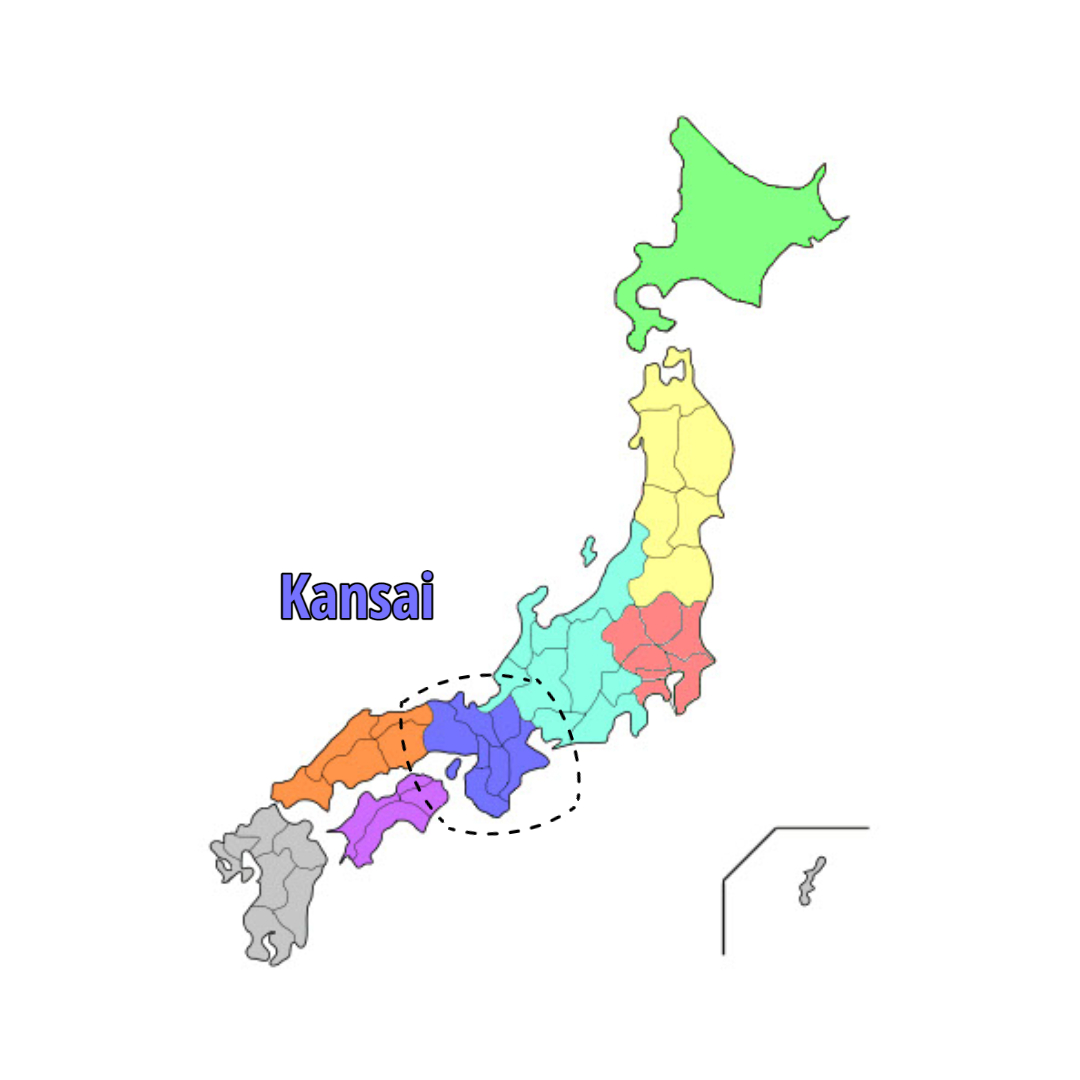
Mie Prefecture
Mt. Yokoyama
Located within the Ise-Shima National Park, Mt. Yokoyama of Shima City is most famous for its large-scale observation deck. From atop, visitors will have an unobstructed view of the Ago Bay and its 60+ islands and pearl boats. The deck is accessible by car, bike, or on foot, and it is outfitted with plenty of seats and a café offering refreshments.
One of the most famous viewpoints in western Japan, the Yokoyama Observation Deck lies atop Mt. Y...
Shiga Prefecture
Mt. Hakodateyama
Mt. Hakodateyama is known for its fresh produce and hiking in spring through fall and its skiing in winter. The Hakodateyama Ski Resort is popular not only for its large amounts of high-quality snow, but also the variety of levels of courses. The mountain also offers a stunning view of Lake Biwa, the largest lake in Japan. A gondola ride will take visitors up to an elevation of 630 meters where they can gaze out at the rice fields and city below, the lake, and even as far as Mt. Ibukiyama.
Biwako Hakodateyama is a resort park on Mt. Hakodateyama in Takashima City, Shiga Prefecture. Aft...
Kyoto Prefecture
Kyoto, the ancient capital of Japan, is known for its temples and shrines, but did you know that many of them are actually located on mountains? Mountains are often believed to house deities in Japan, leading to the construction of shrines and temples to worship them.
Fushimi Inari Taisha Shrine is one of the most famous shrines in the country, with its thousands of red torii gates covering Mt. Inari. Kuramadera Temple sprawls across Mt. Kurama, and visitors can choose to hike up the mountain and its many stairs or take a cable car. Mt. Arashiyama sports Okochi Sanso Teien Garden, a traditional Japanese strolling garden famous for its cherry blossom and maple trees as well as its view of Mt. Hieizan and the Kyoto cityscape.
Mt. Inari
Fushimi Inari Taisha Shrine is arguably the most famous Shinto shrine in Japan, known for its tho...
Mt. Kurama
Kuramadera Temple is a Buddhist temple located in the mountainous Kurama region in the northern p...
Mt. Arashiyama & Mt. Hieizan
Okochi Sanso Teien Garden is a large-scale Japanese-style strolling garden near Mt. Arashiyama in...
Osaka Prefecture
Mt. Katsuoji Minamiyama
Mt. Katsuoji Minamiyama is a quiet mountain in the northern part of Osaka Prefecture. Known for its cherry blossoms in spring and colorful foliage in autumn, it’s a popular spot for aspiring photographers. The mountain is also home to Katsuoji Temple, which worshippers will visit to pray for victory, success, and good fortune.
Katsuoji Temple is located in the hills of Minoh City, north of Osaka. It is a scenic spot surrou...
Hyogo Prefecture
Mt. Maya
Mt. Maya is a symbol of Kobe City, and the nightscape that can be seen from Kikuseidai, a spot near the top, is known as one of the Three Major Night Views of Japan, also known as a “10-billion-dollar nightscape.” The hike to the summit is not too difficult, so even beginners can enjoy nature during their climb, but there is also a railway and cable car called the Maya View Line for those wishing for a more laid-back trip.
Mt. Mayasan is one of the mountains in the Mount Rokko range, a symbol of Kobe, and a popular day...
Nara Prefecture
Mt. Yoshino
Designated alongside Mt. Fuji as a UNESCO World Heritage Site, Mt. Yoshino is particularly famous for its cherry blossoms. Over 30,000 cherry trees cover the mountain, and in spring the blossoms dye the entire mountainside pink. There are also a number of temples and shrines dotting the area.
Designated as a UNESCO World Heritage Site, Mt. Yoshino of Nara Prefecture is one of Japan’s most...
Wakayama Prefecture
Mt. Koyasan
Located within the Koya-Ryujin Quasi-National Park, the entirety of Mt. Koyasan is considered sacred. Known as the Issan Temple Grounds, it boasts a total of 117 temple buildings including Kongobuji Temple, the head of Shingon Buddhism. The mountain is also home to a museum, mausoleum, and other monuments, and it is a popular site for both recreational hiking and pilgrimages.
Mt. Koyasan, located within the Koya-Ryujin Quasi-National Park, is one of the most sacred places...
Chugoku Region
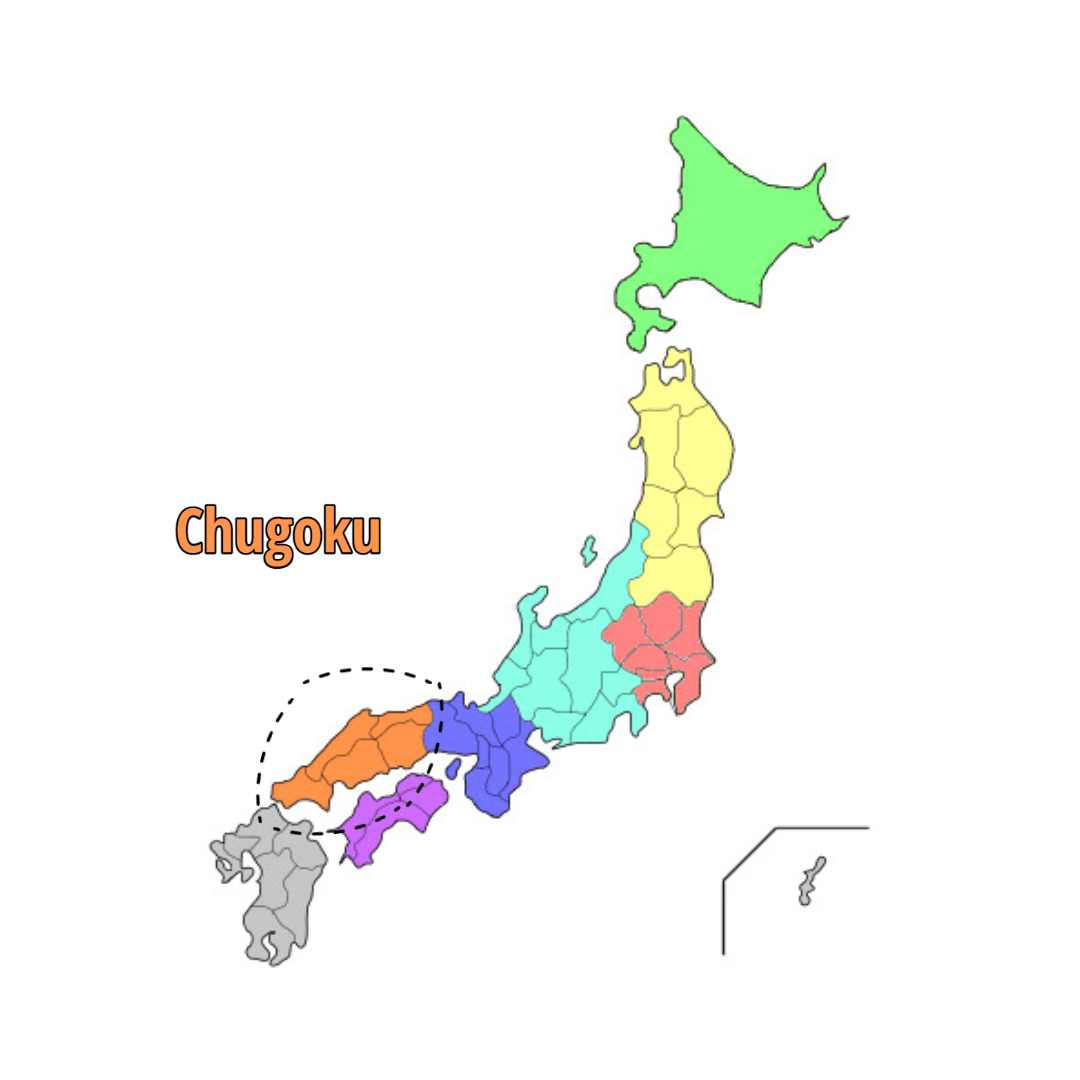
Tottori Prefecture
Mt. Daisen
A popular location for nature observation and forest bathing, Mt. Daisen is popular among hikers in summer and skiers in winter. The summit offers a 360-degree view of the Sea of Japan, Yumigahama Peninsula, and Nakaumi Sea, and the paths to the top sport beech forests and untouched nature.
Mt. Daisen is located inside Daisen-Oki National Park in Tottori Prefecture. Each year on the fir...
Shimane Prefecture
Mt. Takuhiyama
Mt. Takuhiyama is located on Nishinoshima Island of Shimane Prefecture, which requires a ferry ride from the mainland to reach. The mountain trails are steep, but from the summit visitors will be able to gaze out at a view of the sea and townscape. Partway up the mountain is Takuhi Jinja Shrine, which was built into a hollowed-out rock wall and is surrounded by ancient cedar trees.
Located halfway up Mt. Takuhiyama on Nishinoshima Island, Takuhi Jinja Shrine has been a place to...
Okayama Prefecture
Mt. Washuzan
Mt. Washuzan is a small mountain located on the coast of the Seto Inland Sea, but it is famous for its view of the Great Seto Bridge and surrounding islands. In fact, the view after dark has been selected as one of the 100 Best Night Views of Japan, and the walk from the observation platform to the summit only takes around 30 minutes.
Mt. Washuzan of Kurashiki City, Okayama Prefecture, is a small mountain famous for its beautiful ...
Hiroshima Prefecture
Mt. Misen
While Miyajima Island of Hiroshima is most famous for the floating torii gate of Itsukushima Jinja Shrine, it is also a mountain covered in lush greenery. Complete with walking paths as well as a network of ropeways, visitors who reach the summit will be rewarded with a stunning view of the mountain’s forest and the Seto Inland Sea
Standing at over 1755 feet (535 meters) above sea level, Mt. Misen is the highest peak on Miyajim...
Leading up to the highest peak of Miyajima Island, the Miyajima Ropeway will give travelers a uni...
Yamaguchi Prefecture
Mt. Hinoyama
Located inside the Setonaikai National Park, Mt. Hinoyama is not a large mountain, but it does boast some of the most beautiful scenery in Yamaguchi Prefecture. Hinoyama Koen Park sprawls across the summit, and it is known for its extensive tulip garden as well as a panoramic view of the Seto Inland Sea, the Kanmon Straits, and even as far as the Sea of Japan. In fact, the view from here after dark has been chosen as one of Japan’s Night View Heritage Sites.
The Hinoyama Koen Park Turkish Tulip Garden in Yamaguchi Prefecture is a highlight for flower lov...
Shikoku Region
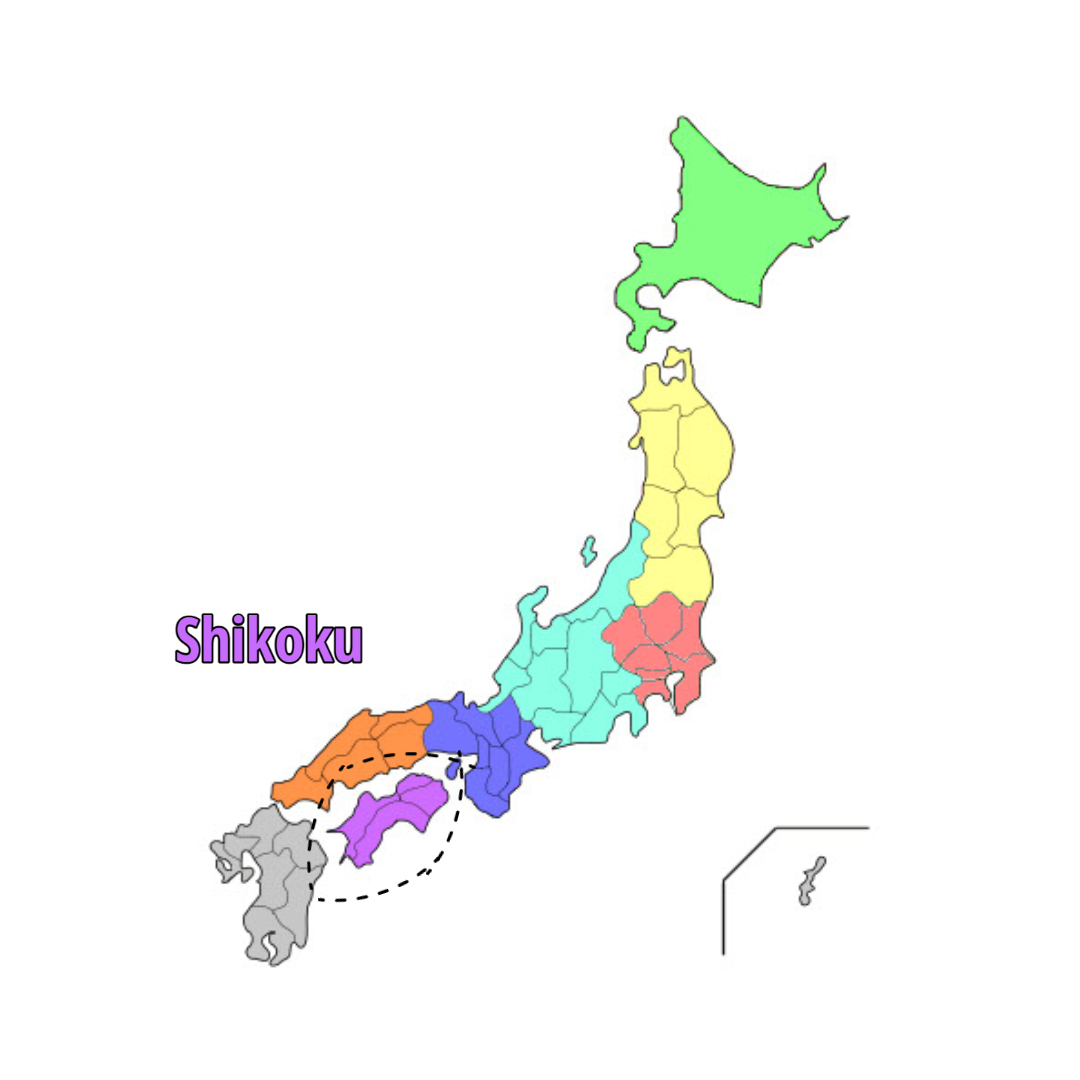
Tokushima Prefecture
Mt. Tsurugi
Mt. Tsurugi is the tallest peak in Tokushima Prefecture, and it offers beautiful views of the surrounding hills. It is a popular hiking spot and a relatively easy climb; the entire mountain can be climbed in about two hours, or there is a chairlift visitors can use for a more leisurely trek.
Standing at 1,955 meters tall, Mt. Tsurugi is the tallest mountain in Tokushima Prefecture and th...
Kagawa Prefecture
Mt. Inazumi
Mt. Inazumi is located right on the coast, overlooking Kanonji City and the Seto Inland Sea. It is known for housing the Takaya Jinja Shrine, which in turn boasts the highest torii gate in the Shikoku region. The torii gate with the view in the background makes for stunning photographs, making it a popular destination for tourists, especially in autumn when the leaves begin to change.
The highest <i>torii</i> gate in the Shikoku area, Takaya Jinja Shrine of Kagawa Prefecture boast...
Ehime Prefecture
Mt. Ishizuchi
Mt. Ishizuchi is the tallest mountain in Shikoku, and it has also been designated as one of the 100 Famous Japanese Mountains. It is also known as one of the Seven Holy Mountains, and is considered a major center of the Shugendo sect. The area surrounding the mountain is also a part of the Ishizuchi Quasi-National Park.
Located at the southern end of Oshima Island, Ehime Prefecture, Kirosan Tenbo Koen Park reaches a...
Kochi Prefecture
Mt. Godai
Famous for its cherry blossoms and azaleas, Mt. Godai is home to a total of around 3,000 varieties of seasonal plants. It is surrounded by the Zekkai Pond as well as the Kokubu and Shimoda rivers, so the view from the observation platform at the summit offers a nice combination of blue and green in addition to the cityscape.
Kochi Prefecture’s Mt. Godai gets it name from Mt. Wutai in China, the topography of which it res...
Kyushu & Okinawa Region
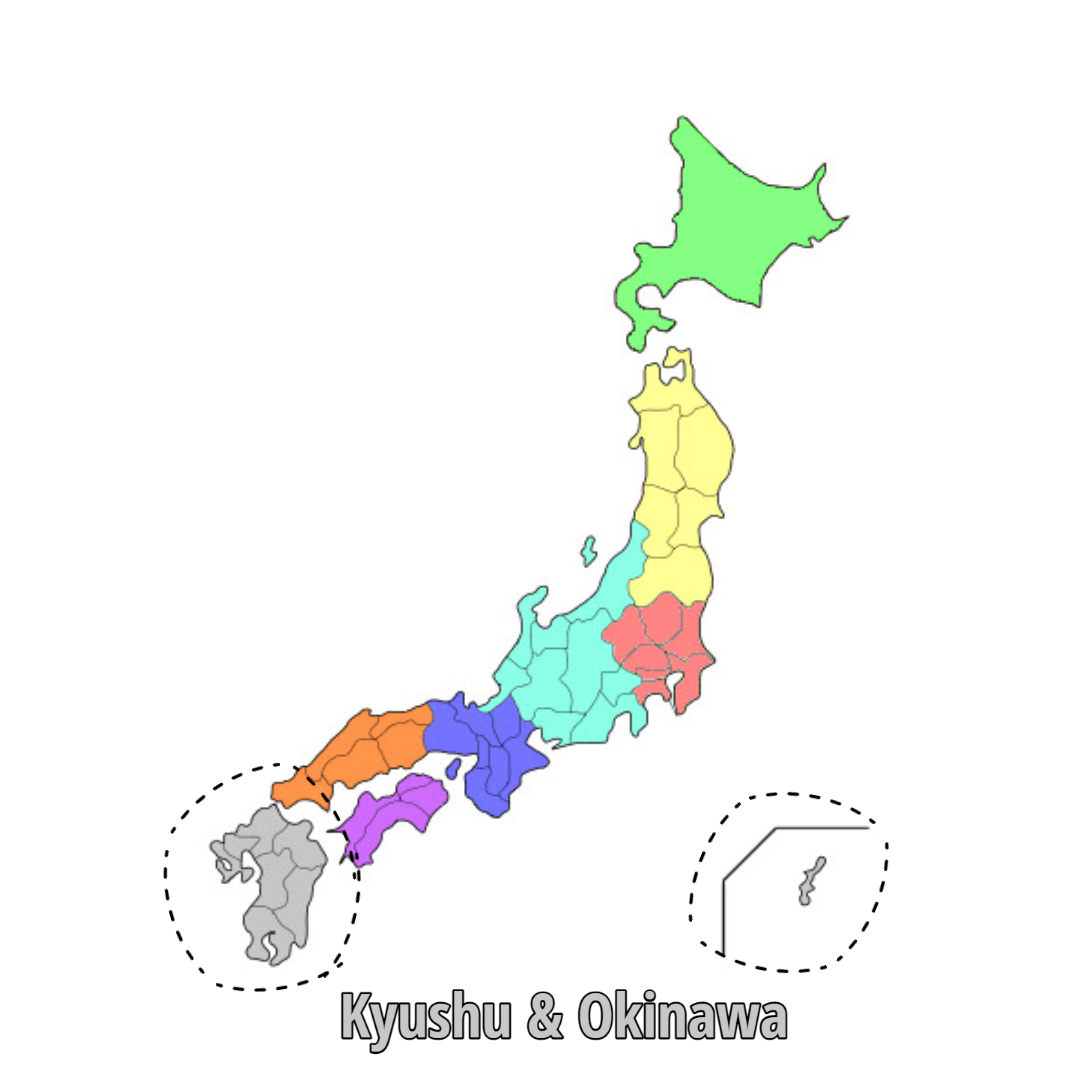
Fukuoka Prefecture
Mt. Sarakurayama
The summit of Mt. Sarakurayama is well-known as the best place to enjoy the nighttime cityscape of Kitakyushu City. In fact, it is recognized as one of Japan's New Top Three Nightscapes and known as a “10-billion-dollar nightscape.” The Sky Dome located at the summit includes an observation deck and restaurant, and it can be reached by cable car or hiking trails.
Mt. Sarakurayama is arguably the most popular place to enjoy nighttime scenery in Kitakyushu City...
Saga Prefecture
Mt. Mifuneyama
While not the most famous mountain in the country, Mt. Mifuneyama of Saga Prefecture is known for its unique shape and plethora of colorful flowers. A garden called Mifuneyama Rakuen spreads out along the base of the mountain, covering the ground in a carpet of azaleas and hydrangeas.
Mifuneyama Rakuen in Takeo City, Saga Prefecture, is a landscape garden at the base of Mt. Mifune...
Nagasaki Prefecture
Mt. Inasa
The view from the summit of Mt. Inasa is renowned not only in Japan, but throughout the entire world. In fact, the illuminated nighttime cityscape of Nagasaki viewed from the mountain’s observatory has been named one of the top three nightscapes in the world, and it is also recognized as one of Japan's New Top Three Nightscapes. A short hike will take visitors to the top, and the mountain is also outfitted with a ropeway.
Mt. Inasa in Nagasaki Prefecture is known for having one of the best night views in Japan. In fac...
Kumamoto Prefecture
Daikanbo Peak
At 936 meters, the summit of Daikanbo Peak offers a spectacular view of not only the surrounding town and rice paddies, but also Mt. Aso and the Kuju Mountain Range. The vibrant green of spring and summer makes for a beautiful landscape, but particularly popular among tourists is the sea of clouds that appears at times during autumn and winter.
Daikanbo Peak is a popular relaxation spot in Kumamoto Prefecture. At 936 meters, the summit of D...
Oita Prefecture
Kuju Mountain Range
The Kuju Mountain Range includes several volcanic bodies and multiple peaks, including the highest peak in Kyushu. It is part of the Aso-Kuju National Park, and has also been designated as one of the 100 Famous Japanese Mountains. The Kuju Mountains are also home to a number of other sights, including Kuju Flower Park, which boasts 220,000 square meters of flower gardens surrounded by the towering peaks.
The Kuju Flower Park is located within Aso Kuju National Park in Oita Prefecture. Across the roug...
Miyazaki Prefecture
Ikoma Kogen Plateau
The Ikoma Kogen Plateau extends all the way to the base of the Kirishima Mountains and boasts an altitude of 550 meters. The plateau is famous for its sprawling flower beds, namely cosmos in autumn, poppies in spring, and rose mallow and scarlet sage in summer.
The Ikoma Kogen Plateau, located in Kobayashi City, Miyazaki Prefecture, extends all the way to t...
Kagoshima Prefecture
Sakurajima Island
A symbol of Kagoshima Prefecture, Sakurajima Island is an active volcano that to this day constantly emits a stream of ash. There are three observatories on the island that offer scenic views and information on the volcano and lava flows. The island is accessible by ferry from the mainland, and its trails that cover the entire circumference make it a popular place for walking and cycling.
A volcanic island in Kagoshima Prefecture, Sakurajima Island is known as the symbol of the prefec...
Okinawa Prefecture
Mt. Tsuhayama
Okinawa Prefecture is mainly known for its beaches, but there are plenty of places to hike and enjoy greenery as well. Mt. Tsuhayama is located in the northern part of Okinawa Island, the largest island in the prefecture. While on the small side, the mountain boasts lush greenery and wildlife as well as rivers and waterfalls.
Flowing in the upper region of the Henangawa River is Tadaki Waterfall, a lovely set of falls wit...
Sponsored Links
Unmissable Tours
Expand your horizons by interacting with diversity. Take a look at guided tours on which you can connect personally with the guides and have truly extraordinary experiences.
Search
